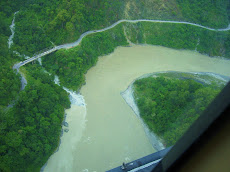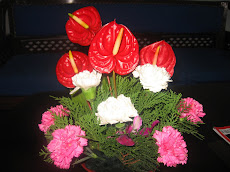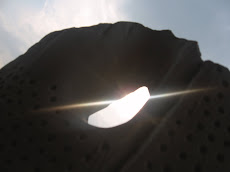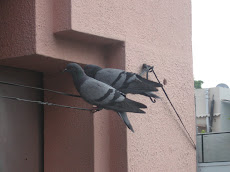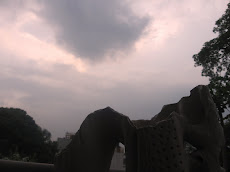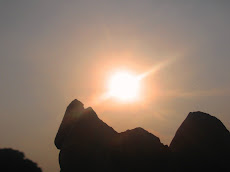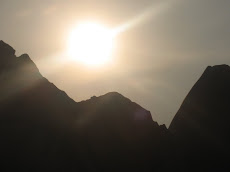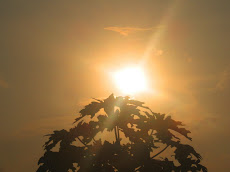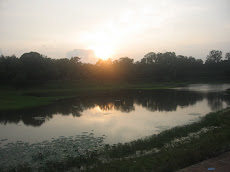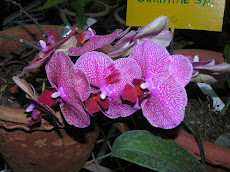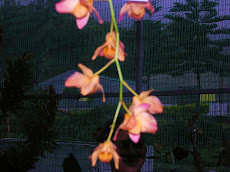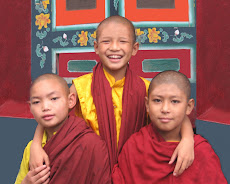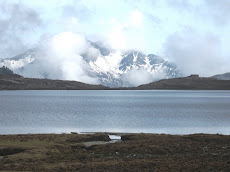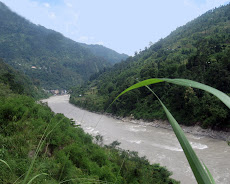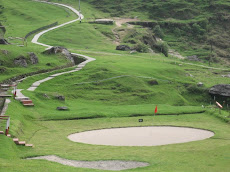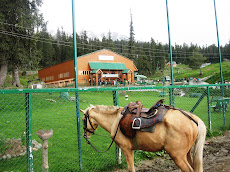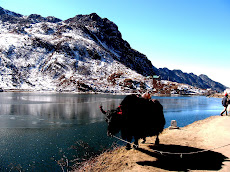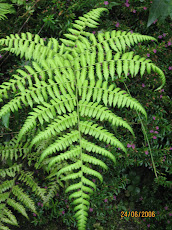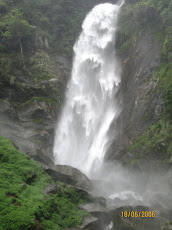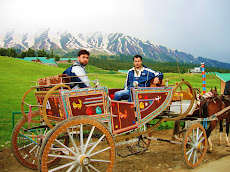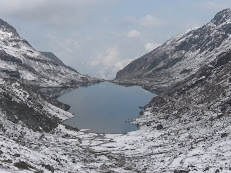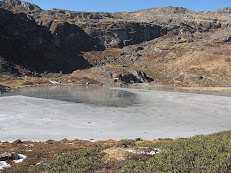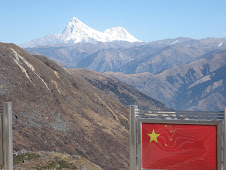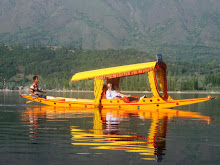Tuesday, September 30, 2008
ABHINAV BINDRA’S GOLDEN MOMENT (11-8-08)
Soon it turned out to be the final of the 10 Metre Air Rifle contest for the men. Vaguely again I managed to hear the name Bindra. But thanks to the slip shod telecast, his image or live shot would not be shown. Within a spur of moment, all three of us not only became curious but began showing a certain degree of anxiety, if not concern. Each time we tried to locate our Bindra, he would not be visible. Whichever Chinese or western shooter would be shown, he would not be shown hitting the target. Merely their side poses would be focused. Off and on, the points tally would emerge, nonetheless.
At last, we could clearly see the name of Abhinav Bindra, the world champion, on top of the scoreboard. Having seen that and thus optimally stabilized my B.P. and possibly the pulse rate, the voice of the commentator conveyed what millions of Indians were desperately waiting to hear for a long time. Not only Abhinav Bindra was shown on top, but he was pitched ahead of Zhu Qinan, another World Champion from China and the gold medalist at 2004 Athens Olympics. Trailing behind at the third spot was, Henri Hekkinen of Finland. Naturally, we were glued to the TV set more than before. Notable Indians among the spectators and Gaby Buehlmann the Swiss personal coach of Abhinav, could not suppress their deserving sense of excitement. Every now and then they would get up and continue shaking their bodies in adoration. Gaby lost no time in hugging her special prodigy.
The final moment of well fought for glory came sharp at 10.00 hrs. It was Bindra, Bindra, Bindra. He was adjudged the WINNER. He had clinched at last. Thus he became the first ever Indian to win an individual gold medal in the Olympics. So far, India had won the gold medal eight times, but they were all in the group event of the Men’s Hockey. For a moment, therefore, I closed my eyes. And jumped off in excitement. Not only I remembered the Almighty at, I should say, this historical moment but also did not forget to thank Him profusely from the core of my heart. Our joy knew no bounds while shaking hands and hugging each other warmly. It was momentous. It was unforgettable. It was definitely emotional.
Then followed the usual boring, drab and uninspiring commentary on the DD Sports. At last, Abhinav Bindra, the beaming yet cool and composed young man appeared prominently on the small screen. For a moment, it became a golden screen for all of us. To our utter disgust, they kept showing the second place Chinese and the third place Finnish. Naturally, no patriotic Indian will relish it, leave aside taking it lightly. Situation became rather bad when the telecast of some other event began all of a sudden. But same was rightly interrupted by the announcement of the Medal distribution ceremony of the 10 Metre Rifle Final for men. The shortest of the three, Abhinav, without divulging his sense of joy, obviously occupied the centre stage. What a proud moment for India it was! India appeared truly Incredible and unstoppable at this point of time.
The dignitary from the Netherlands tipped to be the chief guest showed the charm and grace befitting the occasion. She looked at the winners, who nodded politely in turn. I was dying to hear the National Anthem for the first time in 28 years from an Olympic podium. I appealed to D.T. and Ankoor to observe silence. Each time it is played, my respect and admiration for Mother India is enhanced. In no time, we were fortunate to witness the medal ceremony. First, it was the Finnish. He gladly and sportingly accepted the bronze. Thereafter, it was the Chinese. He looked rather dejected while taking the silver medal. Exactly at 10.20 hrs, came the golden moment for India.
When the Dutch lady picked up the sling having the gold medal, our hearts seemed to have stopped for a moment. It was unbelievable, but true. She made no mistake in putting the sling into the deserving neck of Abhinav. Latter took it with a sense of humility and grace. While keeping his nerve, he decided to smile at last. With his smile, the whole of India smiled, cheered and yes, shouted in jubilation. It was the fitting time to clap vehemently and perhaps jump as well.
I went a step further to capture this memorable golden moment into my camera. By the time I succeeded in taking two shots, my battery deceived. But with the ferocious speed of an Olympian, I managed to change the cell. I was on the job again with, so to say, an electrifying speed. When the scene changed over the TV, I rang up friends, relatives and well wishers to share our joy. Having finished with that, I religiously transferred the coveted four shots into the Laptop for the posterity. As per age old ethos, DT and Ankoor were given Rs.101/ each in this moment of unprecedented glory. They accepted with the comment that the most defining moment in India’s Olympic history called for a much better treat. I promised that with a glowing face and determined spirit.
While the well deserved victory of Abhinav Bindra stopped the heartbeat of the nation, it was time for me to remind myself about my impending heart check-up. Even though it was delayed by an hour or so, it was worth it. Afterall, an Indian does not win an Olympic gold medal everyday, I told myself while turning on the ignition of the vehicle.
Monday, September 29, 2008
LATA, THE LIVING LEGEND
Music heals. It relaxes and refreshes. It triggers memories of the bygone era. When mood swings to music, we tend to relive a setting, a situation, we were in, years ago.In view of the intrinsic bond between music and emotion we feel elevated or associate ourselves with a happening. Sometimes the line between the two becomes so thin that we are impelled to believe that a particular song or its lines were exclusively written for an incident we once confronted or came across.
If literature is considered the mirror of society, songs sung through the medium of music depict or amplify a custom or tradition or for that matter, an institution or sacrament in a way, easy to remember .A song that leads one person to smile can make another one cry.
All said and done, some songs are for ever. They may thrill or may haunt but they do enable us to walk down memory lane. One is reminded of his infancy, joys and sorrows, unforgettable incidents, a lost relative or friend or the carefree actions of the teen age.
When some positive thoughts concerning song and music came to my mind on a relaxed Sunday morning, I was tempted to postpone the daily exercise. I settled instead, for receiving the musical delight through the ‘idiot box’ .To my surprise, the cable line was temporarily disconnected. The penultimate sentence of the DD News, however, brought me closer to what I had aspired for. I learnt that today was the 79th Birth Anniversary of Lata Mangeshkar, the evergreen melody queen of India.
Soon followed the rare opportunity to watch a specially compiled episode of ‘Rangoli ’on the living legend. The programme commenced with the vivid descriptions of the struggle Lata had to go through at the young age of twelve years when her musician father departed for his heavenly abode. Gradually, not only she tasted success but she was also in a position to support the singing careers of her three younger sisters. While Asha closely followed Lata and became more versatile and likeable, Usha’s overall career graph could not be considered remarkable. Meena, the youngest of the lot, is hardly known.
Like her physical features. the voice of Lata was initially considered thin and uninspiring. Her surprise choice as a playback singer in the movie ( ) nonetheless, turned the tide. Through her simplicity and unassuming nature, she made her presence felt on the horizon of an otherwise nascent Hindi film industry. Music began her way of life. She was determined to play a long innings. Often minor controversies would erupt. But Lata was, perhaps, unaffected, undeterred. Many of the screen sirens, she sang for, may have retired or expired. But the force and commitment of Lata goes on unabated. It remains incomparable. Her singing has the power to take the listeners to a different world.
In addition to highlighting the varied human emotions forcefully from time to time ,she has occasionally rendered her singing talents at the time of war and natural calamities The songs sung by her in the old classics ,such as, Barsat, Madhumati, Aawara, and Mughal-e-Azam, to name a few, and the ‘medieval’ films, namely, Kati Patang, Aandhi and Razia Sultan not only speak of her multi-faceted talent but they have become good reminders of history as also our rapidly transforming social and political norms.
Keeping in view the sheer number of songs sung by her in different languages and her apt depiction of the human feelings and social change through them, it would be difficult to pinpoint a heroine or a music director who has not been associated with this singing sensation at some time or the other. In Lata, the spinster, we have a living example of a disciplined, cultured, sincere and dedicated human being.
She not only inspires or motivates, she personifies simplicity. She guides and encourages the budding singers with equal ease. No wonder, when she appears on the dias and bows before the audience prior to and after every song, she correctly reminds us of our fast diminishing age old ethos. Thus, her fan following simply goes on multiplying. Shall we say, she sets the examples for others to follow?. May the almighty, therefore, give her more strength, courage and perseverance to enthrall the audiences all over the world for many years to come.
Tuesday, September 9, 2008
DEMISE OF A PROMISING TEENAGER (March 04)
2. We hit the road ten minutes behind the schedule. Outside it was foggy. Visibility was a problem but my expert driver could manage reasonably well to drive swiftly on the meandering road going down to Ranipul. While passing through the 6th Mile, one could presume that Jayshree Didi was struggling to wakeup Jeejaji for the morning walk. K C Daju ,on the other hand, was not only up but was deeply engrossed in looking after his marvelous collection of orchids.
3. Today being a holiday, majority of the populace of Gangtok was in deep slumber We could notice some traces of previous night drizzle. Opening the window screens enabled the cold piercing wind inside. For a moment, it was refreshing. Later, to keep myself in tandem with the outside atmosphere, I kept lifting the glass up and down a couple of times.
4. From Ranipul to Singtam, the Ranikhola , to our left ,gave us the much needed company in this quiet hour. Its water was light green but the overall flow was clean. Patches of forest on both the sides of the highway were not dense. They had the necessary relaxing effect,nevertheless. While sighting of traditional huts would be soothing ,appearance of unaesthetic concrete structures at quick intervals will propel me to think about the imminent ecological catastrophe ahead.
5. Though we had begun slightly late, we managed to reach Singtam ahead of time. A steaming hot cup of milkless Temi tea at Food Godown provided the required refreshment. Munching of a few Crackjack and Goodday biscuits too had the desired effect. One had to resist the temptation to have more of these as proper breakfast was arranged at Namthang, a distance of 33 kms.
6. The dependable Esteem car picked up momentum in a matter of seconds. As soon as we left Singtam, the mighty Teesta river began following us from the right side. Though the volume of water was low, its currents were horrifying, to say the least. What a contrast it was with the Rani Khola! While the scenario ahead looked more attractive, the road also became somewhat straight and wide. A fast drive of about nine kms upto the Mamring bridge was extremely thrilling if not exhilarating.At the sleepy village of Mamring , we were very close to the Teesta, so much so ,that I decided to feel its icy cold ajure water and followed up the same by taking a few rare snaps.
7. The Journey resumed soon. Now it was going to be an uphill drive both through the devastated and green well preserved patches. The vehicle will slow down occasionally whenever a slide or sinking area or for that matter, a causeway will appear. Not only many parts of the East and South Sikkim were visible, but the famous town of Kalimpong could fortunately be seen ,though from a distance,as we gradually proceeded to Namthang.
8. The simple yet appetizing breakfast,forty minutes later in the satisfying setting of a traditional Nepali house was something, one was longing for. Bright sun greeted us when we were in a mood to stretch our tired muscles. The drive further was enjoyable. We could see less of human beings but more of nature. View from some of the turns and bends was simply exotic. One came across cute and handsome tiny tots as also naughty small animals every now and then. Sight of waterfalls and streams was missing ,somehow.
9.Subsequent to a drive of little less than half an hour, the first view of Namchi, the HQ of South Dist. was possible. Apart from the rapidly developing town, the sparkling statue of Guru Padmasambhava, atop Samdruptse was very much noticeable. A small hamlet situated about 80 degree below a poorly maintained Viewpoint completed the picture. I could not prevent myself from taking more rapid fire snaps.
10. Very soon I was in the premises of the Namchi Food Godown. It appeared in better shape than what I had seen at Singtam. Though it did not have any space constraints, record maintenance left much to be desired. Without spending any further time we drove comfortably down to Jorethang(18 kms). Thereafter, began the steep climb to Soreng. The drive through steep dense forest of Zoom lifted our spirits. One could comfortably have a bird’s eye view of Jorethang and quietly flowing Rangeet river. A few nondescript hamlets in the vicinity of Darjeeling were also visible. In view of the fact that the total drive thus far was to the extent of about 130 kilometres and that we had to go down and then climb up at least three four times, signs of fatigue became apparent. After a relaxed lunch cum dinner, therefore, we decided to halt. For want of advance booking, no government accommodation could be accessed. Nonetheless, it became a blessing in disguise.
11. The arrangement made for the night stay at a small hamlet in the outskirts of Soreng was going to be a memorable piece of experience. One felt as if one was back to school days spent in the modest settings of small towns. The element of warmth, courtesy and care was prominent in the overall behaviour of our hosts. In addition to nicely prepared ethnic food, the looks of pets was something which needs to be flagged. There were dogs, cats, goat kids, pigs as also a talkative parrot.
12.The next day was not very bright .The feel of better and fresh air as compared to Gangtok was definitely soothing. Naturally, therefore, I was tempted to undertake a brisk walk in the congenial and pollution-free rural settings. Everyone appeared up and kicking by the time it was quarter past seven.
13.The journey towards Sombaria began around 9:00 am after we had helped ourselves with a hearty breakfast. All along, plenty of constructions were afoot. These concerned, mainly the footpaths, roads, bridges, culverts and a few community oriented facilities. Most of these were to disturb the ecological balance sooner or later. After going through many of these biotically interfered areas, we did get a chance to see gushing streams, thick canopy of forests and terraced fields growing wheat and seasonal vegetables. We also passed through some of the beautiful bailey and suspension bridges. More photo opportunities,therefore, came by .
14.Having seen a few minor waterfalls close to the road as also deep into the cliffs, I was astonished to hear the sound of a huge waterfall. I could not believe myself when a mighty fall very close to Geetang village was sighted, very much on the road. We had plenty of time to go up the stairs and onto the arched bridge in order to admire the breathtaking beauty of the roaring waterfall. A halt of half an hour amidst its pleasing surroundings, perhaps helped in laying the foundation for a meaningful day ahead.
15. Within twenty minutes or so we reached the quiet village of Sombaria. The building housing the Food Godown, though newly constructed, was under occupied. The round and inspection took about an hour. I was surprised soon to note the absence of some of the key employees. It transpired that the Godown’s watchman had lost one of his teenaged daughters, the previous evening.
16. Upon reaching the balcony of the office I could see a cluster of traditional houses down below. One among them belonged to Karma Thinley Lepcha, the watchman. A descent of about two hundred feet through the dilapidated village footpath led us to the house. A simple wooden structure having a place for firewood and domesticated animals at its basement, was buzzing with activity. Though a shocking tragedy had happened in a matter of a few hours, there were no visible or felt signs of same. Some of the visitors definitely wore gloomy faces. As per local tradition, however, they would not refuse tea, Channg or even beer, something I politely declined in deference to the custom we followed on such sad occasions.
17. With the passage of about ten minutes I was introduced to Karma. Unfortunately, he hardly showed any sign of grief. Rather, he appeared drunk. Having given my heartfelt condolences, I decided to speak to his two surviving daughters and three sons. I also got a chance to converse with his two wives, called Jethi and Kanchi in the local parlance. I was informed that two days ahead of her premature demise, Nim Doma, a bright and promising class X student of Govt. Secondary School, Sombaria had developed light fever upon returning from school. She refused regular meal, milk or fruit. The examination by the Nurse-in-Charge of the Govt. PHSC was of no help. Some of the friends and relatives, therefore, managed to pool in some money to reserve a jeep so that she could be quickly taken to a relatively bigger PHC at Soreng. A qualified doctor was very much there. He looked at her in a routine manner. Instead of giving her the desired attention, he lost no time in referring her to the Dist. Hospital, Namchi. In the meanwhile, Nim Doma is reported to have developed more complications. Though the facility at Namchi was better and responses were somewhat quicker, perhaps a lot of valuable time was already lost. Subsequent to a long struggle throughout the night, the helpless girl breathed her last. A bright, smart and loveable being ,thus left this amazing world, much sooner than expected.
18. I was simply stunned. I was left with no expression. Bouts of silence engulfed the room. Very soon I was taken to a corner room to get the first and the last glimpse of the dead teenager. I gathered enough courage to perform the ritual of offering Khada over her body and left behind whatever money I had at this juncture. When I looked at her fair face, it was still attractive and glowing. Her eyes were closed for ever but her face probably gave faint hints about what she was aspiring to be even in absence of any worthwhile encouragement or support from her uncaring but poor father.
19. Back to the living room, I tried to mingle with the villagers. Though this was not the time to talk official, a few of them did recognize me and addressed me as their unassuming D.D.O of late eighties. Within no time, a few energetic young men managed to put the dead Nim Doma into a large tea carton in a sitting posture. With the chanting of Slokas by a group of handsome Lamas, the box was sealed forever. Before it was taken out for the last journey, all the offered Khadas were placed over it .I folded my hands, bowed and bid Nim Doma bye from a very heavy heart.
20. Slowly walking upto the Food Godown ,I felt as if I had developed a very strange rapport with the departed young soul. I won’t speak a word while we began an otherwise fascinating drive down to Daramdin, the rich and highly fertile and possibly the only ‘rice bowl’ of Sikkim. Going through the middle of this breathtaking flat region, I was fondly reminded of the memorable lunch taken in July 1988 in the office of Verghese, the then area JE of RDD. My life partner had just joined me then. In view of what I had seen and experienced, I could not gather courage to look for the lunch venue of yesteryears.
21. Leaving behind the memories of the immediate and distant past, turning towards the historic Limboo village of Tharpu, my attention was drawn to a patch of smoke coming from the top of Sombaria. Perhaps the smoke emanated from the funeral pyre of late Nim Doma. A bubbling
and vibrant life was on the verge of getting reduced to ashes, I thought so, without confirming the origin of the prominent smoke. Once again I felt perturbed. Though I had begun my journey from Gangtok on a happy note, I was retreating with the feelings that brought me much closer to the realities of the mystical life cycle. Life has to go on. It must go on. Tragedies come and go but the scar left by some of them, perhaps, cannot be erased from our psyche.
Sunday, September 7, 2008
SRIVARI KALYANAM
2. The huge stage in the centre of the sprawling ground was looking gorgeous with layers of marigold flowers, attractive muslin designs and elaborate lighting arrangements. A huge eye-catching curtain was hung in the middle, so as to ensure privacy to the Lord and his consorts prior to the ceremony. For the convenience of the devotees, sound boxes and hundis were placed at important locations. Soon after announcements were made for bringing a semblance of order, the whole atmosphere began to be blessed with singing of soothing bhajans by two remarkably talented Telugu women, dressed immaculately in bright Kanjeevarams. They were superbly supported by simply dressed men playing well decorated South Indian musical instruments. Their flawless rendition not only touched our hearts but provided necessary solace as well. They had a truly golden, melodious and convincing voice. The volunteers sporting bright orange coloured scarves and the tall security guards were quick, firm, yet ,courteous. The flow of people at all the enclosures including the ‘advance Prasad’ and literature distribution counters, was well regulated.
3. As it may happen anywhere, several of the devotees turned out to be mere onlookers. Relentless efforts of some of them to get closer to the deity were politely prevented by the vigilant volunteers. Cash donation of a few enthusiastic young women was also timely declined. They were promptly guided to put the same into a near by Hundi. Use of mobile phones off and on, was irritating, nevertheless. Noise generated by the cries of tiny tots had to be ignored, if not to be tolerated .Afterall, they were offshoots of the same prominent Hindu samaskara of marriage, which was going to be the central theme of the ceremony.
4. Sharp at 18.15 hours, lights were switched on. Instant applause followed from the captive audience. The programme of bhajans immediately made the way for dedicated chanting of ‘Govinda…Govinda…. Govinda’. The main ceremony began with offering of Sankalp by the Joint Executive Officer of the TTD. He was seen leading a galaxy of VIPs with their spouses in toe, all distinctly seated on a high pedestal to the left of the dais. It was followed by the Havan ceremony. While the high priests initiated the rituals with a noticeable command over the chanting of the slokas, their simultaneous translation into English enabled many of us to get a feel of the essence of the ceremony.
5. When the curtains were finally drawn open, everyone stood up in reverence to catch a glimpse of the almighty. One by one , different ceremonies, such as, Bhaktsankalpam, offering of saris to the Goddesses Bhudevi and Sridevi, recitation of the lines of the ancestors of the Lord and the Goddesses and finally, bestowing of the sacred cloth to the deities took place with care and precision. Towards the end, when the Chief Priest came to the forefront of the dais, the devotees bowed and acknowledged. When the Mahasankalpam was being performed at 19.06 hours, the Lord Moon rose majestically from the West direction. Cool breeze followed suit. What a memorable sight it was! Under full glow of moonlit night, Kanyadaan ceremony was performed with purity and sincerity. It was an unforgettable climax. Alas! On account of a prior mundane commitment, I could not possibly wait till the distribution of Prasad and refreshment. I had to be contented with the Maha Laddoo, I had managed to buy, ahead of the ceremony.
6. The wedding celestial of the Lord Venkateswara and His consorts blessed everyone present. Truly it was an unique opportunity on a Poornima day. It enabled the devotees to take part in the solemn ritual without any distinction of caste, creed or the region. The whole experience was not only satisfying. It was thrilling and mesmerising as well. It was expected to ensure a certain degree of mental peace, prosperity and happiness, apart from re-building self-confidence.
7. In addition to the soaring standards displayed by the priests and the organizers alike, the overall discipline and decorum was something to be learnt and cherished. Their credentials could not possibly be doubted. Will this divine wedding bring in better sense, trust, mutual affection and regard to the numerous couples , who thronged the place? Will they share and care with renewed vigour by duly maintaining the sanctity of the age old institution of marriage? I asked myself these routine yet pertinent questions while retreating in a measured way towards my obscure dwelling unit.
8. Before calling it a day, I felt an unusual calm. I was devoid of any stress. I suppose, I was satisfied. It was a question of faith. It may not, therefore, call for any plausible explanation.
Saturday, September 6, 2008
LOK-TARANG, THE HEART BEAT OF INDIA
The intricate rhythms played on long but sleek drums with corresponding body movements and footwork, is typical of the North East. Performed during Holi, Pong Cholam is a part of Sankirtan tradition of Manipur. Their brief but effective performance was followed by Mungyanta harvest dance of Nagaland. Though very colourful with elaborate movements of hand and foot, the dance could not leave much impact. What they could not, was achieved by the Flower dance presented by the artists from Nubra Valley of Laddakh and Solakia dancers from Mizoram. The colorful attire and soothing sound of drum shehnai, gongs and cymbals were simply mesmerising. The Kud dance of Jammu & Kashmir and Panthi dance of Chattisgarh, however, left much to be desired. The accompanying musicians playing narsingha, talli, dhauns, mridang and cymbals came to their rescue.
What restored the attention and concentration of the onlookers, were Gotipua dance of Orissa and Ghasiyari dance of Uttarakhand. Not only the movements were precise and systematic but the images of Radha and Krishna were displayed by quick acrobatic yogic postures, adequately backed by musical support of pakhawaj, mini cymbals, violin and flute, a key instrument of the aboriginals. The Mayur dance, associated with gaiety and greenery during the Monsoon in Uttar Pradesh, Gidda, a dance performed by women at weddings and child-birth in Punjab and Dhollu Kunitha dance performed with acrobatic displays by the shepherd community of Karnataka were usual colourful affairs with good momentum, gusto and appreciable coordination.
The dances which turned the tide towards a smooth and extremely memorable climax, were Lavani, an integral part of the Tamasha folk theatre of Maharashtra, Kummi Kolattam, a charming and artistic harvest dance of Tamilnadu and the colourful Yakshgan of Karnataka. The Ghode-Modeni dance depicting exploits of Gaon warriors with attractive dresses and effigies of horses did leave an impact though the invitees were expecting usual folk music & dance of Goa, akin to the western cultural extravaganza.
Once again the focus shifted to the east with the appearance of Rangoli Bihu dancers of Asom and moved on to highlight the fascinating and reverberating dance performances of Kalbelia women of Rajasthan and Siddhi Dhamal men performers of Gujarat. In between came the most memorable Chhau, the vigourous dance drama of Purulia in West Bengal. Wearing colourful masks & elaborate headgears, the dancers depicted scenes from the Ramayana and Mahabharata with immense concentration supported by rhythmic drum beatings and playing of shehnai. The eight dancers posing as Godess Durga, her accompanying Gods and Goddesses and not to be missed, Mahishasur, in the concluding sequence, left an indelible mark on the audience. Elaborate clapping together with cheers in unison and foot tapping was something to be seen, not to be described.
Similar responses also witnessed at the conclusion of the semi-African Siddhi Dhamal dance, not only lifted our spirits but also helped in regaining concentration and confidence. The whole experience took us to the new heights of elation. The ultimate opportunity of getting exposed to the indomitable spirit of our cultural heritage came in the form of the Anhan Naad, a symphony of musical instruments of all the 22 dance groups, brilliantly choreographed by Taneraj Singh Sodha. This musical ensemble truly provided the grand finale to the embodiments of various dance and drama forms, meticulously preserved down the ages. The onlookers were rightly reminded of such a remarkable essence of our UNITY IN DIVERSITY. No wonder, I was tempted to share with my better half “the festival has grown in leaps & bounds. It is being presented more professionally than what I saw last in 2002”. After the function, it was a pleasure and privilege to have a close up with the performers and see their renewed energy and enthusiasm while they stood for group photographs. The event not only reduced the chill of the air outside but gave adequate inspiration to pursue things with a positive bent of mind.
THE PHENOMENA OF REDISCOVERY
It is always a very soothing and relieving feeling to have a break from your adopted place and undergo somewhat thrilling experience on return when one has to start many things afresh. The process of shift and resettlement no doubt throws many challenges. If one gains, there are bouts of losses as well. Upon treading both challenging and easy paths, a variety of relearning opportunities are thrown at, which impels us to follow the path of rediscovery. Prior to rediscovering others it may perhaps be appropriate to look into your own self, identify the strong and weak points and chalkout a careful strategy to take renewed initiatives. While doing so, may be, one has to de-link from one or two individuals and re-link with others. While former may appear easy, latter may not be a bed of roses. What matters, however, is to adopt a never say die attitude.
Any theory is proved futile unless it is put to practice and ultimately its efficacy is tested. A text is rendered useless if there is no context. In the same way, a statement of facts or do’s and don’ts need illustration, if not substantiation. This writer while undergoing an experience akin to one dovetailed above, was very well exposed to the pleasure of phenomena of rediscovery, very recently. A thought to look for a person after a gap of almost five years was coming to mind but somehow digressions were having an upper hand, even when a sort of prioritization was resorted to. Since a few were relocated and contacted, there was a strong element of possibility in this case as well.
The efficacy of a positive mind in a situation of odds and impediments did make a mark one day. In view of an uncertain scenario, the correct course of action appeared to be trying a call. Soon it transpired that it was not as easy as one had thought it to be. There could be many persons by the same name. Trying a few common friends or going through old diaries could have been other options. In the ultimate analysis a visit to his work place would have certainly helped.
Once a process of determination was established, way for exercising one of the options appeared imminent. One fine morning, however, from no where I bumped into an old, dirty and ‘dilapidated’ pocket telephone diary while clearing up a heap of papers upon consistent directions of my life partner. Before finding out the alphabetical order, browsing through opening pages seemed more fruitful. To my utter delight, I came across an initial of mine with date and year. Perhaps, I was approaching the target. Frantic turning of pages led me to a point of success. Alas it was not so. Logical course of action, therefore, was to reverse the name and to restart. I did find a telephone number but digit wise that was incomplete. The momentary sense of achievement disappeared in no time. But I was not to give up so easily. To my relief, I found an aesteric (*) mark over the same number which led to discovery of another number. This time the digits were in order but there was initially no response followed by the message “this telephone number does not exist”. A fresh attempt greeted me with the message “please check the number you have dialed”. Still further effort said “this telephone number has been temporarily disconnected”.
The last hope came in the form of 197, the universal telephone inquiry. Upon a wait of full five minutes, a number was disclosed only after I introduced and reintroduced myself without leaving even an iota of doubt. The number obtained turned out to be false. Hesitatingly, therefore, I redialed 197. I was ready to face the same person in the event of a sudden change of her mood. But to my utter relief, it was someone else. The numbers procured in this attempt brought me closer to the target. The first number was lifted but got disconnected in no time. Natural corollary was to dial the second one. Even though it was a PABX, a male voice gave somewhat optimistic signals. In no time, however, he disclosed that it was lunch time, so dialing in post lunch session may be advisable. Before he was to disconnect, a God sent opportunity came in the form of a colleague of my target, who happened to pass through the reception. Another number was divulged. The lady by the name of Prakriti appeared to have some acquaintance with the person I was looking for but to my misfortune she did not have his telephone number, as more than a year ago, he had decided to gain a decisive degree of reputation by following the course of deputation. I was left with no option but to reconnect one and only 197.
I was ready to face any consequence in my third attempt. Prior to dialing, I felt a strong urge to pray. My prayer worked as I was reminded of the earlier designation and the workplace of the person concerned. Again I was advised to follow the PABX path. The operator, however, knew the person I was looking for. She appeared to have made contact but by the time she connected me, once again I tasted defeat as the person concerned had just left for availing much ‘sought after and sacrosanct’ lunch hour.
I decided to do some breathing exercises followed by moments of silence. When God fails, meditation takes over, I thought so. Perhaps, I was not wrong. I dialed, therefore, the last number with a resolve not to try again if I was going to be vanquished. To my great sense of relief and satisfaction, I achieved my goal but did not divulge my identity so easily. Afterall, I wanted him to get a taste of what I had gone thr3ough the whole of the first half. The clues given were hitting well, yet my identity was not going to be established so easily. In view of the fact that his lunch hour was hijacked by the ‘preachings’ of his boss, the pet animal of Lord Ganesha had begun creating a ‘scene’ in his abdominal region. But naturally, withdrawal symptoms were to follow.
When I got an inkling of same, I came out with a somewhat close locational clue pertaining to my last place of posting. I did not forget to pad up the same by inquiring about some of his close relatives and friends. His patience and perseverance duly supported by the sharpness of intellect came to his rescue and my name was at last correctly taken. A burst of laughter replaced a typical bureaucratic smile. It no doubt distracted the attention of my colleagues, yet I was highly contended to rediscover a ‘lost’ friend of yesteryears. When the clock rang five p.m., my logical way was towards my friend’s office, rather than proceeding on the off beaten track leading to my dwelling place. I was determined to relive the memories of the past.
AN AFTERNOON WITH KHUSWANT SINGH
It is a known fact that this magnificent genious does not hang a name plate over his main door, rather one historical and legendary board welcomes the visitors in the following way : “Please don’t ring the bell unless you are expected”. I ventured into his habitat, obviously upon getting an appointment. I was under the wrong impression that one of his personal staff would lift the telephone number 24620159. I proved incorrect when after repeated yet patient attempts, I tasted success. A grave, blunt voice greeted me. It was the celebrated, prolific and the controversial man himself. I was measured in my words while conversing. My more than adequate explanation convinced him. Thereafter, I was granted one of the rare opportunities of my life to meet a reputed intellectual, who was my consistent and favorite idol since the college days.
True to what I had heard and anticipated, despite all the wealth, Khushwant Singh appeared very simple, down to earth and straight forward. His drawing room, undoubtedly reflected his stature and personality. Ahead of taking a seat, I was rather distressed to see an ailing but beautiful old lady, attended to by two domestic helps. I gathered later that it was his life partner who had virtually become a vegetable due to some incurable disease. I was immediately reminded of what Khushwant had written about her in his controversial, informative but widely read autobiography “the day she departs I will stop writing”. The celebrated old man, however, has refrained from fulfilling his resolve. After her death, he has churned out more than four books. This speaks volumes about his depth, aptitude and a remarkable urge to share his feelings, emotions and wisdom as long as he can.
The moment I explained the purpose of the meeting, he retorted “Be reasonable, how can I go through these voluminous documents at this ripe ole age of 86? Nevertheless, do convey my thank to your CM for remembering me”. When he asked for my name, I disclosed. His immediate reaction was, “So you are a Kayashtha. We have a Kayashtha Damad, married to my grand daughter”. Before I could venture to introduce my small and beautiful State, he recalled fondly his only visit to the then Himalayan Kingdom in May 1975 prior to its joining the main stream of the Nation. He was very nostalgic about Mrs. Dorjee, wife of late Kazi Lendup Dorji, the first CM of Sikkim. It transpired that this famous historical lady belonging to Belgium was a school teacher in Delhi and that she had successfully taught one or two foreign languages to his kith and kin.
He remembered the narrow, serpentine but clean roads leading to Gangtok, the Ridge Park adjacent to the Royal Palace, simple people, bright flowers, exotic handicrafts and a very very soothing view of the Mount Khanchendzonga. He did recall his interaction with Palden Thondup Namgyal, the XIIth and the last Chogyal. Subsequent to patient hearing of his anecdotes ably supported by his elephantine memory, I ventured down the memory lane and was aptly reminded of the brilliant cover story penned by him as the editor of now defunct, The Illustrated Weekly of India in June 1975. I did recall my mother showing me the copy in question in November 1984 when I was allotted the cadre of Sikkim. Needless to say, it turned out to be my first introduction to the State, wherein I was to spend my lifetime. Hats-off to my mother, the issue of the ‘Weekly’ was preserved neatly in her tin cash box, presented to her by my late father in the early sixties.
Contrary to initial impressions, the element of hesitation gradually paved the way for a very enlightening face-to-face communication. The World famous Sardarji sporting a casual and unimpressive ‘Patka’, no wonder heads a flourishing writing ‘industry’ with a wide readership in not less than seventeen languages. Though only half of his works are considered scholarly, he evokes indelible mark on the mindset of the readers by what he calls – ‘provoking, amusing and informing’.
His insistence on punctuality prevented me from getting more insight into the mysteries of his writing world. After half an hour or so, it was the time to leave the famous address of Delhi- 49 E, Sujan Singh Park. Even though my hunger to acquire more knowledge from my idol could not be fully satiated, I was victorious in ways, more than one. I said goodbye to him by gently folding my hands. He did not show any change in his posture but his eyes and facial expression conveyed what I had aspired for. While getting into my car, I remembered his famous words uttered at the time of launch of one of his numerous books: “even if I write trash, not only I get published but I also get undue publicity”. His another famous statement speaks high of his candid and fearless mind: “no power on earth can ever invent a condom aimed to impede the flow of my pen”.
HEAVEN ON EARTH- SAGA OF SHIKARAS AND HOUSEBOATS OF KASHMIR

2. Let us explore this marvellous stress buster. According to a rough estimate, there are more than thirteen hundred houseboats in Srinagar, of which eight hundred alone brighten up the scenario of the Dal Lake by becoming its coveted crowning glory. The rest five hundred are on the Nagin Lake and the Jhelum River, flowing in the exalted company of pine, deodar, chinar, willow and poplar trees.
3. It’s a completely different and unique world once you venture to step into a houseboat. These are mostly accessed by the Shikaras. While approaching them, the day to day life of an average Kashmiri can be noticed if one also looks at the Shikaras selling pleasing and colourful flowers, kesar, green vegetables, fruits, handicraft items, and imitation jewellery. Of all the things the Shikaras having floating studios steal the show. The poses suggested remind vividly of Shammi Kapoor and Sharmila Tagore of Kashmir Ki Kali fame. Occasionally, fishing freaks, moody hookawalas and the gorgeous housewives try their hands at the shikaras in the somewhat congested ‘colony’ of the houseboats.
4. Apart from making available comfortable accommodation at a relatively competitive price and luring the nature lovers, these ‘parked floaters’ house grocery shops, handicraft stores, cloth shops, studios, beauty parlours etc. While passing through one ‘water driveway’ having a sizeable number of houseboats, one gets an impression as if the typical romantic scenario of Venice has been straightway ’transplanted’ into this part of the world. While one desires to spend more time in a slow motion shikara, appropriately named, Harmony, Washu Sheikh, the boatman does reflect his commercial intentions and other mundane priorities. Consequently, a sort of disconnect situation is narrowly avoided.
5. While ultimately getting closer to a house ‘over’ a boat,one is greeted with a typical Kashmiri smile of the owner or caretaker. Its attractive signboard and distinct balcony stand out in the middle of a huge water body. Washu Sheikh,informs that the average width of a houseboat is 18 feet while its length will vary from 100 to 120 feet. Height of the ceiling is barely seven feet. It takes years to make, develop, beautify and ‘launch’ this special ‘craft’ for commercial proposition. None of the owners, however, divulge the exact time taken in construction. The improvements, additions, alterations and not to be forgotten, change of curtains and upholstery are taken for granted features.
6. Those managing the boats appear encouraged with the rapid inflow of the tourists, more so, the tourists actually spending a night or two. The occupancy rate directly depends upon the prevailing security scenario. Renovations are consistent and continuous processes reflecting a definite influence of the interaction patterns with the tourists. The names, such as, Manhattan, owned by the tall and handsome, Gulam Qadir Karnai and New Manila managed by shy but shrewd Bashir were reportedly inspired by the enthusiastic tourists from the USA and Philippines respectively. More often than not, names of famous places are considered for adoption simply because they are in news or the owner or his friends hear spicy tales about those places through the medium of newspapers, T.V. or the feature films.
7. While the houseboats are well protected vis a vis the vagaries of nature, most of them don’t have a provision for a terrace, a facility which could possibly augment their overall grandeur. The unfortunate and sickening flow of the used water and night soil into the already shrinking lake, apart from increasing the level of water pollution, is very much capable to cause insurmountable environmental hazards. A weed removal scheme under execution for many years in addition to the early morning manual clearance by the petty boatmen is hardly bearing the expected fruits. Nonetheless, it is heartening to take note of the voluntary efforts of a few former foreign tourists. 8. 8. As we slowly climb up the narrow wooden ladder by leaving aside the memories of a gentle shikara ride, unique and intricate carving over the deodar wood in the balcony greets us to this historic watery abode. The owner is conspicuous by his presence. After mincing selected words of pleasantry in a few Indian and European languages, he displays his infectious smile and hospitable attitude. The balcony has a sufficient space for standing to inhale fresh air or to admire the breathtaking scenario of the Char Chinar, Shalimar Bagh, Nishat Bagh Cheshma Shahi and Siraj Bagh, the Tulip garden situated on the slopes of Zabarwan Mountains. The sofa sets and the benches made of walnut wood, needless to say, add to the charm of the balcony. One can distinctly notice the designs and patterns depicting the endemic birds and animals, bunches of cherry, apple, peach, pears, pansies, daisies and the Chinar leaves.
9. Adjacent to the balcony, there is a large drawing cum dining room having beautiful pieces of Walnut furniture, sleek racks, attractive cupboards having ethnic cutlery and chinaware and the curtains highlighting local designs and embroidery skills. These are, no doubt, eye catching experiences. Inside another houseboat, one could come across extremely attractive Crewal embroidery over the bed covers, sofa upholstery and the curtains. One is also pleasantly surprised to see a couple of books in one corner. Mudasir, the owner, who has studied only upto 8th standard, gets obviously embarrassed when praised about the sheer range and subjects of his collection. He loses no time in explaining that the books have neither been purchased by him nor is he in a position to read them. Rather, these have been left behind by some magnanimous foreign tourists and domestic visitors.
10. A round of the carpeted corridor, bed room and its ‘master’ counterpart turns out also to be an enriching experience. While the double bed has comfortable mattresses, clean bed sheets and cute pillow covers, the attached bath has running hot and cold water. The tiled walls, latest shower, good looking washbasin and an apology to a bathtub are not to be missed. While taking note of these items, one stresses an ample scope to improve the design of the window as also upgrade the thickness and the quality of the curtains.
11. Subsequent to a satisfying round of the whole complex, sipping of clear and green Kahwa, with crisp Hide and Seek biscuits turns out to be an unforgettable experience, especially on noticing a sizable dip in the evening temperature. As Washu Sheikh sends a polite reminder to hurry up, the journey to the ‘kingdom’ of the houseboats is certain to end. Upon offering a reasonable bakshish to Ahmed Khan, the caretaker, one is reluctant to say a fond goodbye. The bond of temporary camaraderie comes to a sweet end with the utterance of Shukriya and Shabba Khair
12.Back to the congested banks of the Dal Lake, it’s the life as usual at the onset of dusk. I do not forget to purchase a graceful Kashmiri coat and one or two pieces of Paper Machie items to add to my collection. While the fun loving tourists struggle in the sudden drizzle to win over the clever vendors and autowalas, one distinctly hears the soothing sound of the Ajaan emanating from the holy and historic shrine of the Hazratbal. The sound of evening Aarti of the Shankaracharya temple is also audible, almost simultaneously.
13. Securing entry into an unknown but clean hotel at the down town Lal Chowk, one does not refrain from expressing sympathies for the toiling Shikara and houseboat men. Aren’t they ignored and often left rudderless due to immune attitude of those responsible for obstructing as also maintaing public order? I ask myself while switching off the lights and pretending to hit the pillow.
Giggling Gals of 740
A wait of 25 minutes near RML Hospital appeared longer than an hour. Even when I was fasting for over 12 hours, I was not tired but definitely impatient. On a Saturday, as per my old habits that die hard, I neither use personal or official conveyance nor get into a three wheeler. Rather, to mingle with the common man and elicit his candid and often cruel critique, I prefer hopping into a Blue Line or occasionally use the Metro. This day was no different. My endurance, therefore, was bound to be tested.
2. It was a pleasure to see an infant in the lap of a young mother at the bus stop. Giving her company was a boy slightly older, seated close to a heap of ground nut. An old lady wearing a white ordinary sari was doing extraordinary business by selling seasonal fruits. People of myriad faces, heights and dimensions would throng the stop. In no time they would get out to catch the barely stopping buses. Some would succeed; others would be left behind to admire the beauty of the swanky bus stop, conveying the message “Commonwealth Games, only 1000 days away”. On the contrary, the opposite stop, still welcomed Monsoir Sarkozy, the French President, even after a month of his departure.
3. My wait having the correct dose of patience, perseverance and tolerance finally paid off when I saw a DTC bus. It slowed down but no one showed any inclination to hop in as it turned out to be a “Mudrika”, normally plying on the Ring Road. I resisted the temptation to get in as it would have left me half way. I exercised a degree of precaution in view of having been delayed for my weekly morning sojourn of Yoga due to sudden diversion of buses. The next bus became a sort of ‘mirage in desert’, but it was not a normal bus, it was a railway special. The third time, I was not unlucky. I almost got into a Blue line, till I realised that a large, green, hi-tech bus plying on 740 route stopped right behind. I made no mistake.
4. I was happy to see a sticker proclaiming that the gigantic bus charged normal fares of Rs. 3, 5, 7 and 10. My entry took longer as the automatic gate won’t open easily. I thought only a few of us were waiting for long. I was shaken virtually when I saw a group of giggling young, teen aged girls getting hurriedly into the already fully occupied bus. Before this service was introduced, the city Govt. had vowed to follow the capacity mode. “But it is Delhi, ‘yahan sab chalta hai”, remarked one old, haggard ‘Sardarji’, duly supporting his ailing wife, struggling to sip juice from a bottle. The five girls: Aishwarya, Kareena, Priyanka, Bipasha and Katrina missed no time in occupying whatever space was available. None took out her monthly pass or showed any intention to buy a ticket. Within 5 minutes, two of them, Kareena and Katrina, donning latest midi and frock respectively, managed window seats upon grabbing a God sent opportunity. It so happened that two senior citizens inquired about a locality situated much ahead, these “bright” teenagers, however, guided as if that was close to the next stop. They were naturally ‘advised’ to rush through. Needless to say, none of the divas, could, however, escape the vigilant conductor. Buying five tickets was the natural corollary.

5. The other three ‘musketeers’ were busy talking, gossiping and giggling to glory. Variety of talks were resorted to: studies, make-up, gol-gappas, strict Mummies, encouraging Papas, TV serials, the latest SRK, Saif & John movies, weather, tourism up in the sky, cricket down under, Chidambaram’s budget etc. Aishwarya, sporting a pair of blue embroidered jeans with a contrasting ‘top’, generally will speak less, nodd and smile more and would not argue. Bipasha, wearing a bright flashy skirt, was a confirmed chatterbox, not only in drawing fellow passenger’s attention but also in pulling her friends apart. She would make fun of every body and display the tantrums of a Jhansi Ki Rani. Priyanka was neither proactive nor subdued. She appeared studious, urbane, and fun loving in her figure hugging red corduroys.
6. Looking at these ‘dramas’, time frittered away. I was glued to this comfortable setting even while standing for an hour. The young eves would not allow any passenger to move or exit. Rather, they would be advised to promptly use the rear door, something vehemently opposed to by the conductor. I managed a lead, nevertheless, much to the discomfiture of Bipasha who gazed and stared, while posing to be thoroughly engrossed in reading a romantic Mill & Boons novel.
7. They say ‘even a dog has his day’. This writer, therefore, had to assert upon being pushed by an elderly ‘oversized’ couple. The girls too had to relent. Before the bus screeched to a halt, Aishwarya initiated a soothing melody. Priyanka, Kareena, Katrina, all followed suit. But Bipasha won’t budge. No one was looking at her, so she began looking outside, blowing a whistle. It was time for me to get down. The door once again took time to open. To my satisfaction, the elderly couple got at last a seat and thereby,
 perhaps, decided to enjoy further the “comforts” of the swanky bus.
perhaps, decided to enjoy further the “comforts” of the swanky bus.8. The common feeling of adoration on the part of passengers for the amenities being extended in form of hi-tech buses, extension of metro, separate bus corridors, flyovers, underpasses etc. on the eve of 2010 Commonwealth Games appeared awesome and all pervading. Soon after getting off, I jumped over a piece of stone kept precariously near the bus stop. After all, I was wearing a brand new blue track suit, otherwise belonging to my naughty, teenaged son. I was in a mood to display some semblance of youth even on the eve of my golden jubilee. When I sat down finally on my office desk, a streak of smile would come over my face time and again, reminding me vividly of the giggling gals of 740, instrumental in providing a free, fearless and fabulous entertainment.
THE UMBRELLA
During the initial years of service, I came across many interesting but unique experiences, encounters and individuals. Whenever I am in a mood to recall, ponder over and narrate, I suppose, my joys know no bounds. One such memorable incident happened in the thick of Monsoon in North Sikkim, sometimes in 1991. Having disposed off the first half work, I took a lunch break (officially not possible). Before I could complete the process, I was pleasantly surprised by the sudden appearance of an old Lepcha couple, dressed immaculately in their traditional attire. They hesitated to utter a word upon discovering that I had not finished eating. Omkith, the woman understood my predicament faster than Passang, the man accompanying her. Wiping her face and adjusting her headgear, she turned towards the door and signaled the man to follow her. I felt for them, more so, on discovering that it was raining cats and dog outside. They, therefore, appeared very pleased upon being asked to sit on the sofa, having elaborate and intricate ethnic carving. I promised to listen to their grievance soon.
First I heard Passang. Thereafter, I gave a long and patient hearing to Omkith. It transpired that the couple hailing from the famous village of Hee-Gyathang, Lower Dzongu had got separated after getting an ‘order’ from my predecessor’s Court approximately three years ago. A certain amount was fixed to be paid as maintenance allowance to Omkith. With the passage of time, both of them succeeded in retying nuptial knots as per local customs and traditions. To my surprise, the maintenance allowance was not discontinued even on ascertaining the sound economic status of the second husband of Omkith, residing in the adjacent, picturesque, Lingdong village. In view of the fact that Omkith had fresh issues after remarriage, Passang was dragged to the Court to explore the possibility of an enhancement in the maintenance allowance.
The perusal of the enabling legislation revealed that my predecessor had, perhaps, no authority to decide the said allowance. Thanks to the innocence of the people as also the geographical isolation of an otherwise stunning landscape, the matters beyond one’s jurisdictions were not only heard but expeditious disposal was also ensured. When I explained my compulsions under the circumstances, the couple simply won’t budge. They unanimously preferred a ‘review’ of the earlier ‘order’ by me rather than proceeding all the way to the next nearest Court at Gangtok, a distance of nearly 67 kilometres.
I began reading the law books in my occasionally used Court Room. I also browsed through some of the old case records in order to help the couple. When I failed to get a precedence, I settled for another break of ten minutes to enjoy a piping hot cup of Temi Tea. This trick not only energized me but also gave me the much needed clue to resolve the issue. I called them after some contemplation to the Court Room. I made it very clear that I was not going to write anything on the case record. However, I was not averse to consider a sort of a Milap Patra, to be jointly signed by them and same was to be counter signed by the area Gram Panchayat members. This formula had clinched many issues earlier. In view thereof, I was somewhat optimistic about its success even in a marital dispute. To my relief and satisfaction, they gave their consent and returned within an hour. They had all the required signatures on a white crumbled sheet. When I expressed my surprise over the signature of the Panchayat Member, apt came the reply “he was already in the Court building in connection with some other case”. After some heated arguments, an amicable amount was agreed to. This paved the way for a solution to be confirmed verbally by me. I was led to believe the famous saying “all is well that ends well”. I did give them a five minute breather before making up their mind, more so, in view of the fact that Omkith had mentioned about her regular attendance at the time of marriage of her former children, otherwise staying with Passang. Perhaps, he was destined to pay more in view of his better economic condition in comparison to the second husband of Omkith. Though they were hardly on talking terms, participation of Omkith during the wedding of her ‘former’ children reflected a very strange relationship. At the same time, it was indicative of persistence of emotional bond even in a situation of physical separation.
When everything was settled, the couple left quietly. Omkith, showing a beaming face did not forget to say ‘Khamri’(Lepcha equivalent of Namaste).My clock showed 15:30 hours., meaning thereby, I had to continue in office for another thirty minutes without any visitor or engagement. As expected, my ‘intelligent’ PA and ‘quiet’ CA had left for the day when I was deeply engrossed in hearing Passang and Omkith. Upon turning towards the window, I noticed that rainfall was not in a mood to relent or subside. Sharp at ten past four, I gently walked towards the portico. To my dissatisfaction, my old trusted peon Tashi had taken his “fill” for the day. He appeared determined to lock the doors of the Collectorate. I waited for full five minutes for the driver. Alas, he was no where to be seen. I was left with no option but to enter the vehicle through an open door. Fortunately, the key was very much there. There was, therefore, no justification in waiting. I was driving towards my residence with a certain degree of caution not because I was a learner but the heavy downpour had resulted into overflow of nearby drains. The clean, sparkling road was completely isolated in the stretch of the first kilometer. Nevertheless, the vegetation and the rocks were dazzling with freshness. Suddenly, at a sharp turn, I was compelled to slow down. I saw two people walking hand in hand under the cover of a small, colourful but torn umbrella. Before I could pickup momentum again, I was curious to know as to who were they, braving the intermittent rain. To my pleasant surprise, I discovered that they were none other than Passang and Omkith. Perhaps the adversity of the Mother Nature had brought them together even though it was a momentary affair. I was stunned and immobile. No word would come out. By the time I decided to reignite my engine, I heard a very feeble, yet audible and discernible “Khamri,Saheb”. I was deeply impressed by the collective and forceful voice and togetherness, though, temporary, of the estranged individuals. I was tempted to respond by nodding my head. Before hitting the pillow, I was still thinking about both of them huddled together under a torn umbrella, yet facing the wrath of nature in unison.
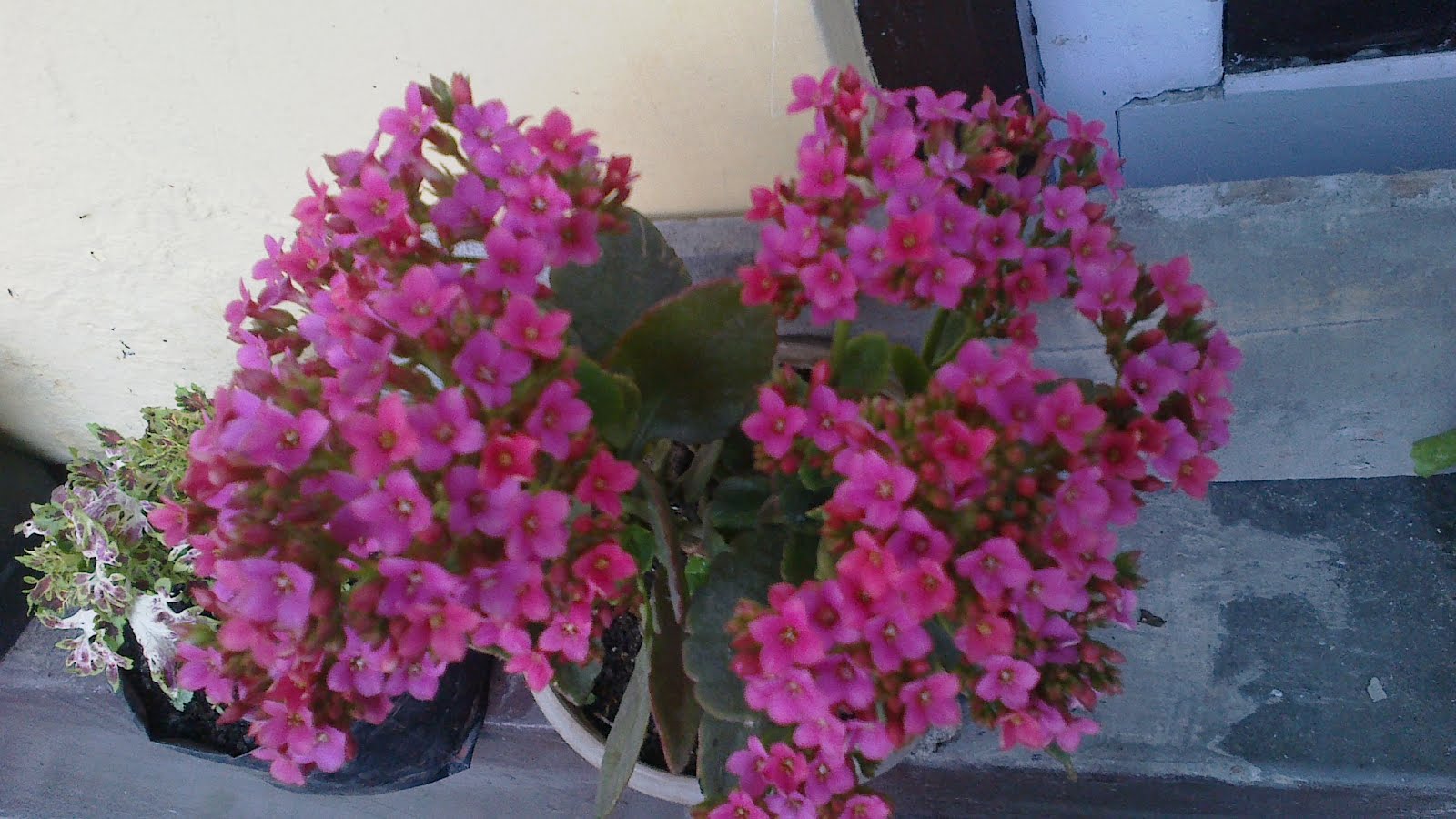



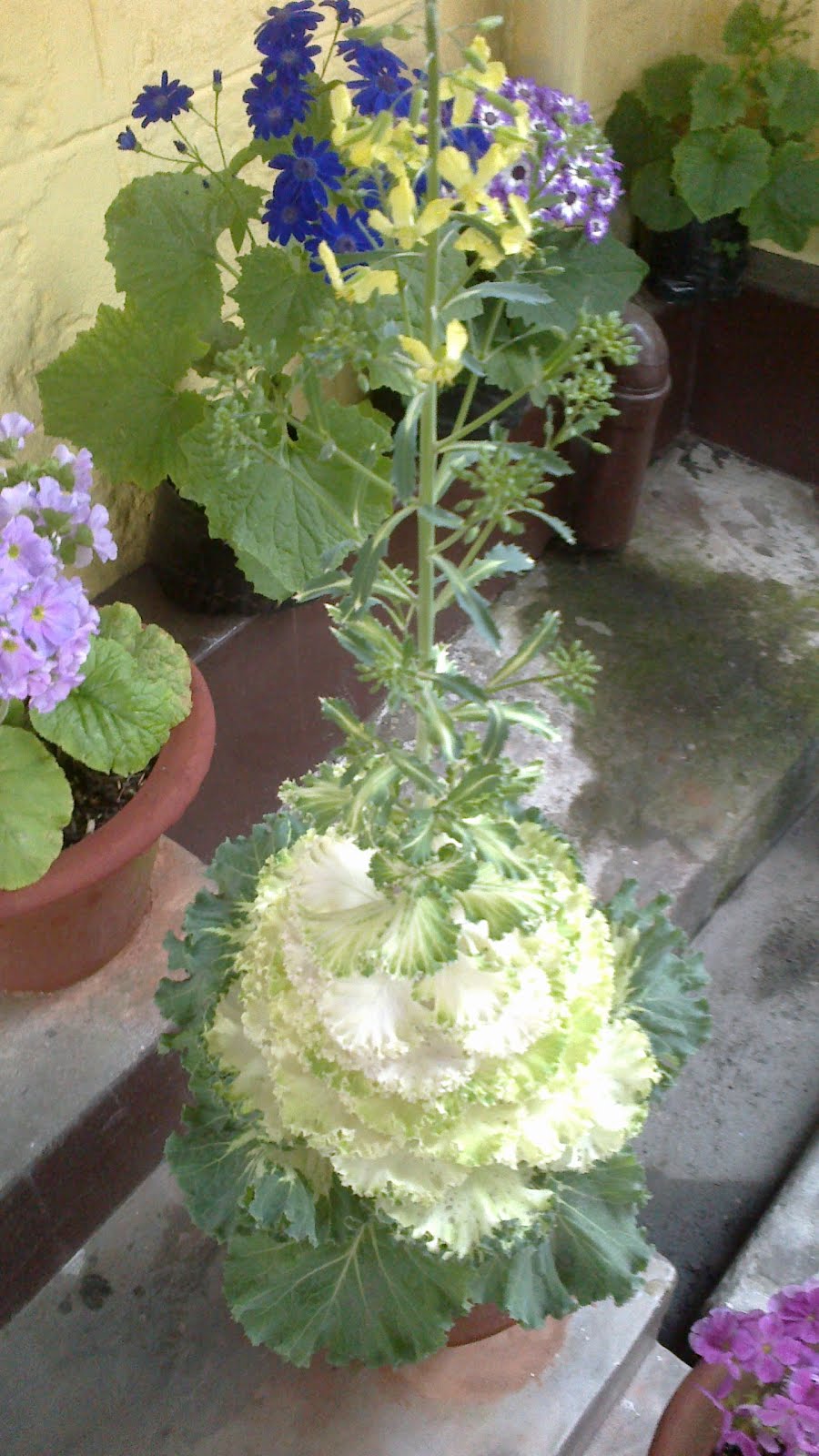
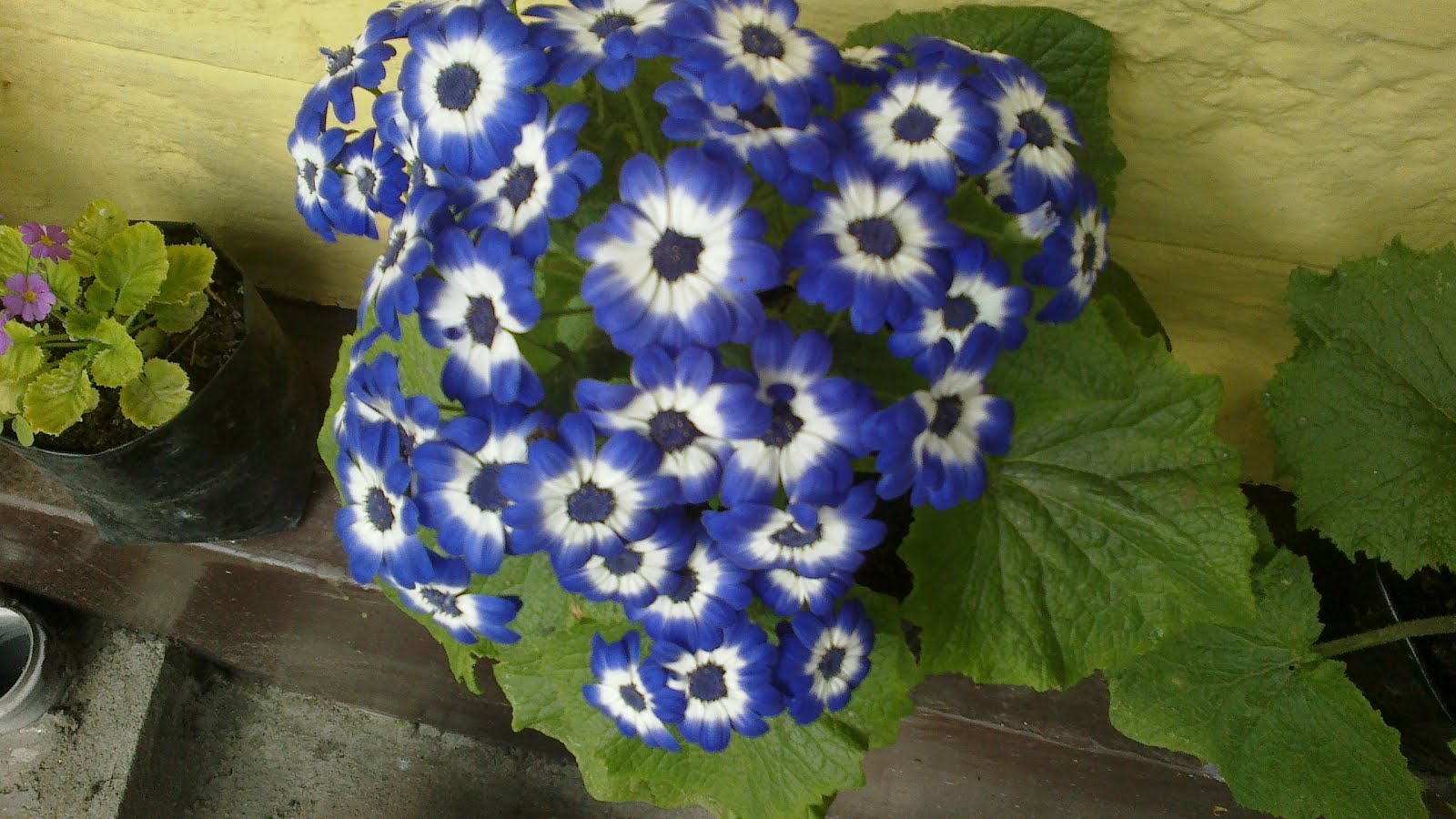
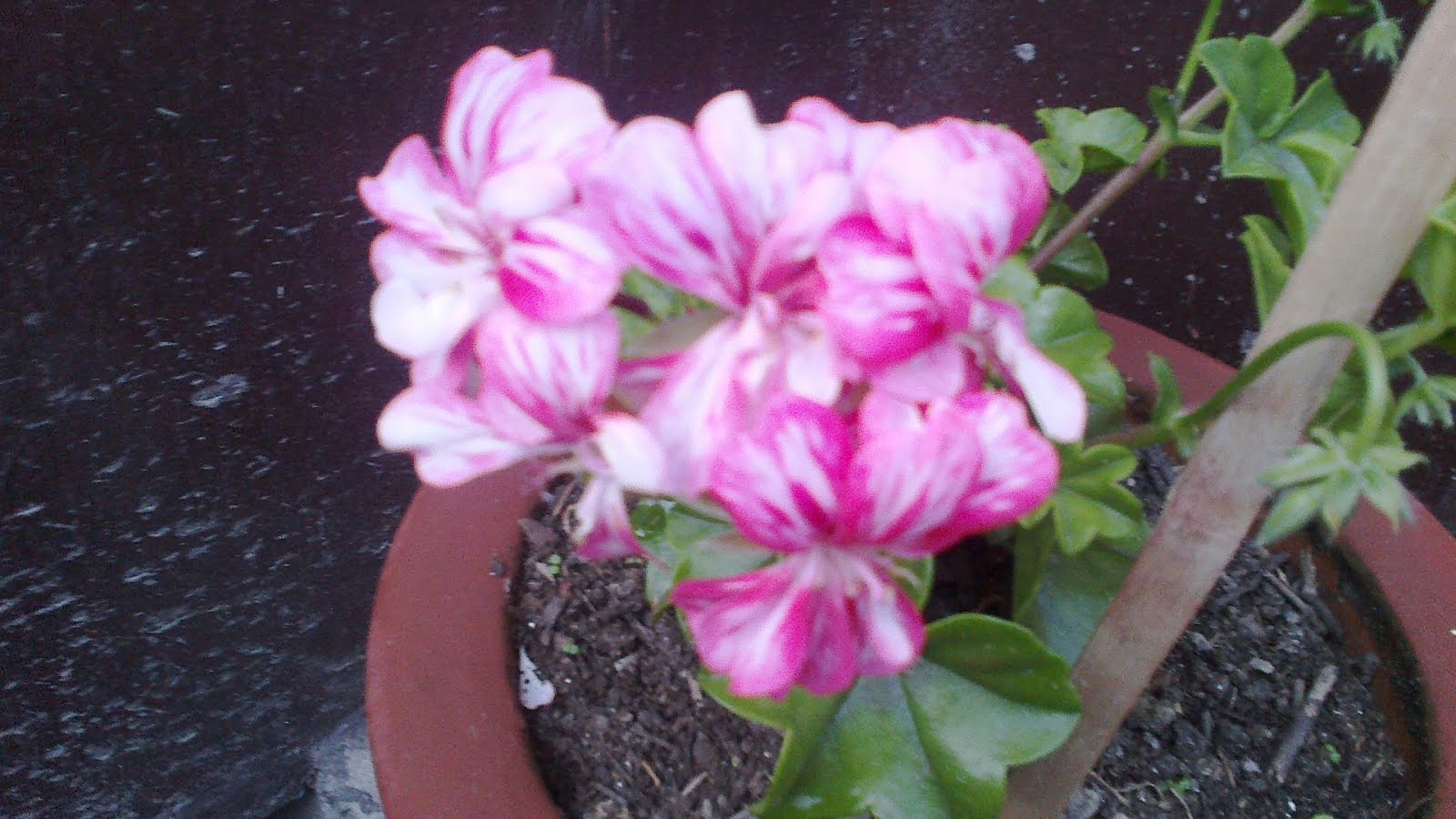
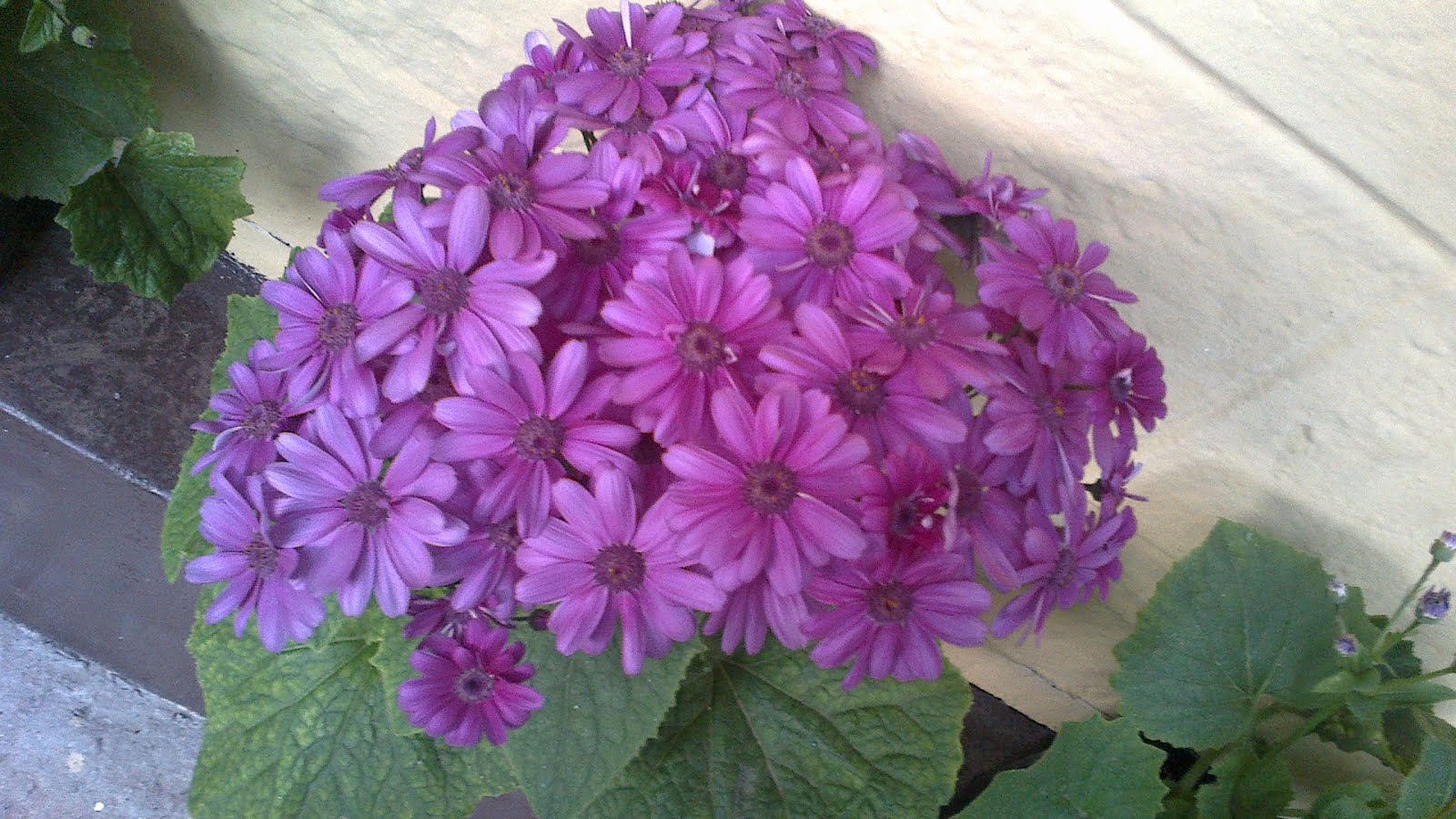
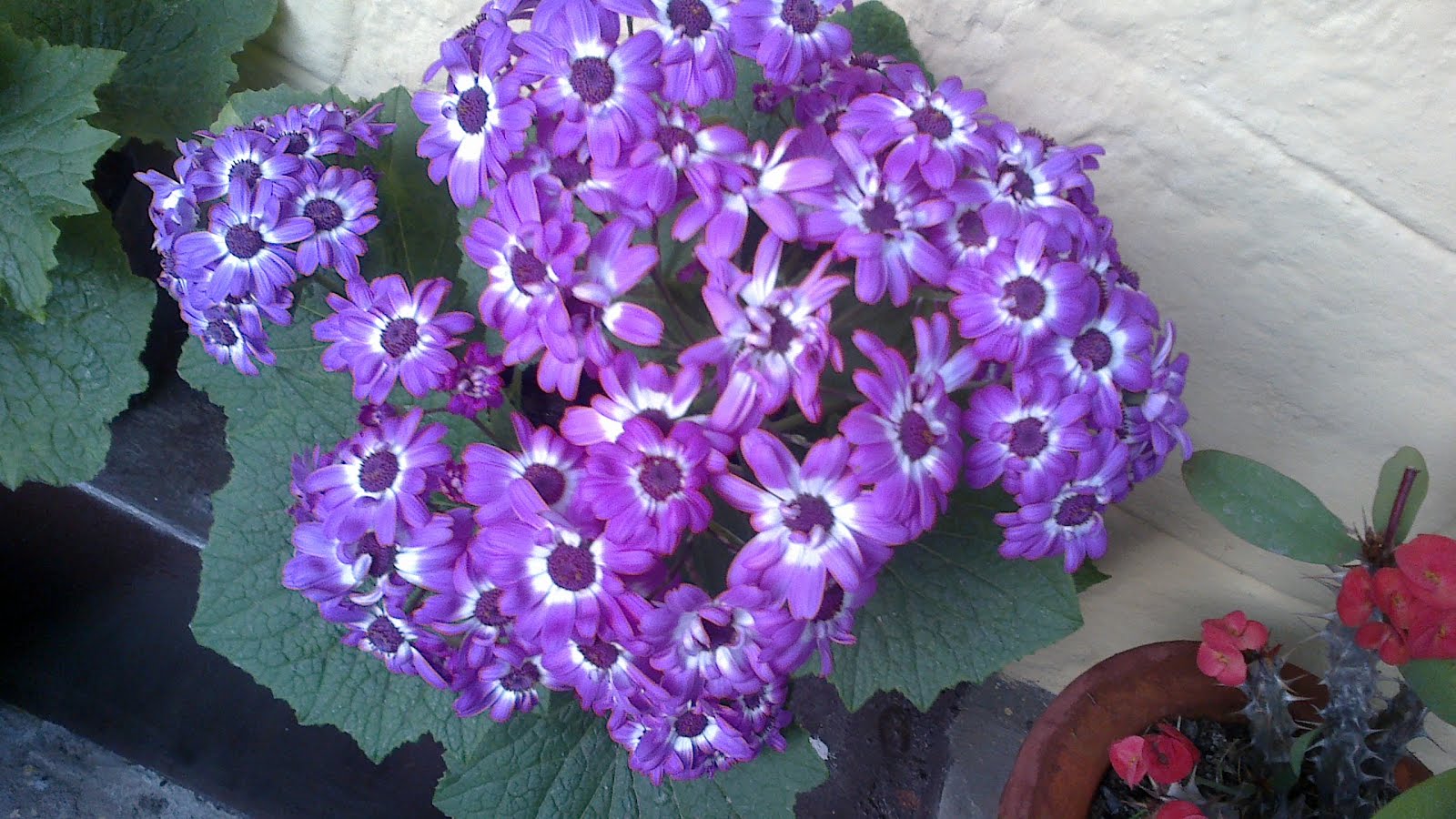






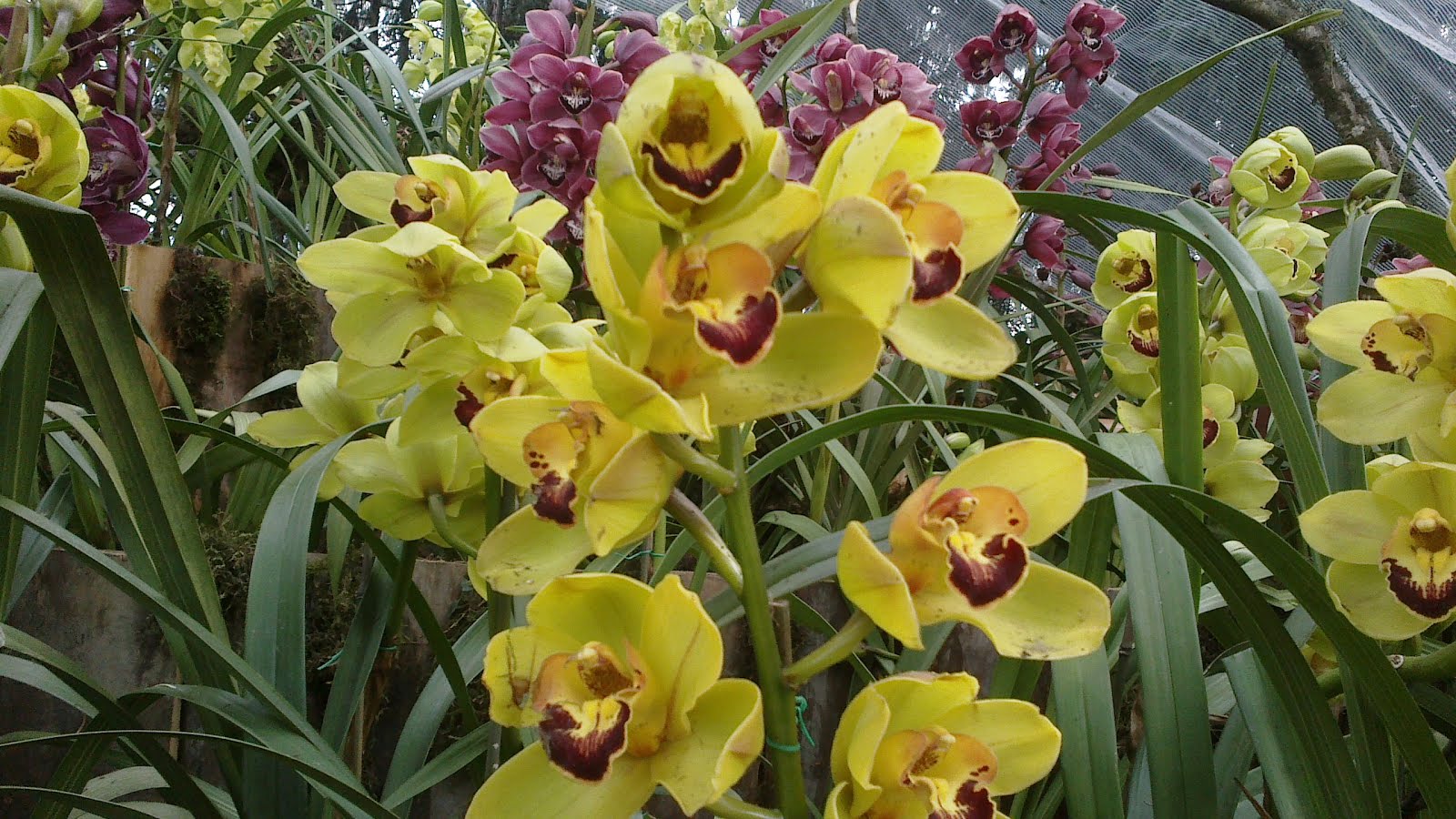

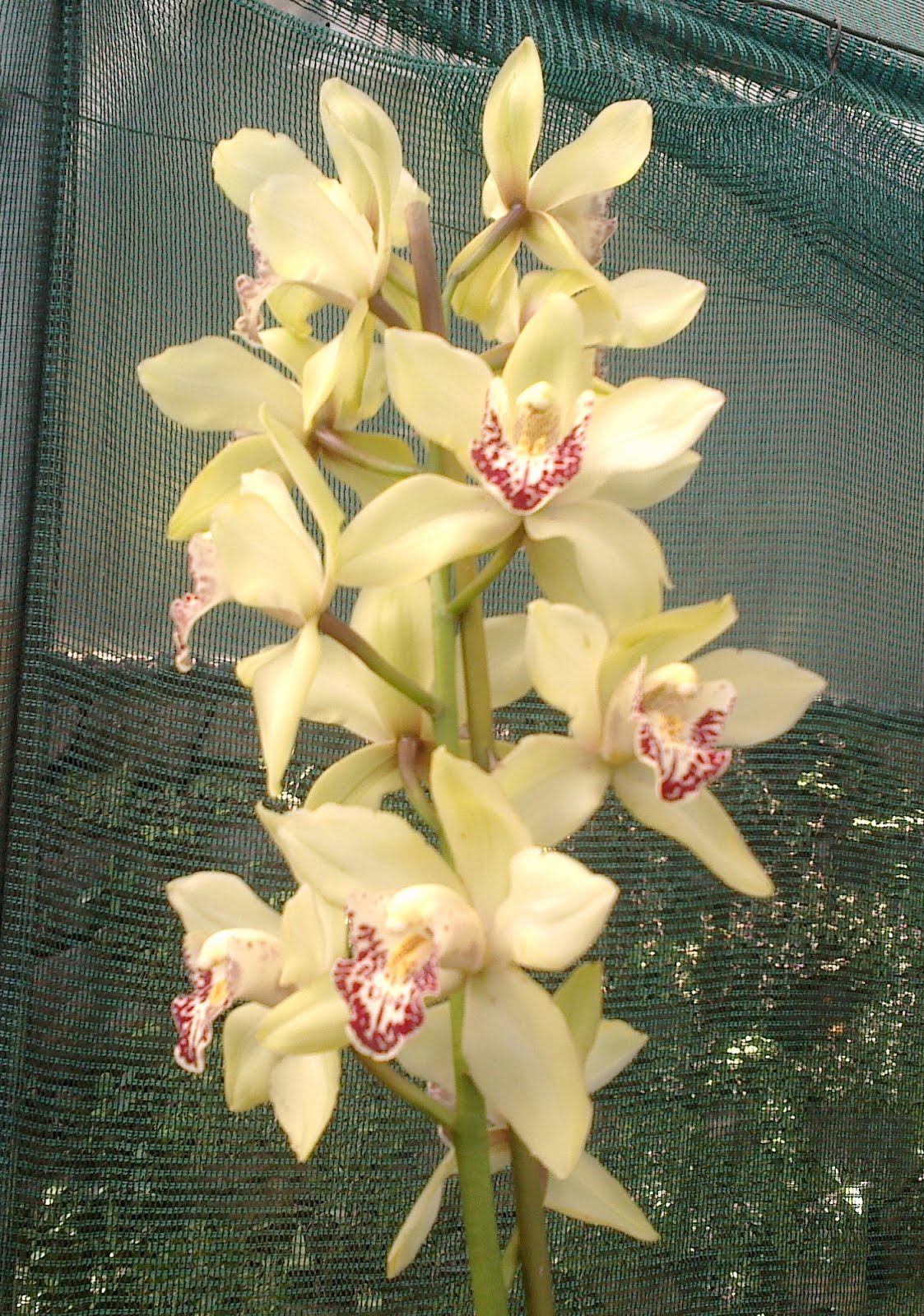
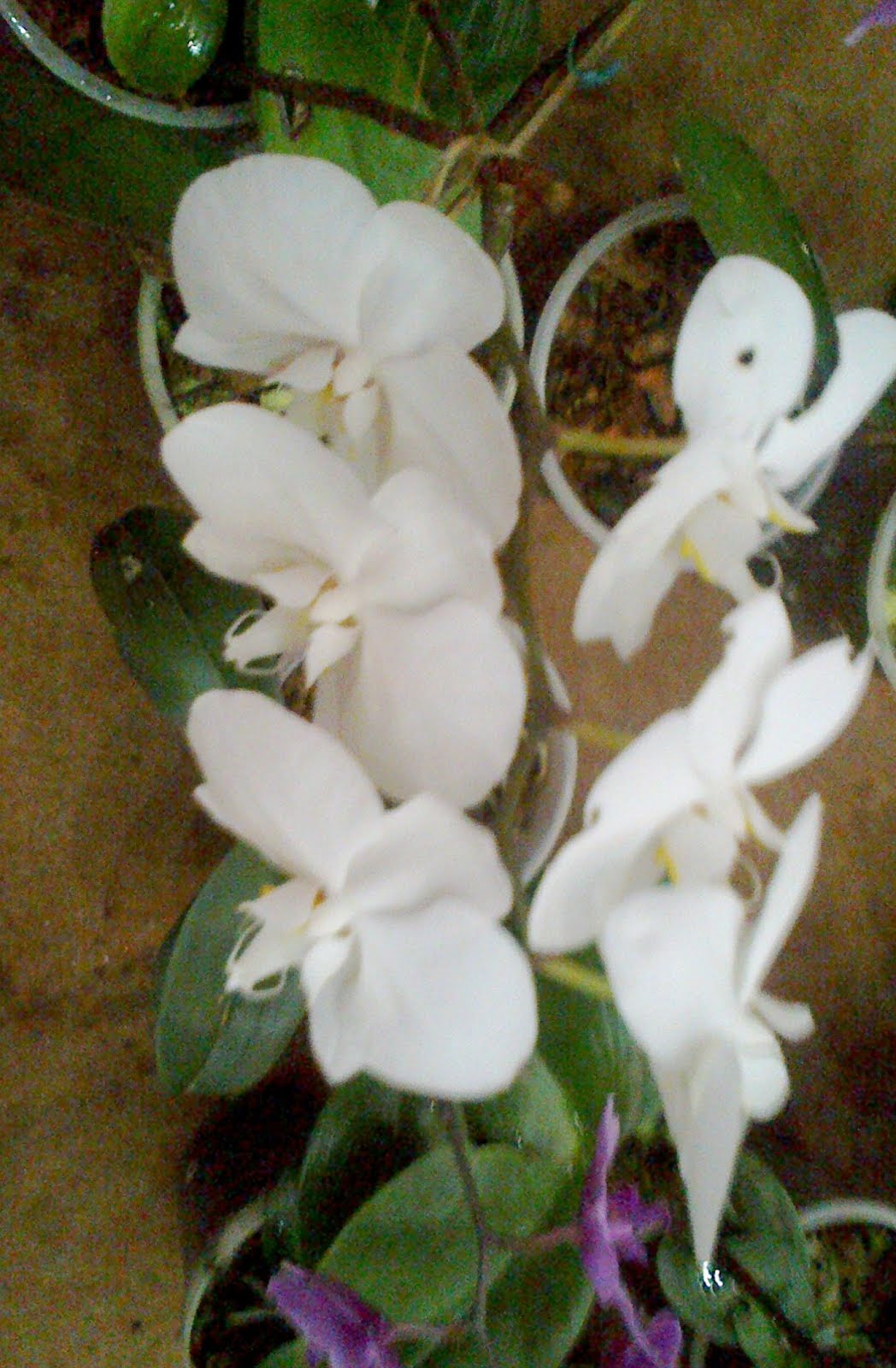


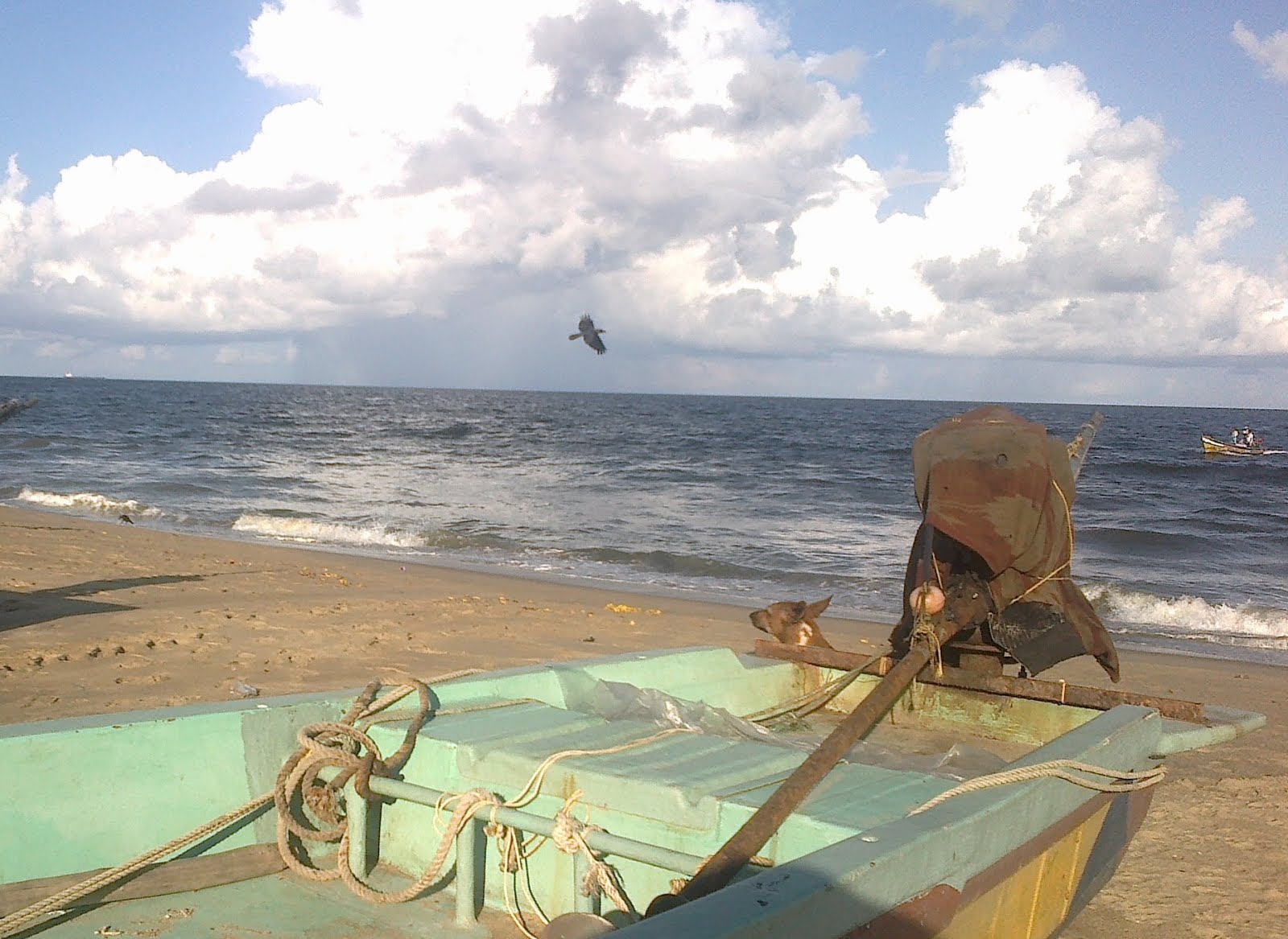


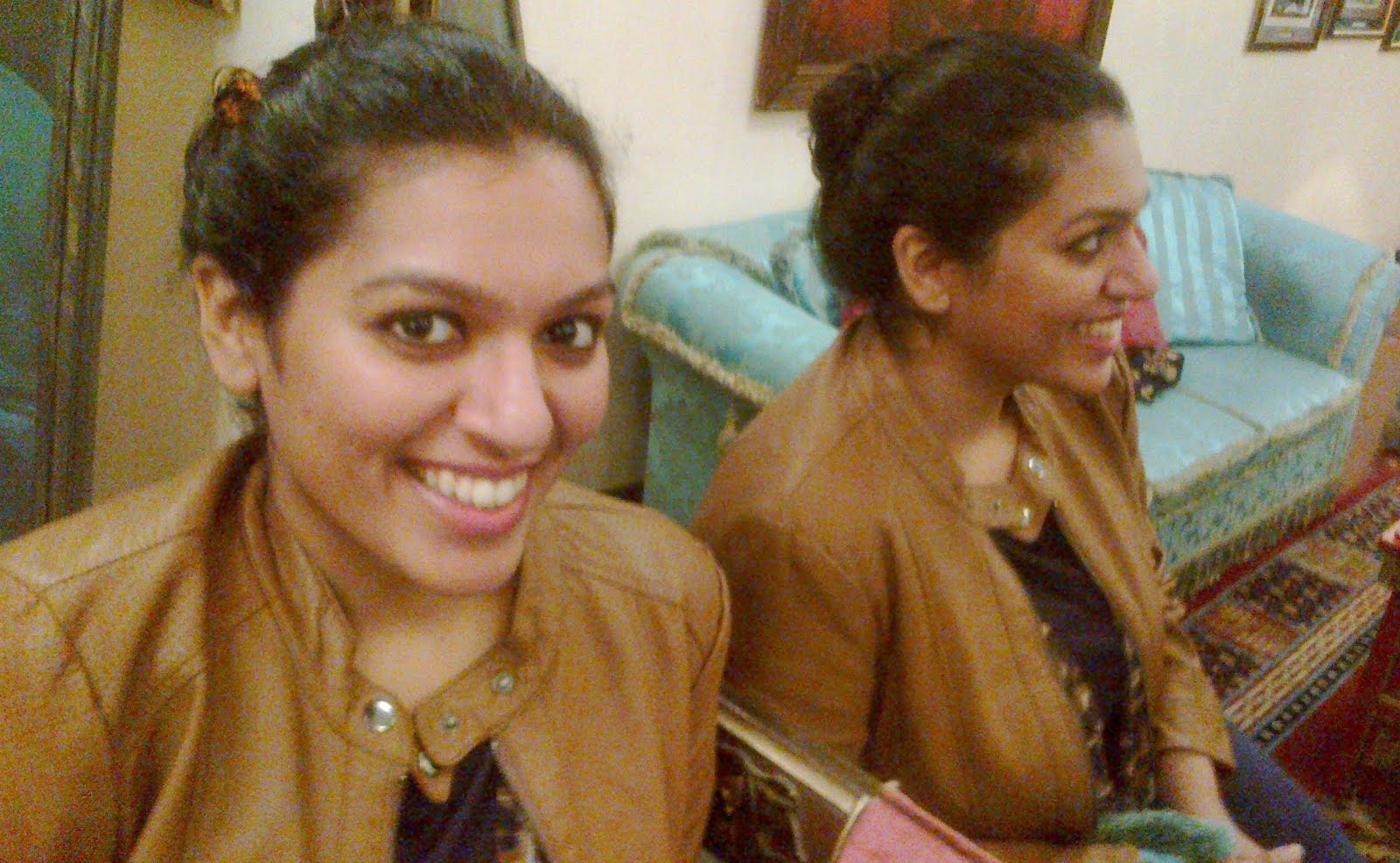

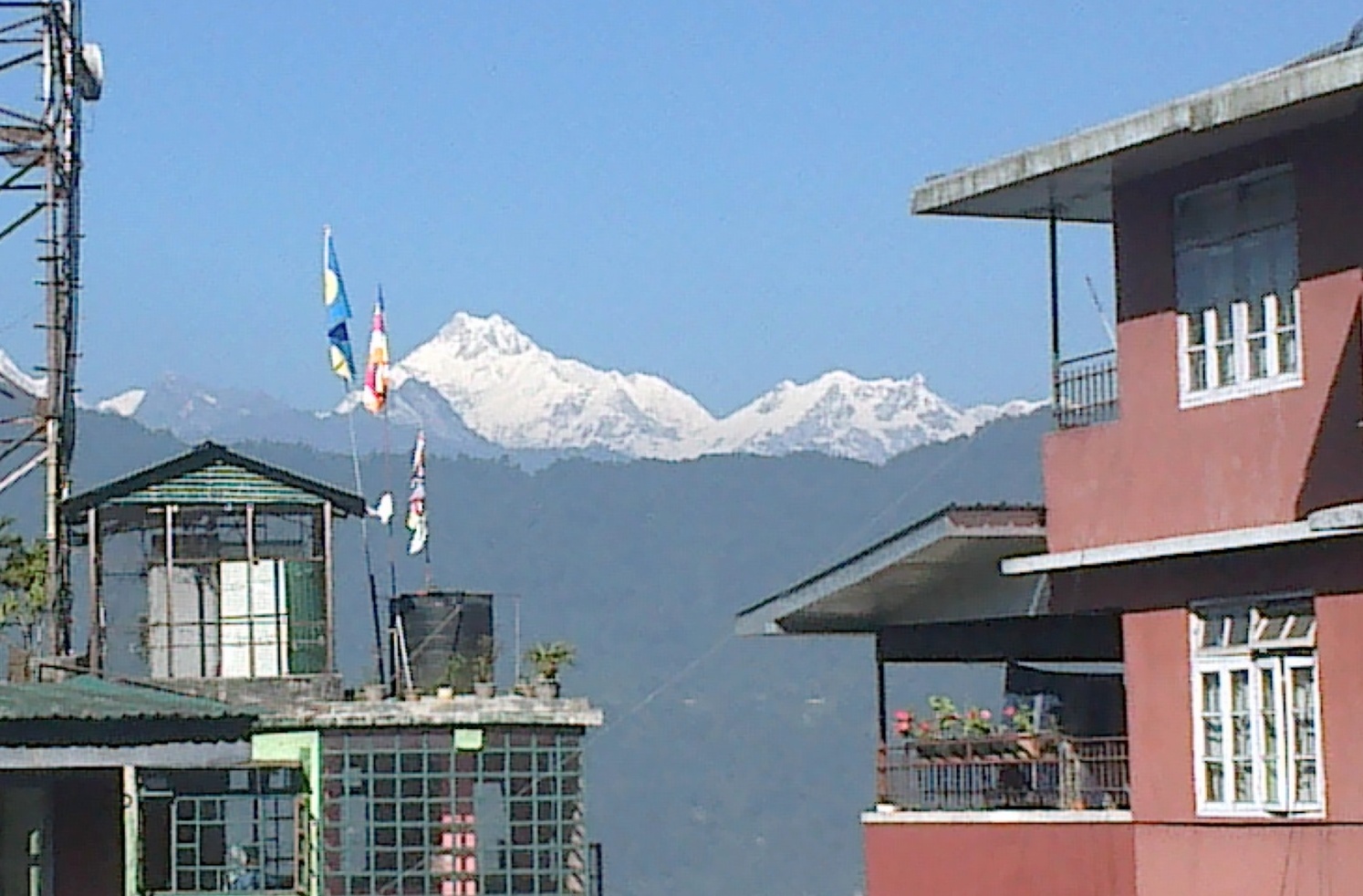



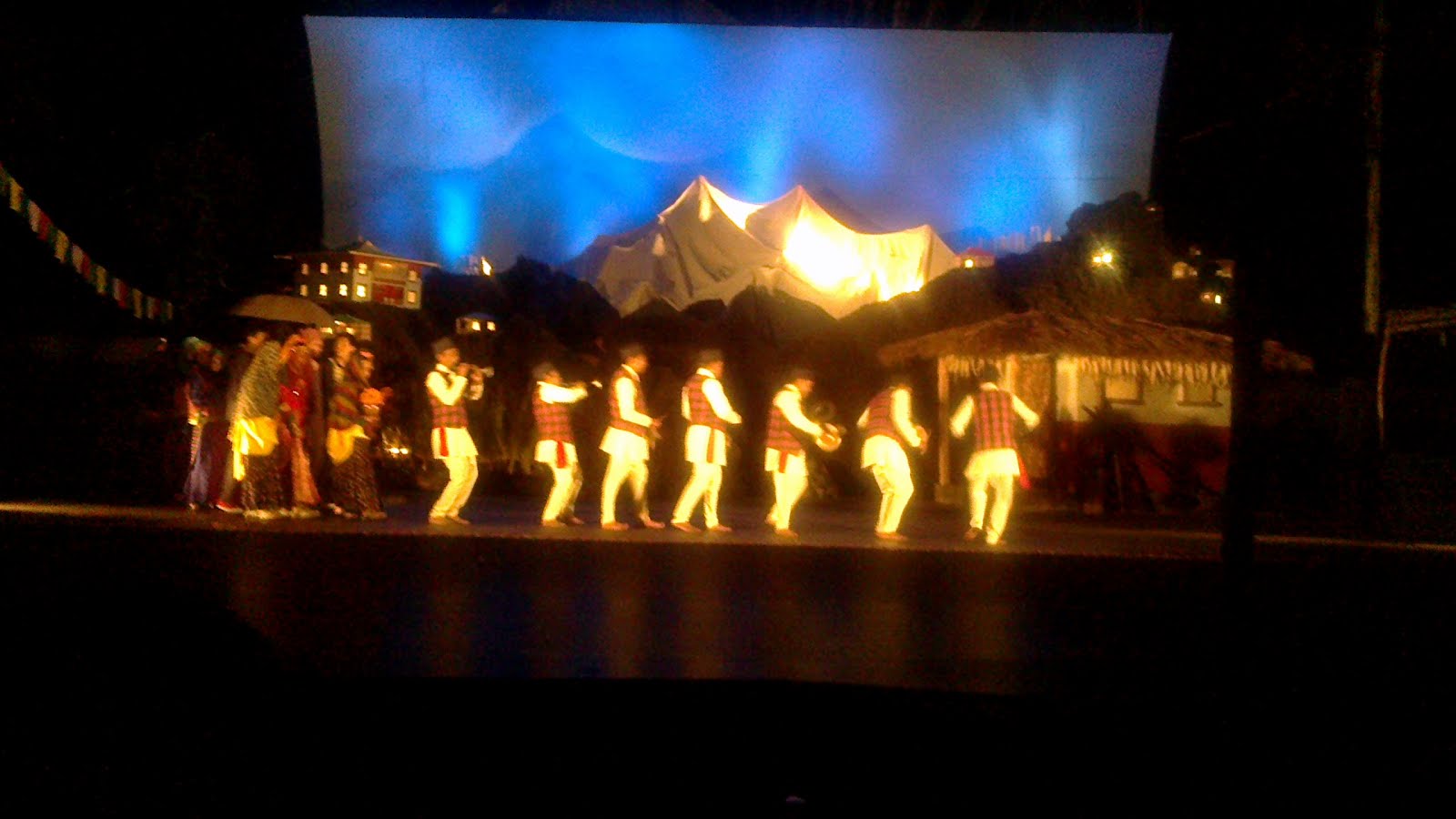

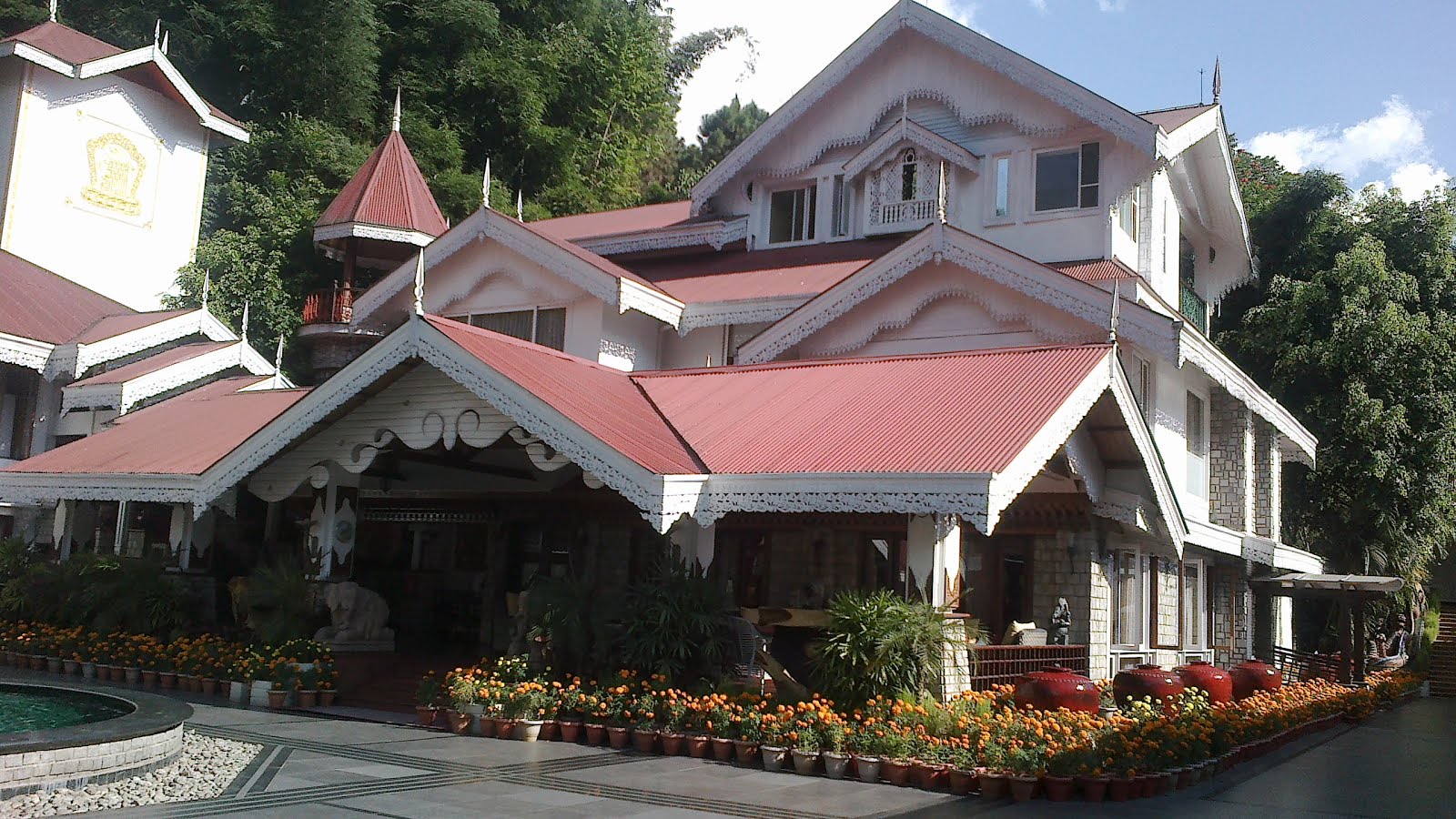
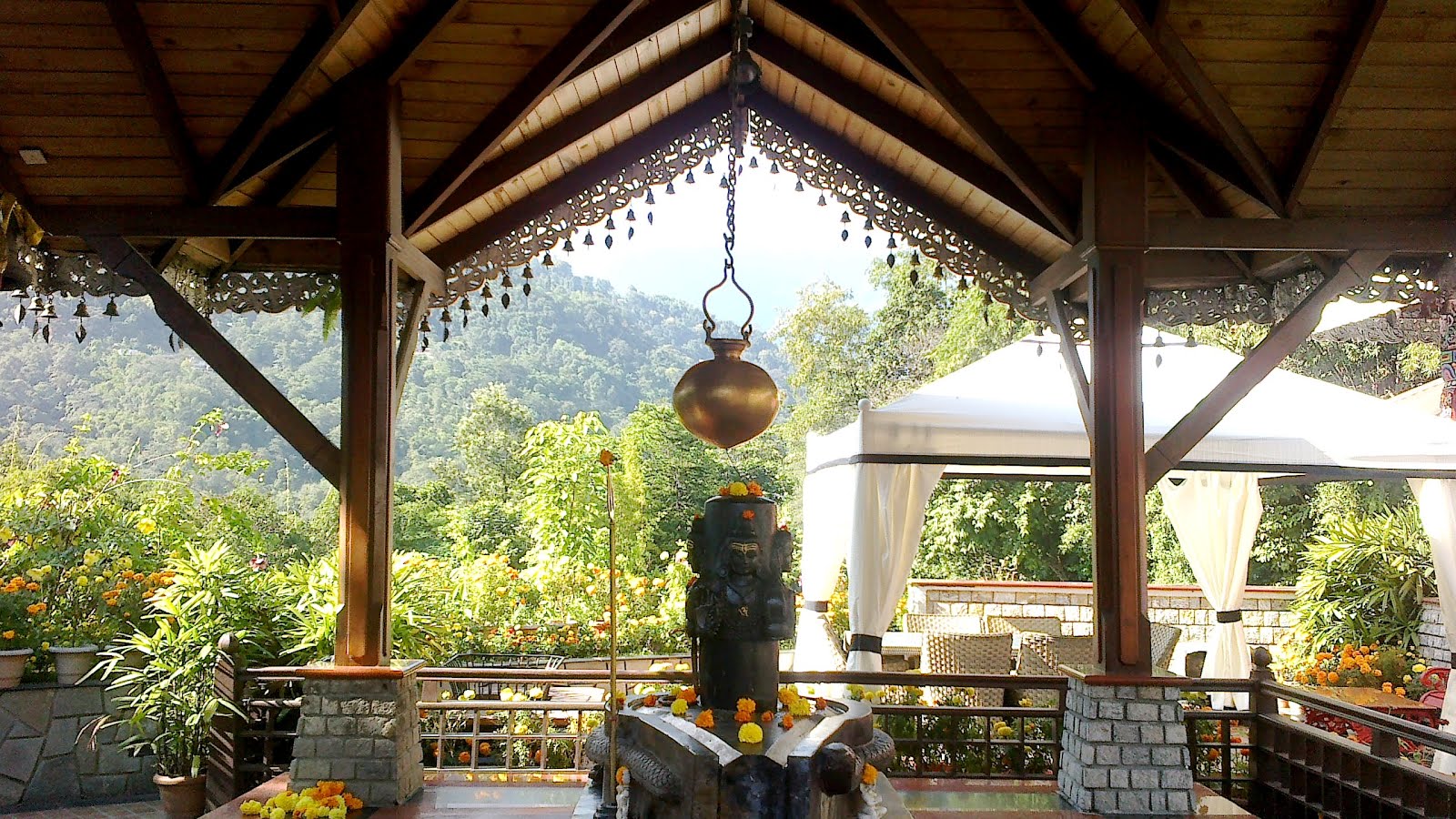
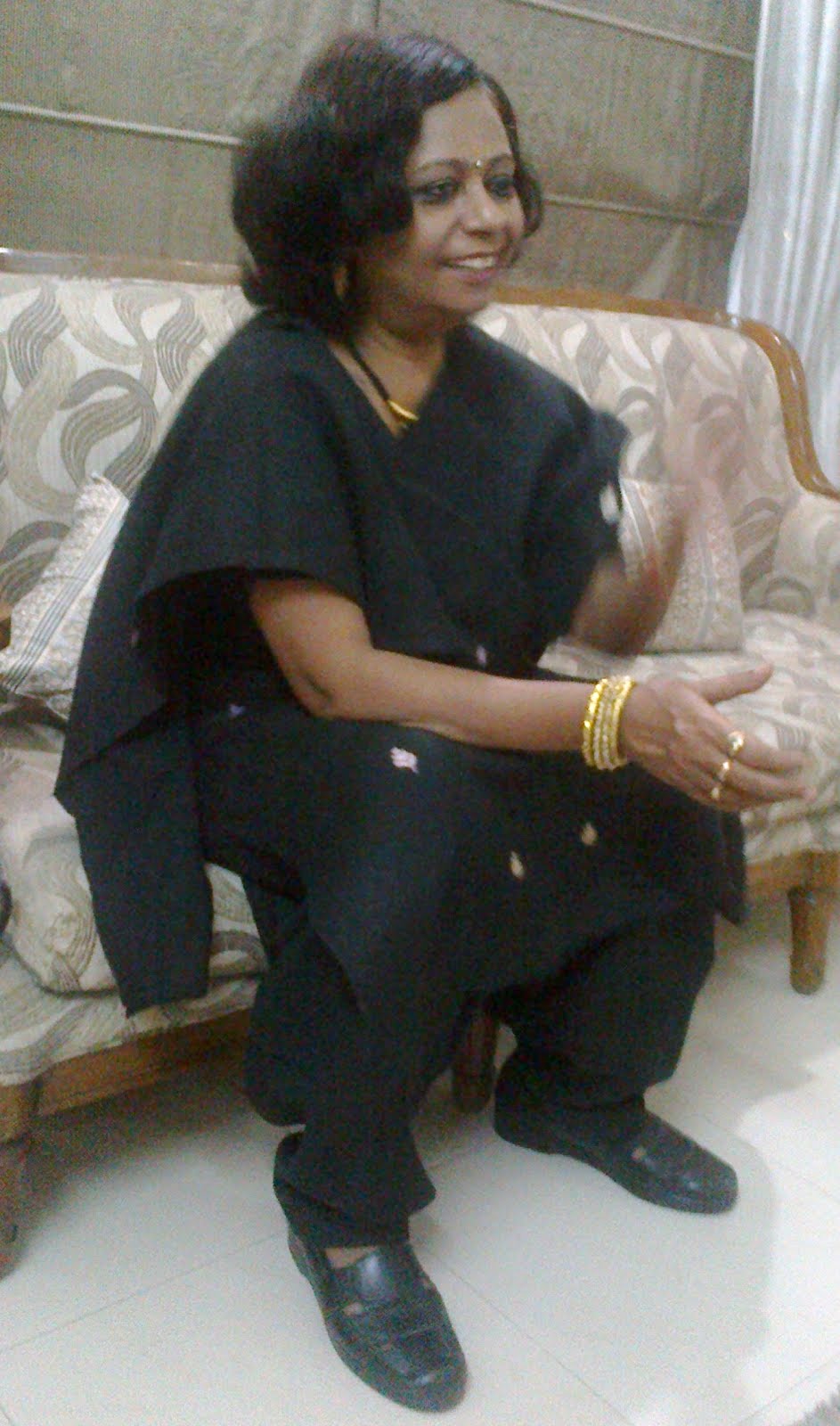


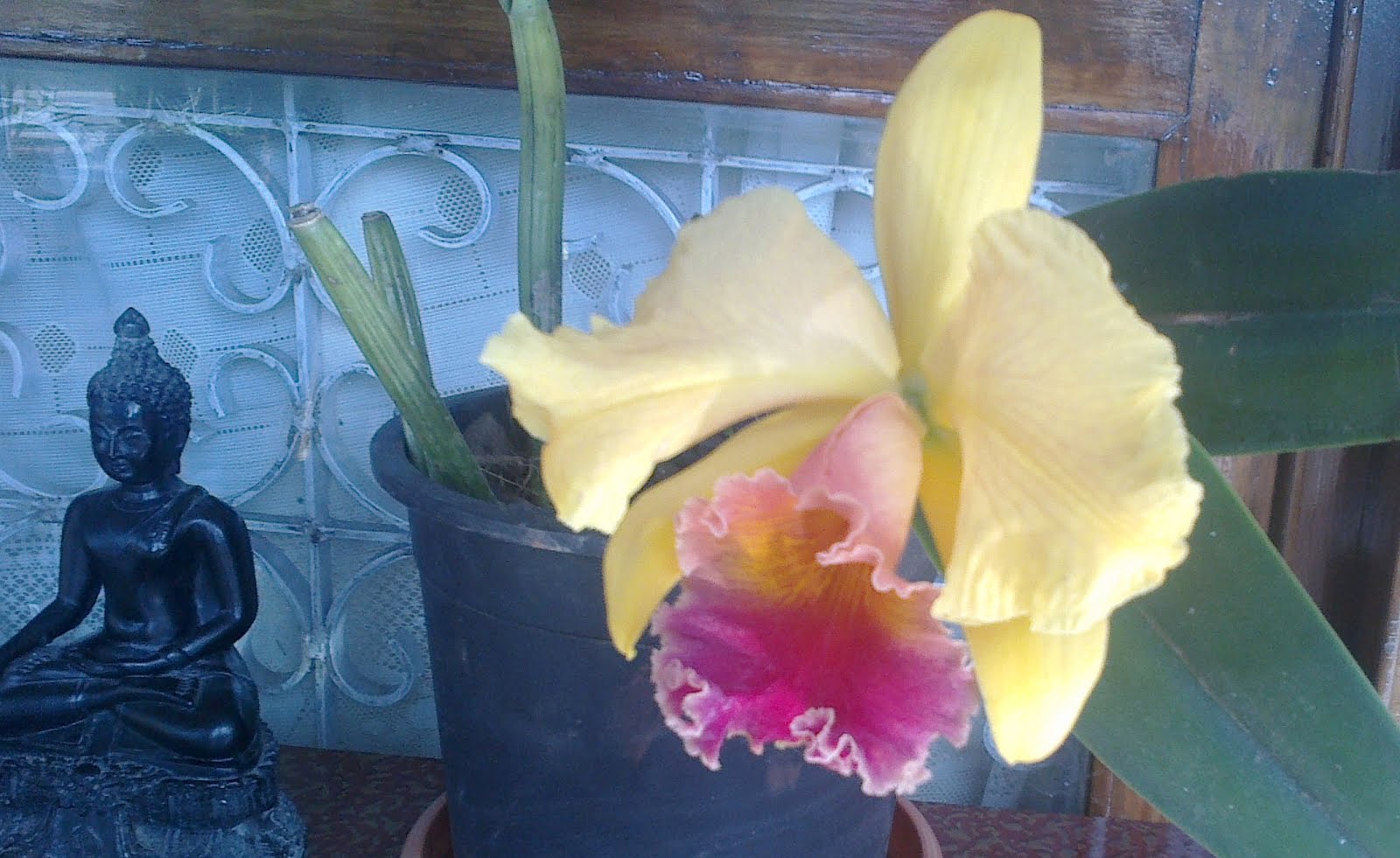


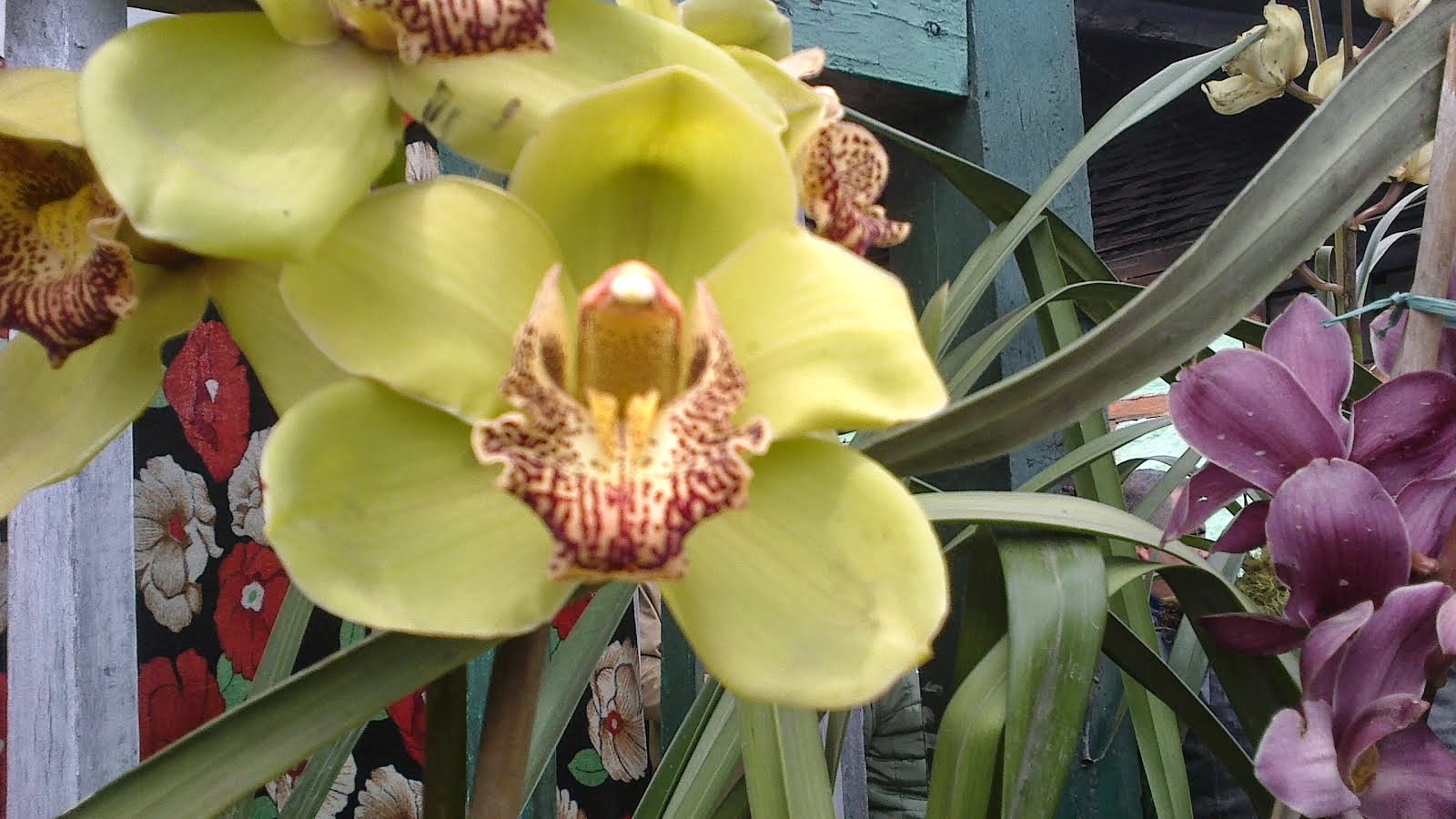
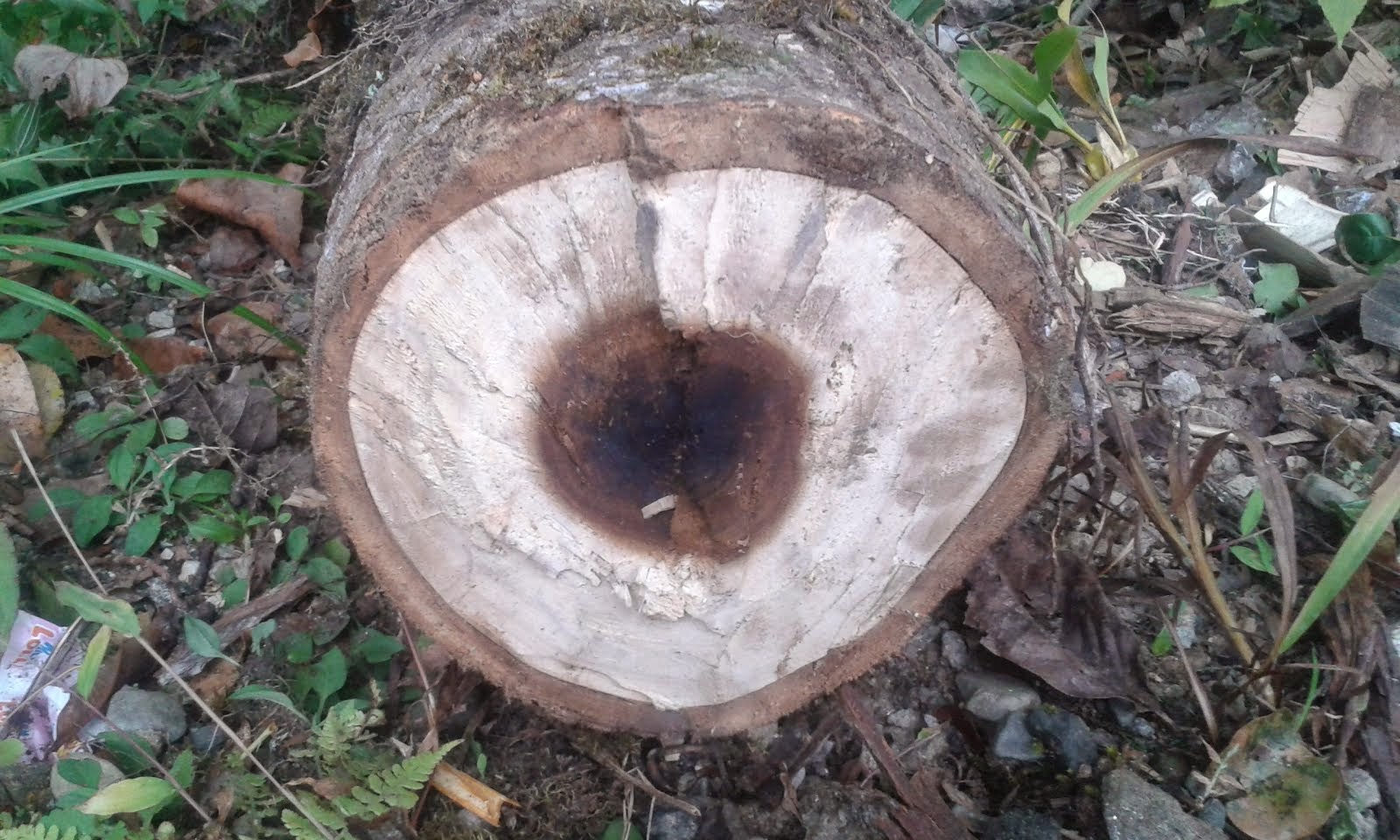
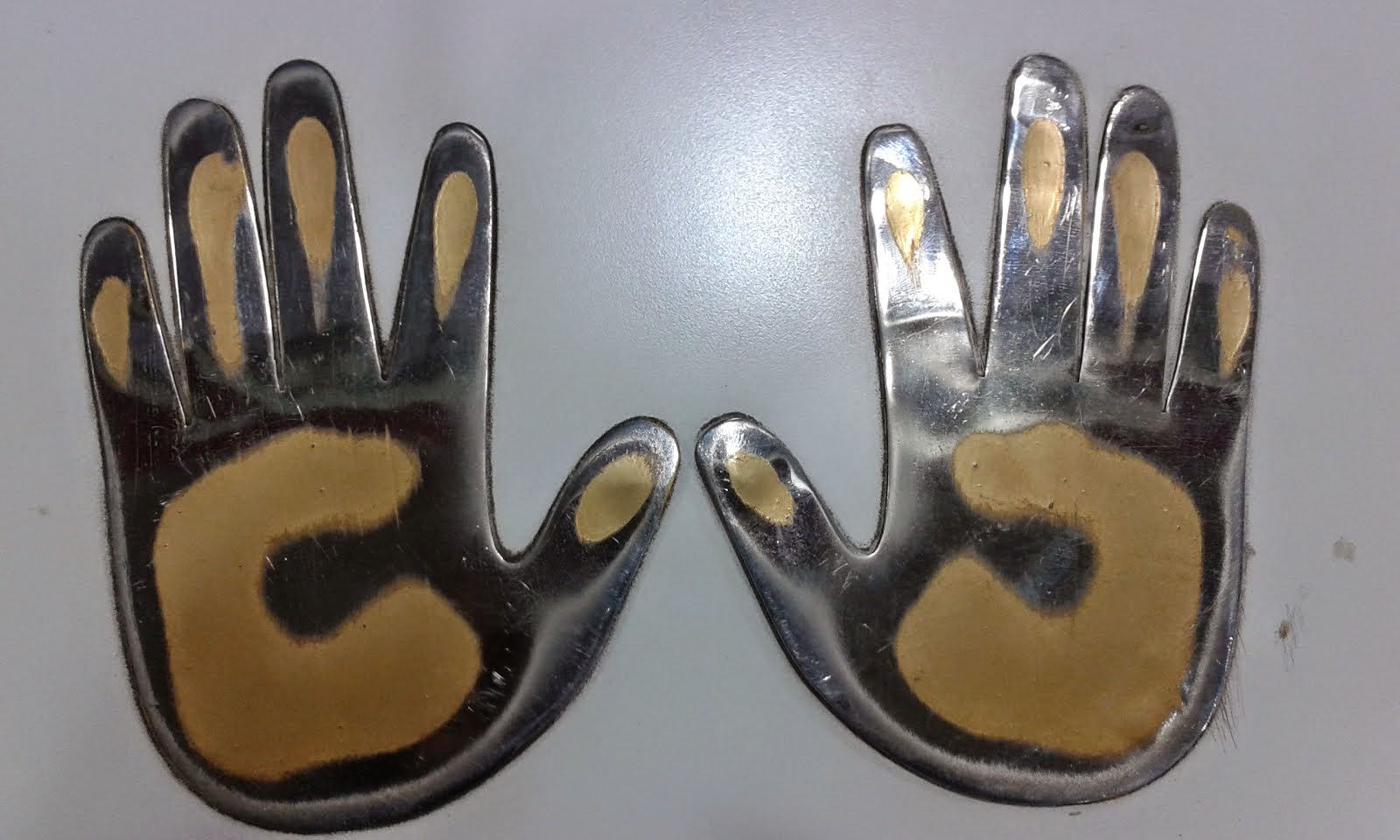
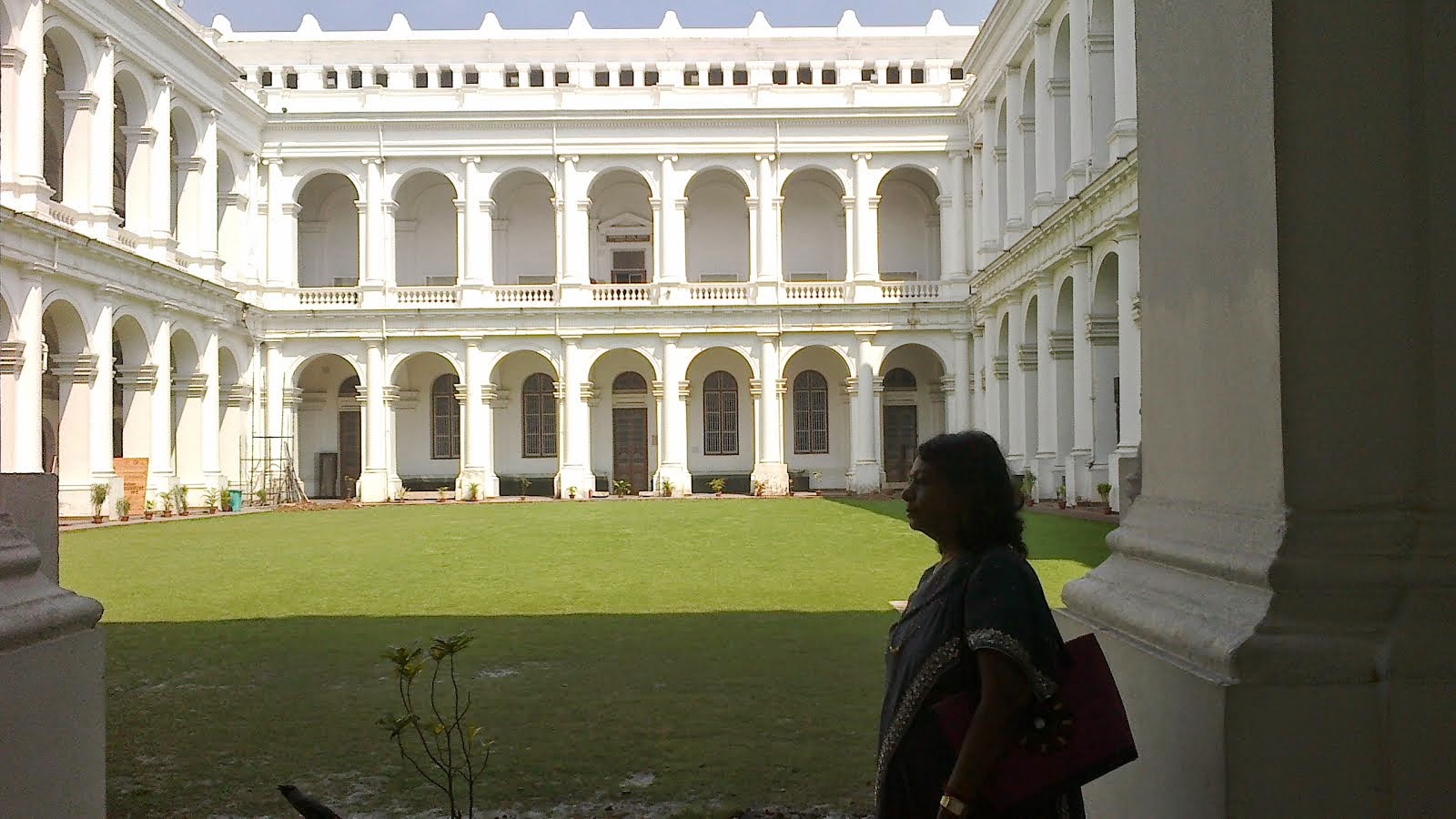

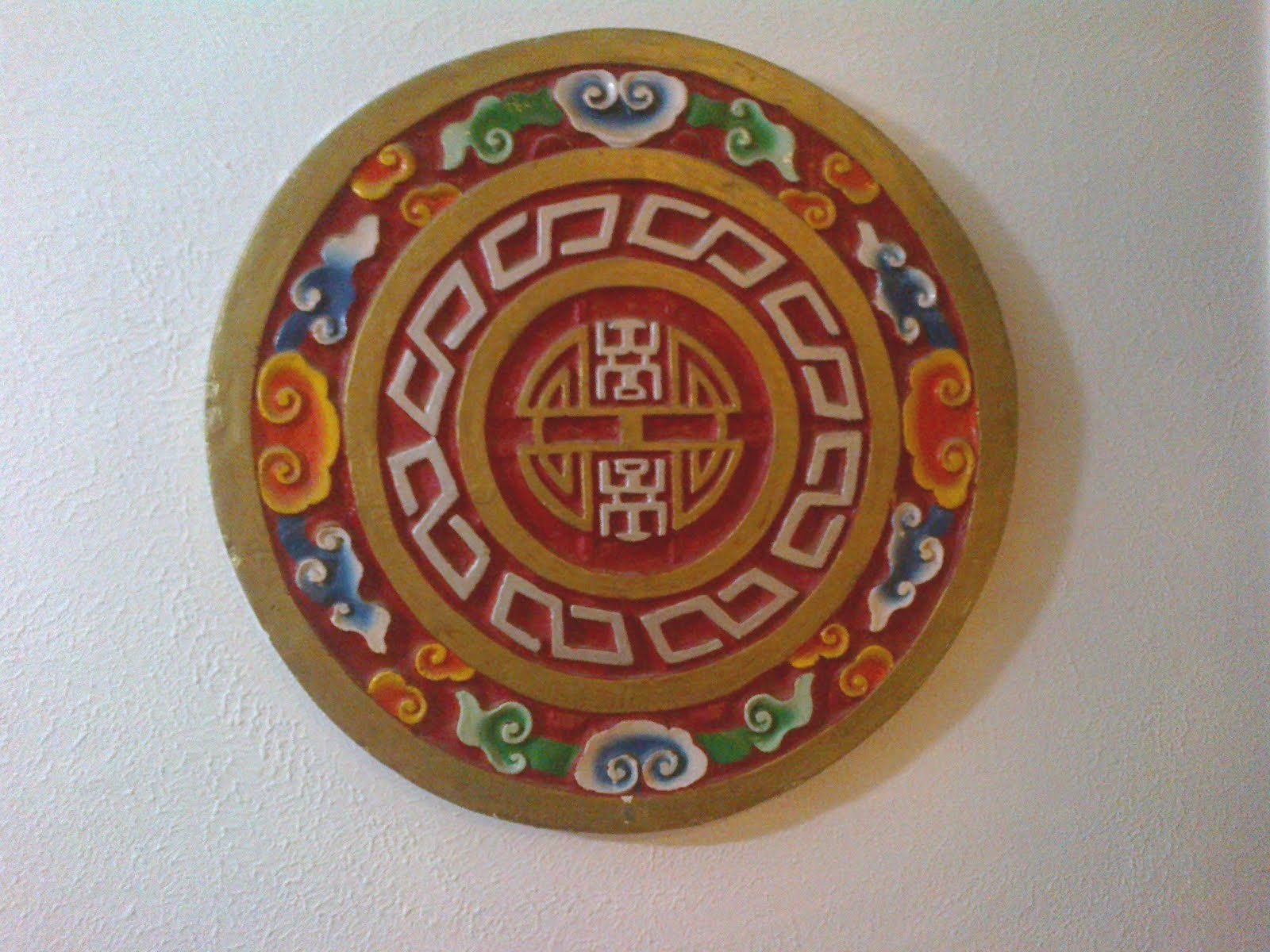




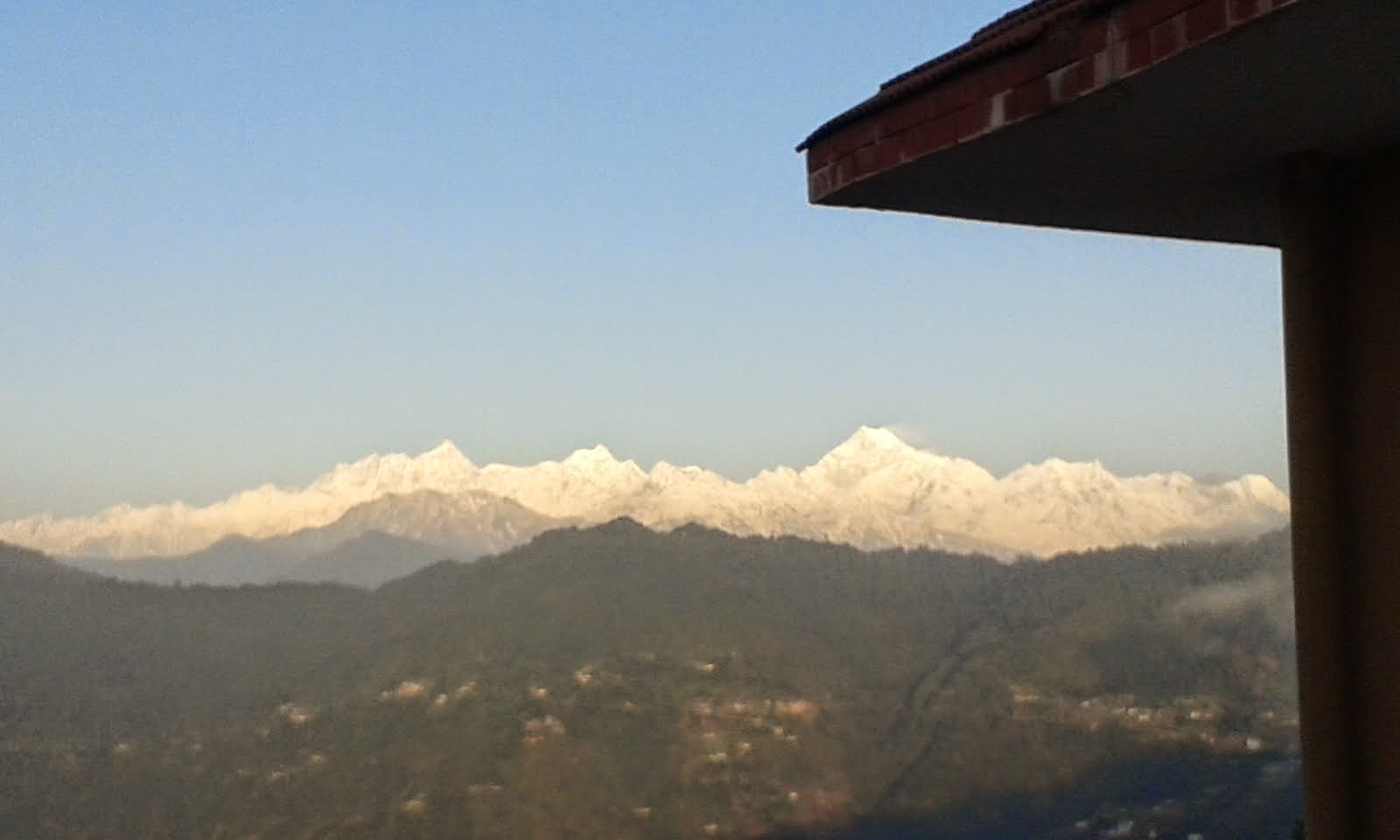

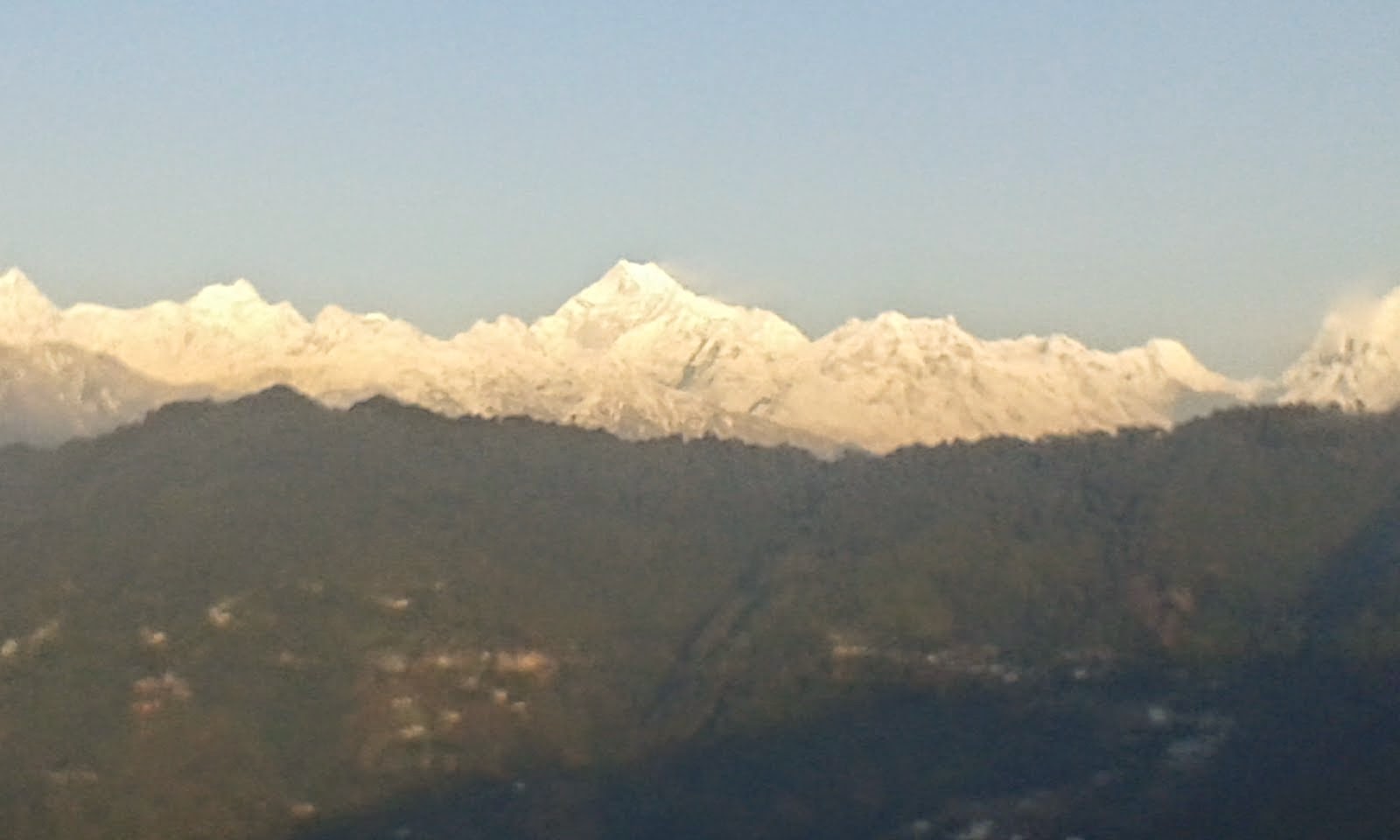
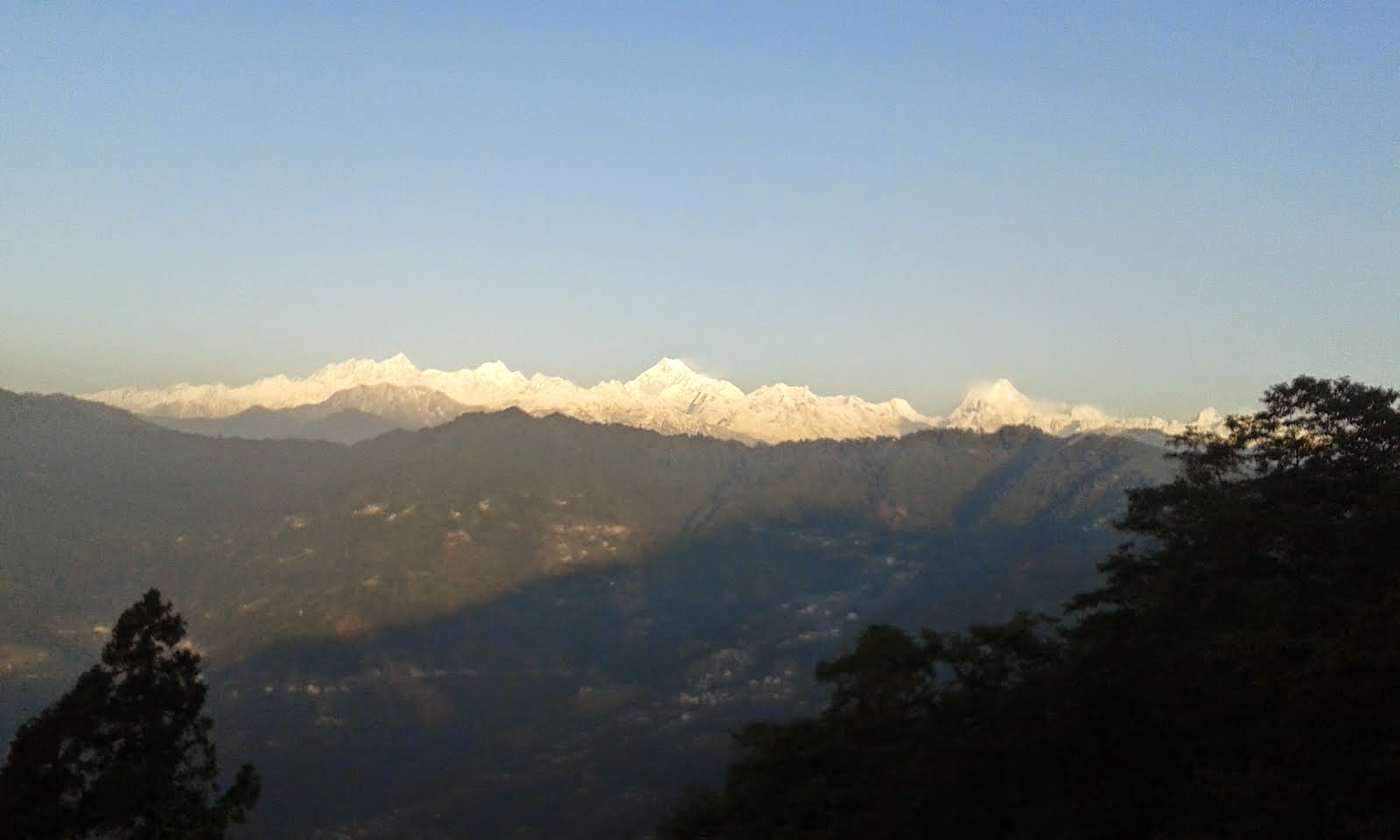
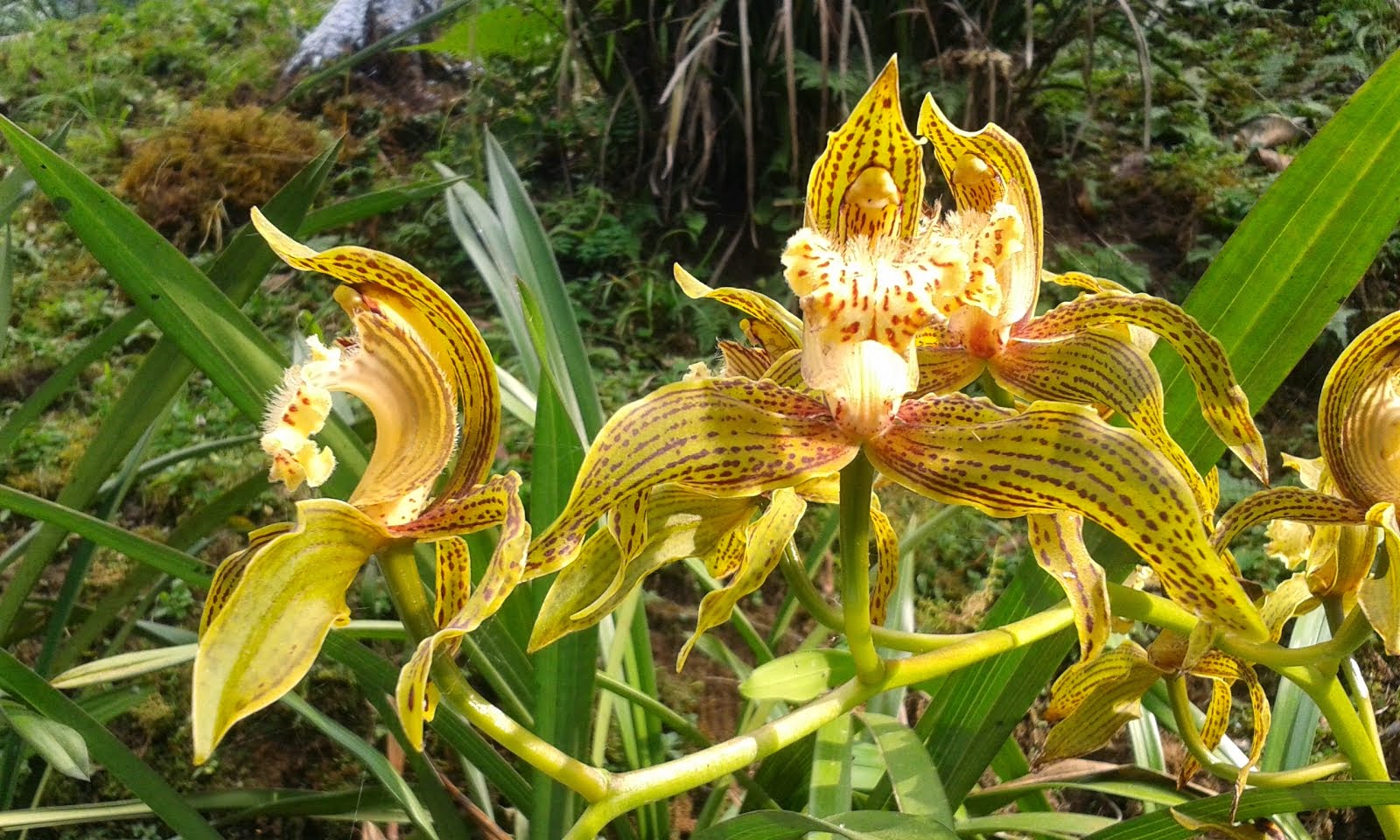
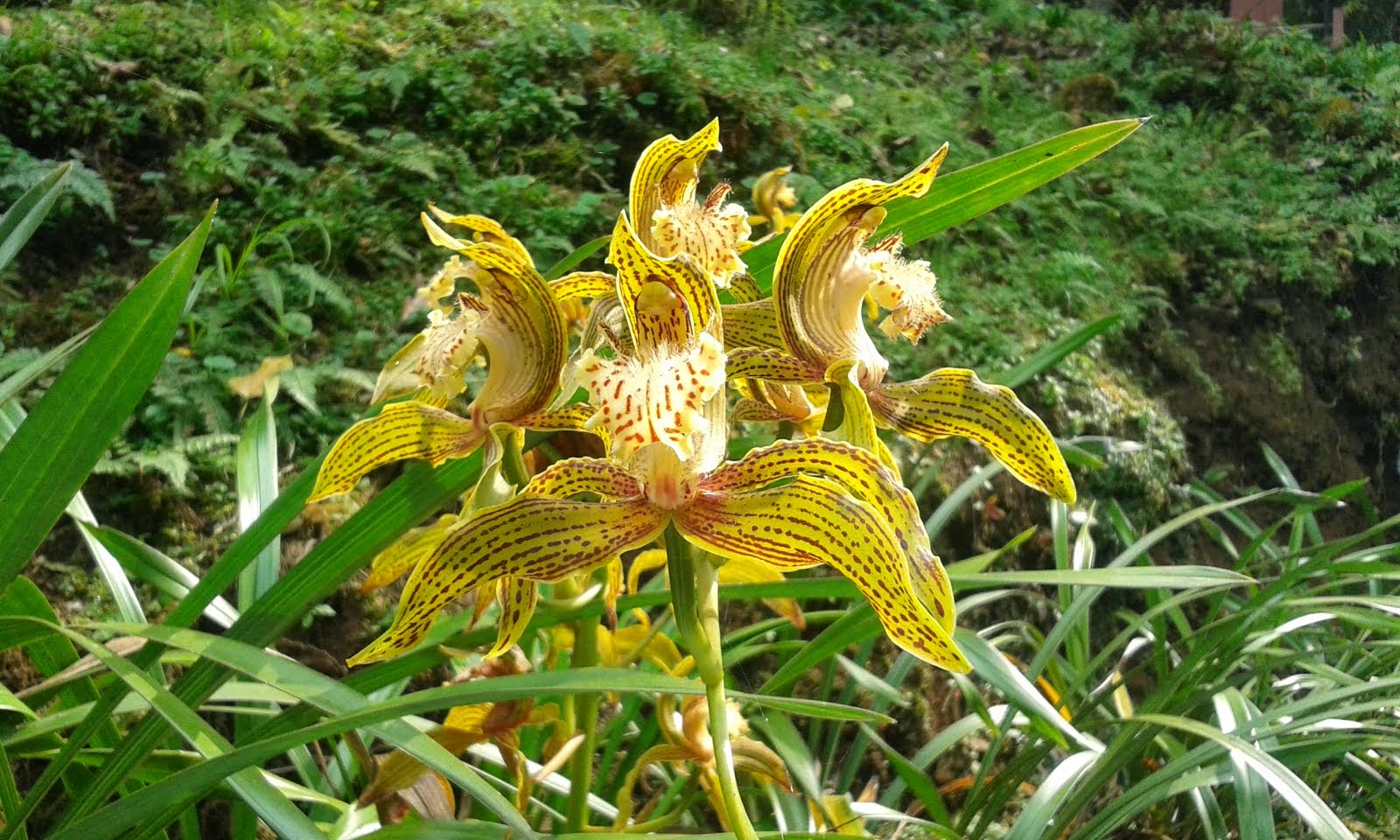

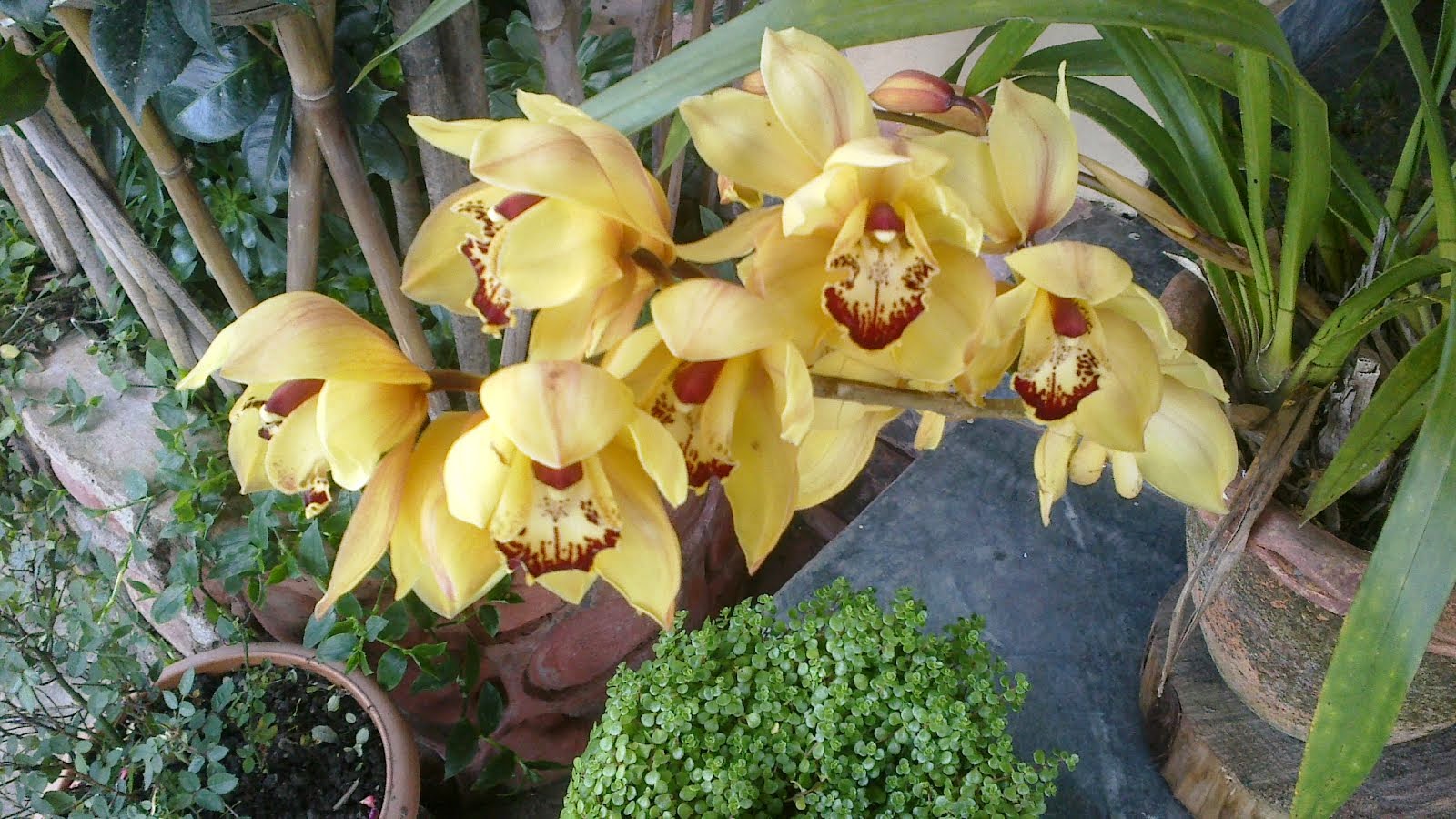

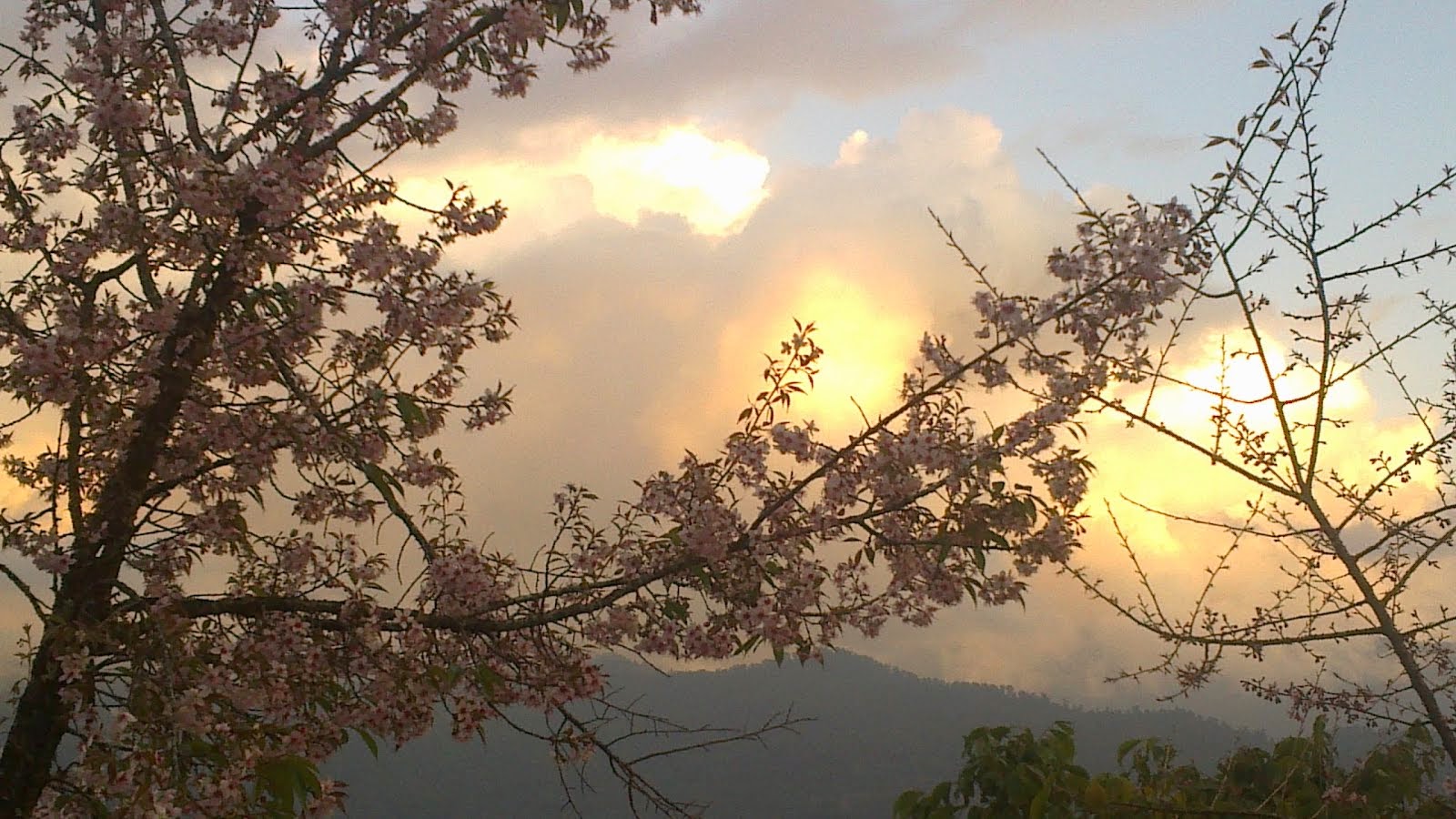
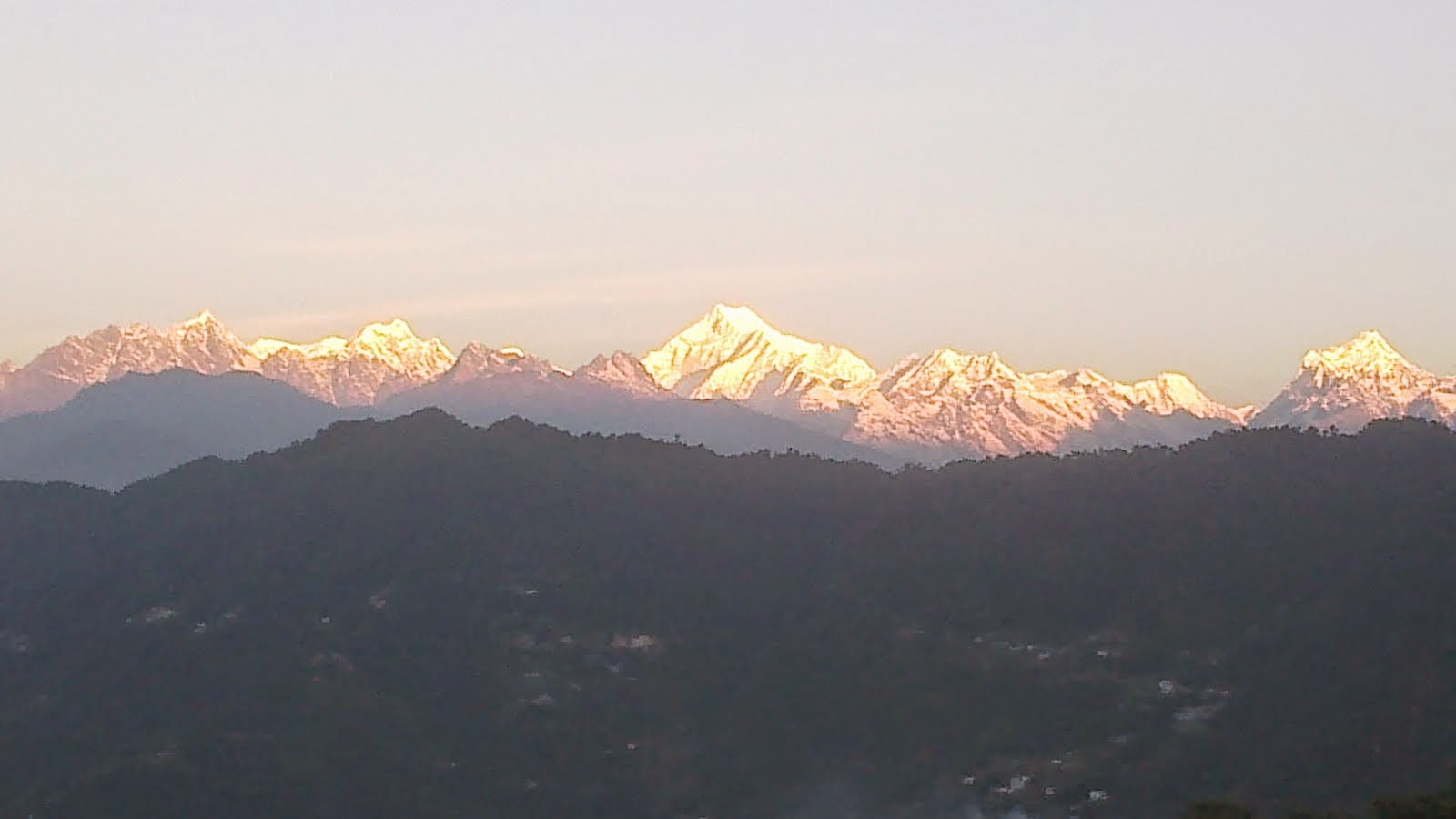
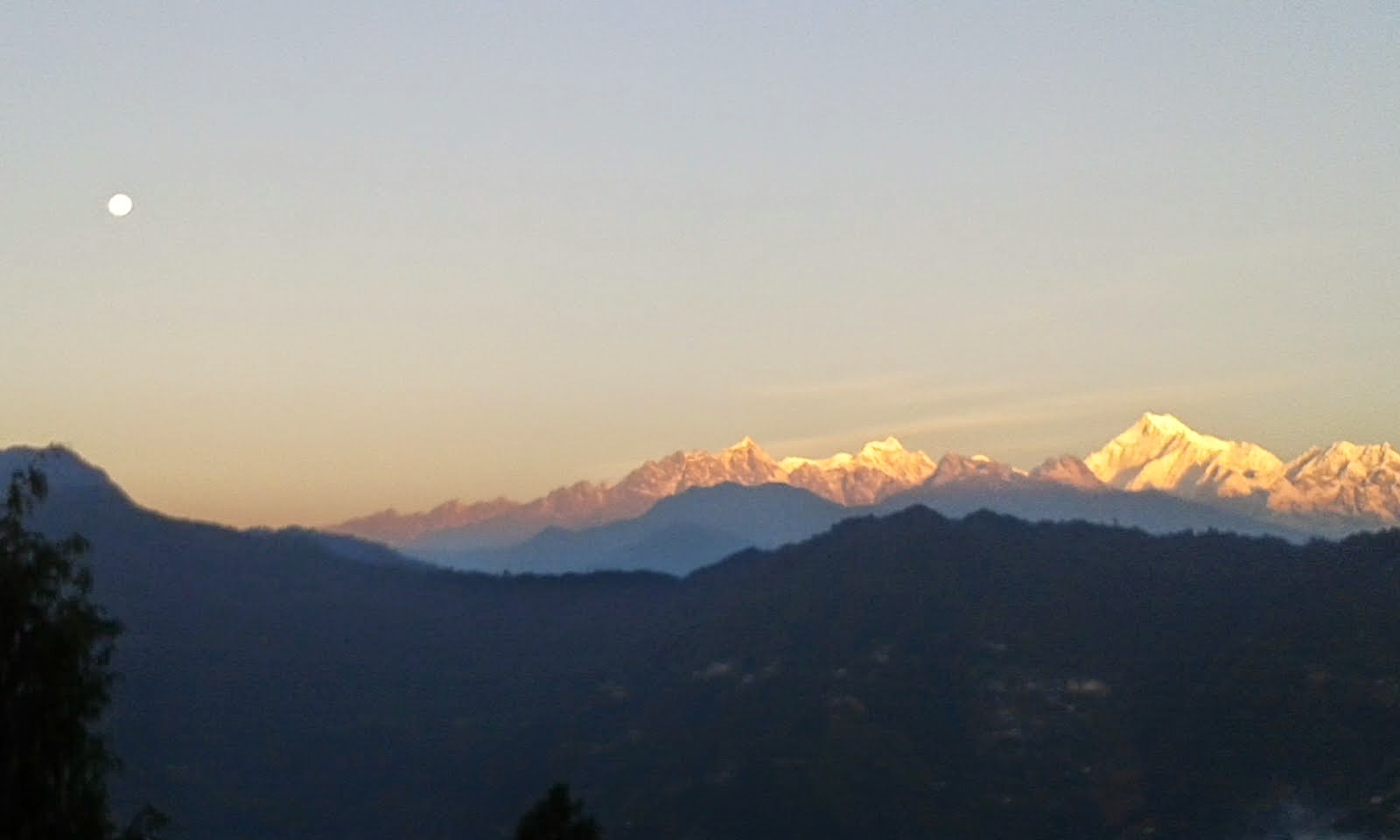
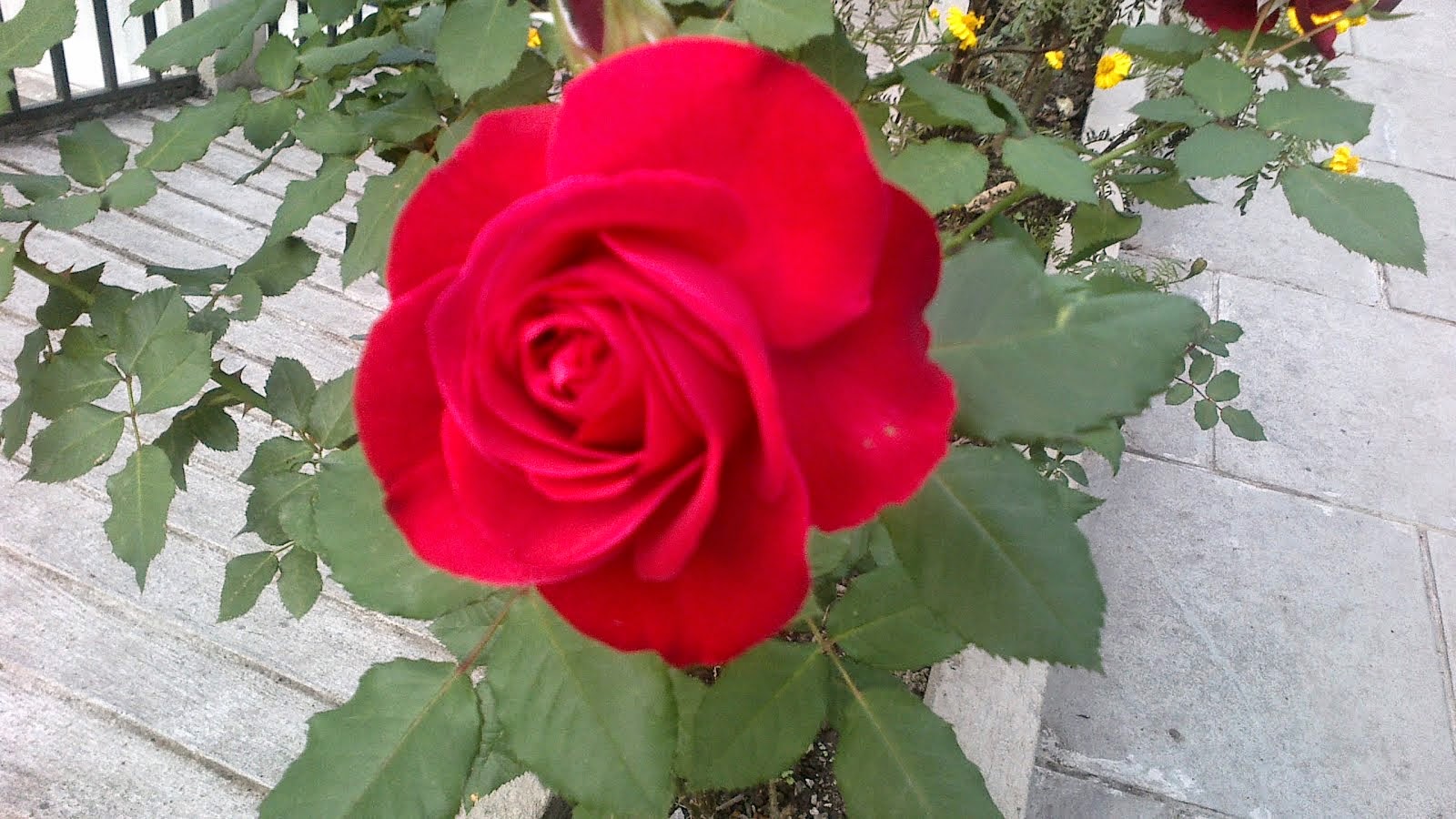


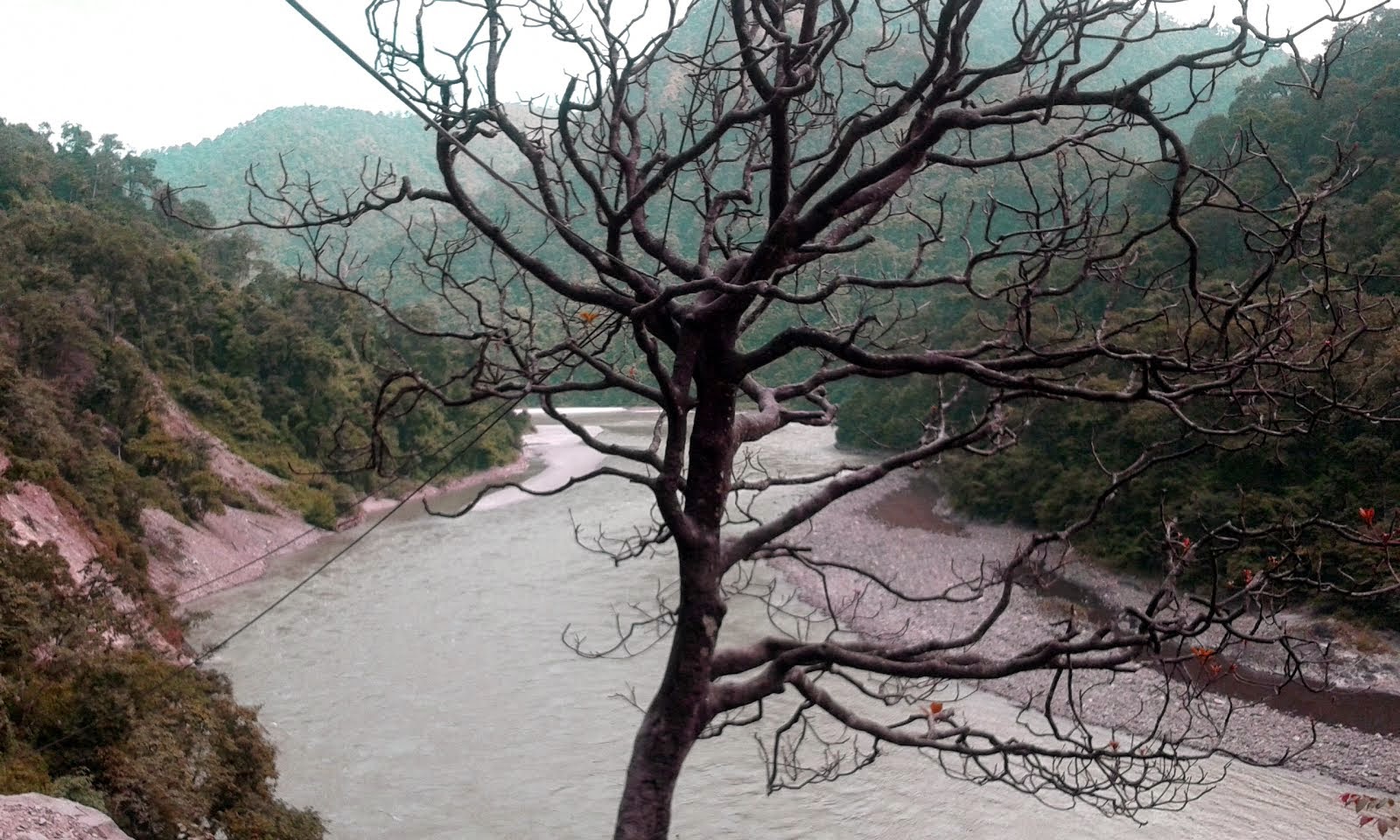

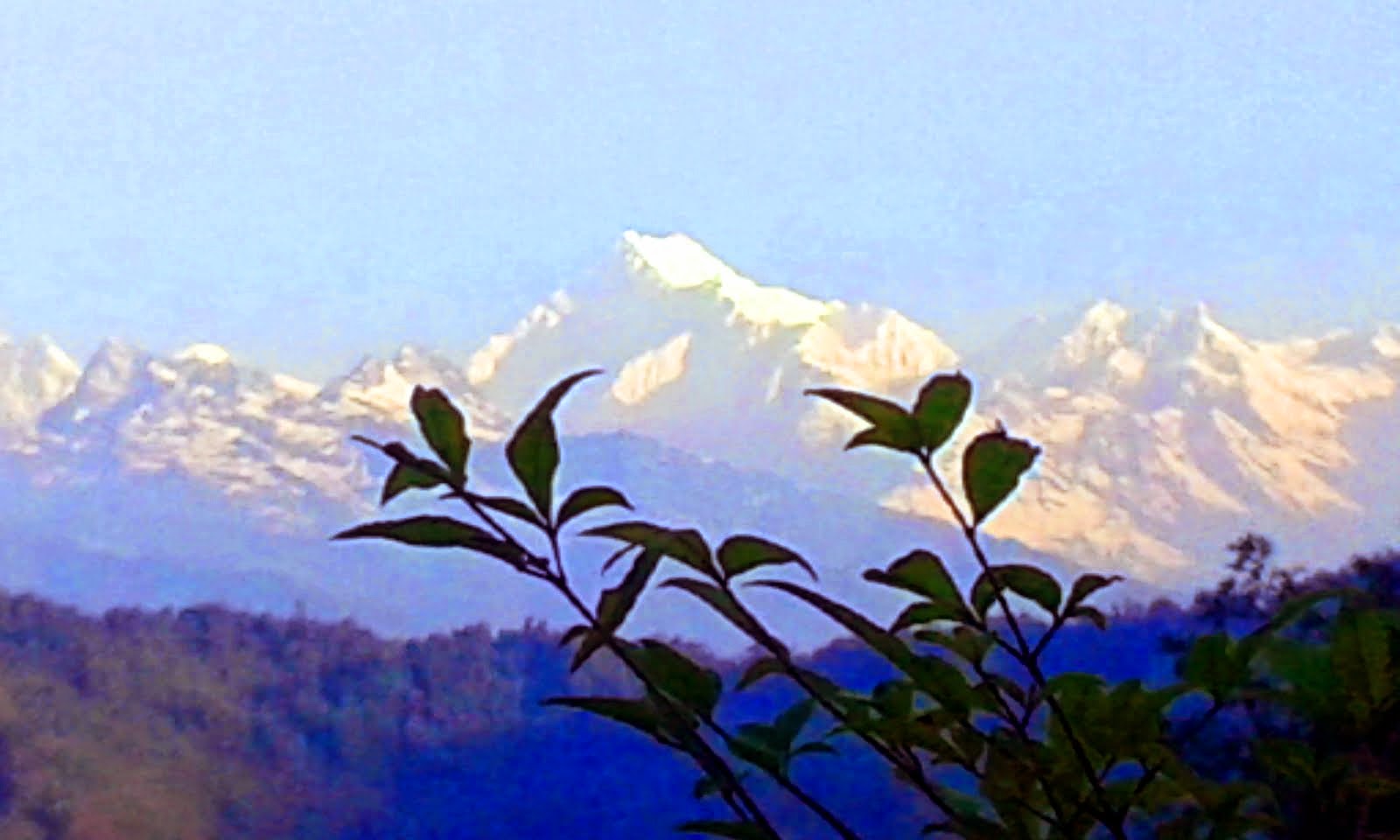
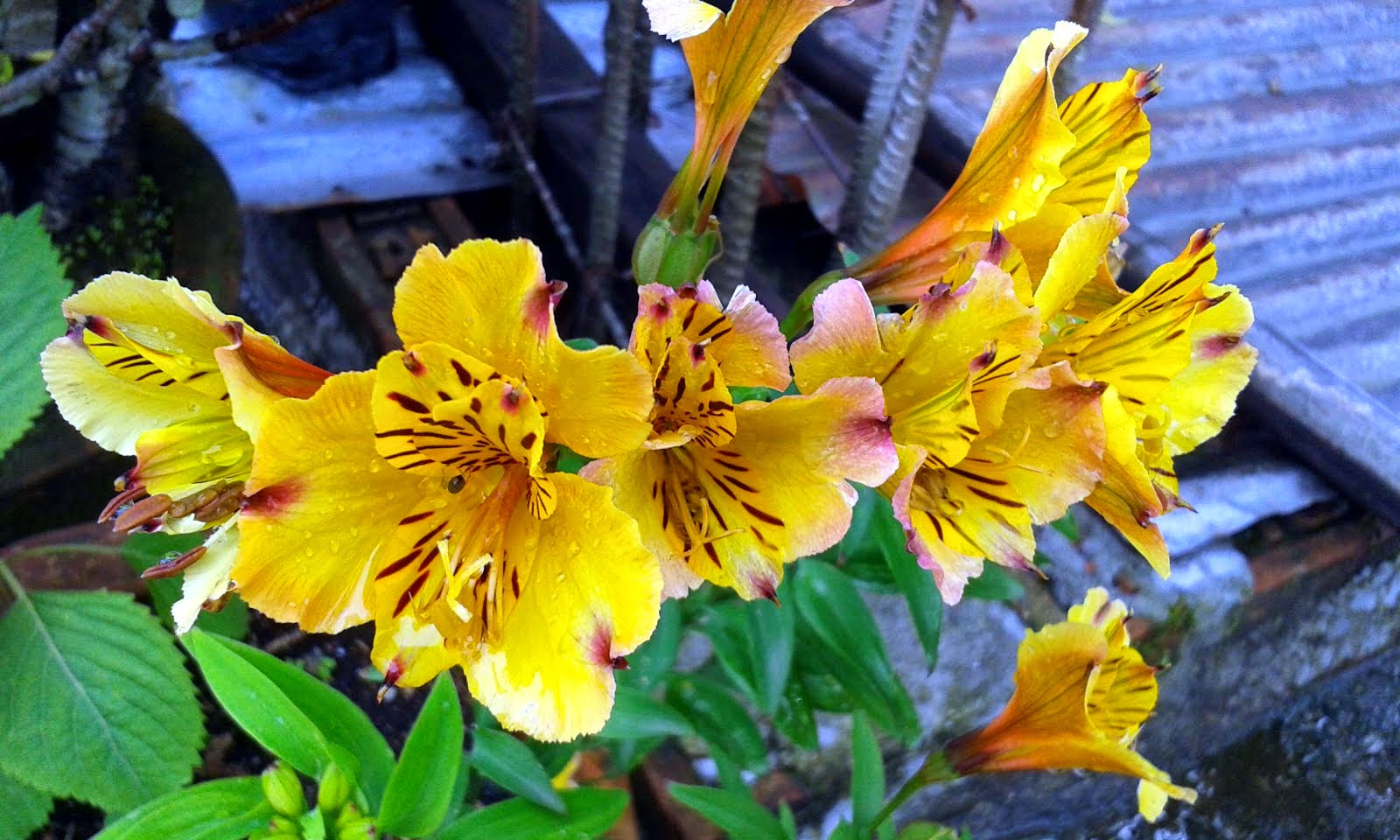
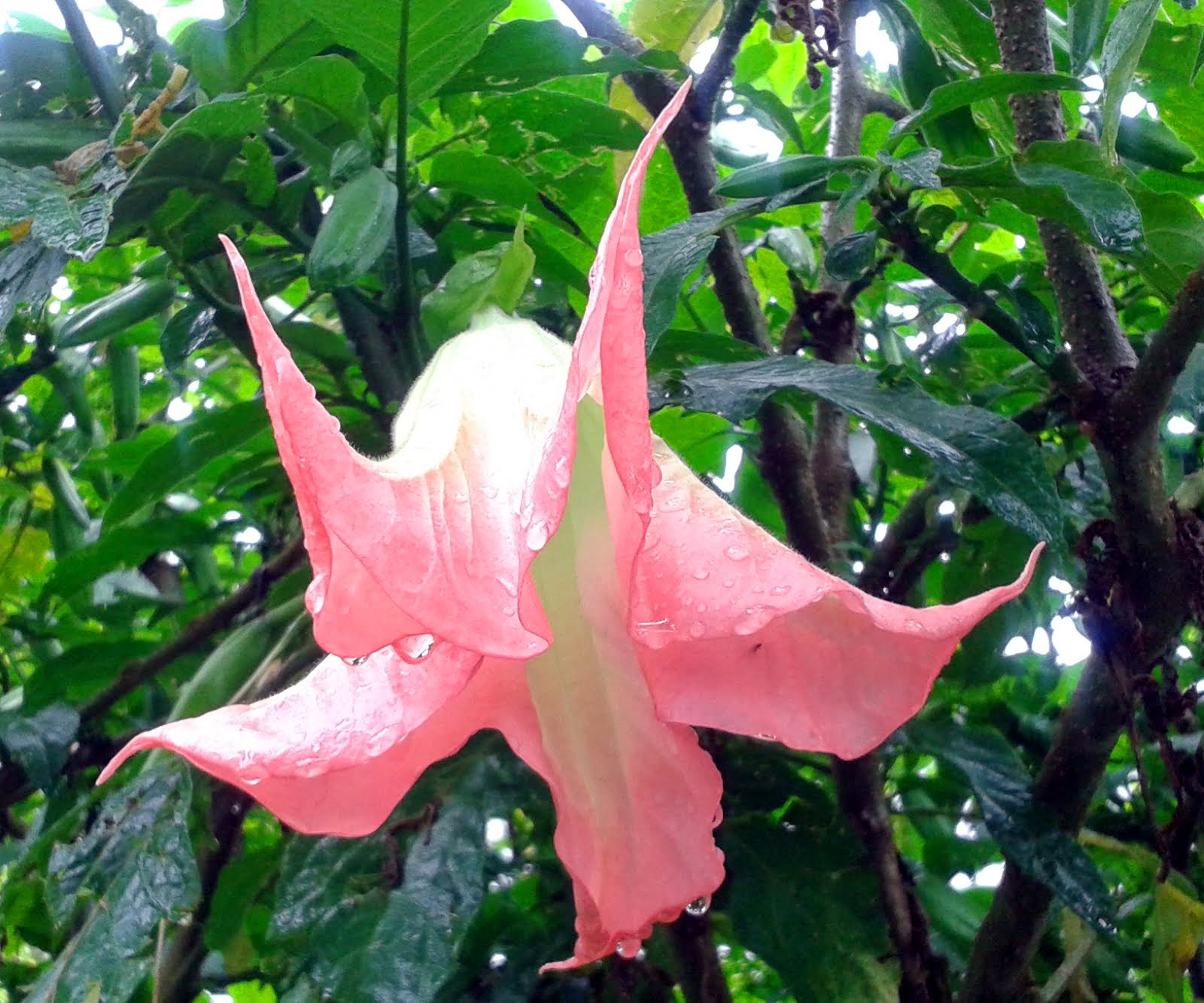
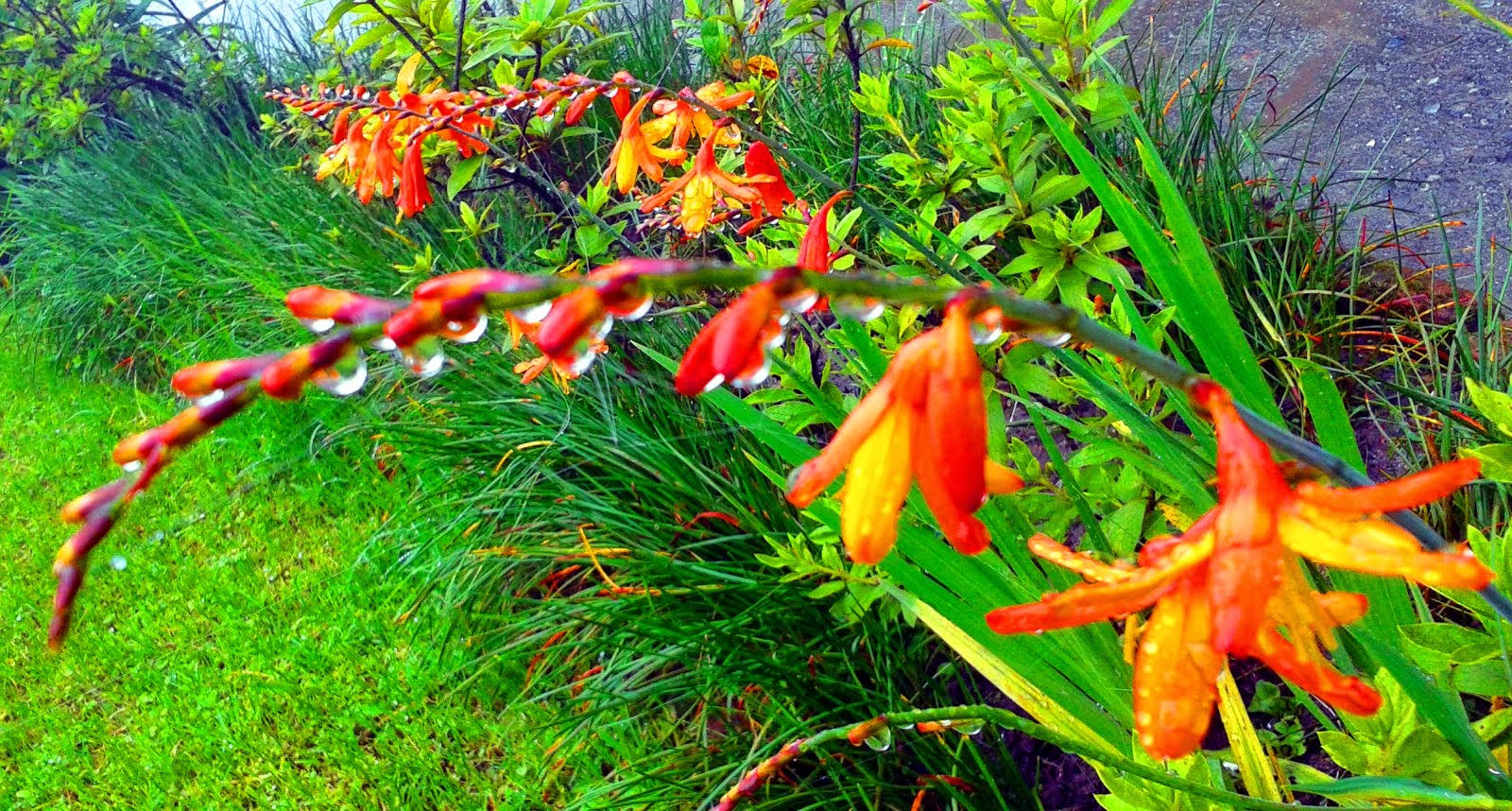



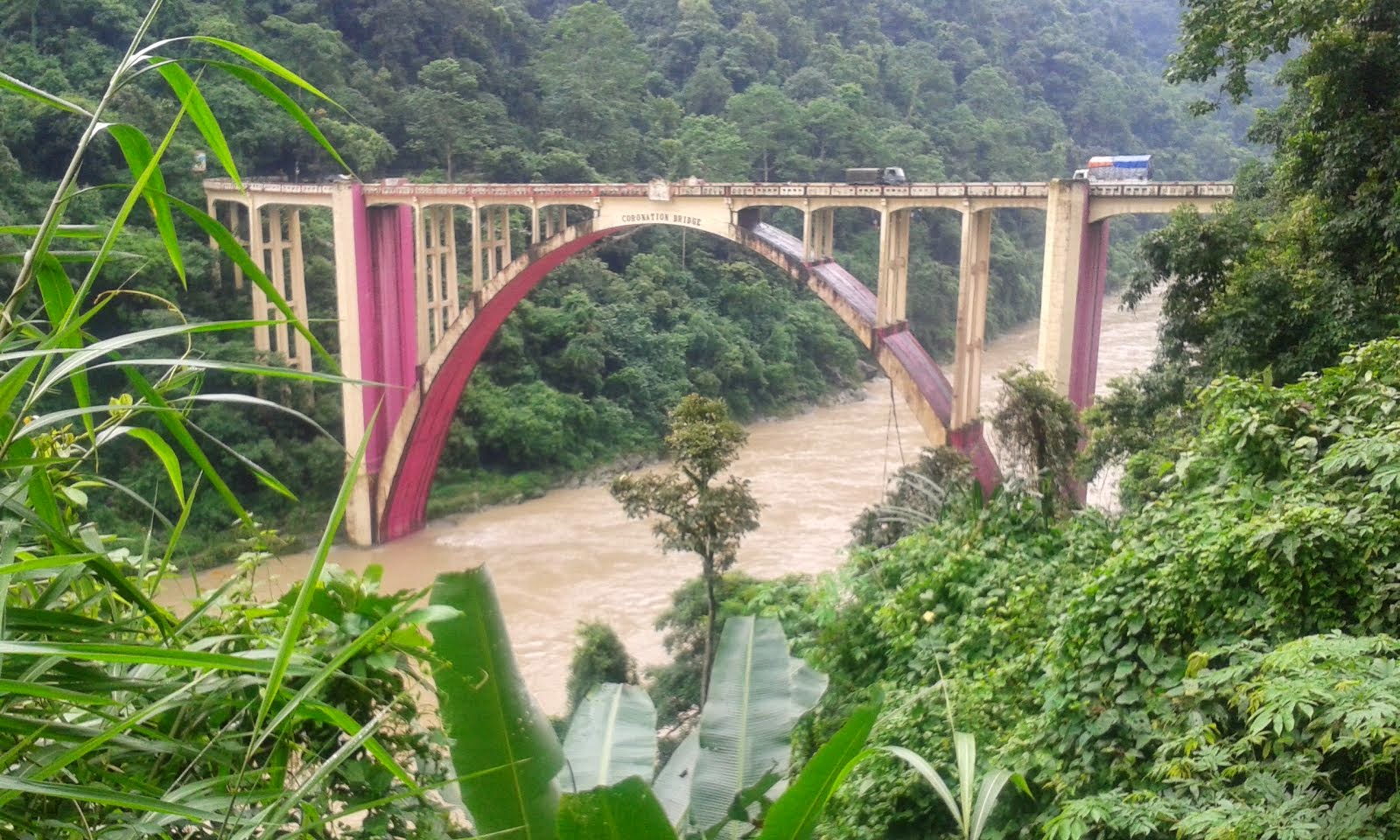
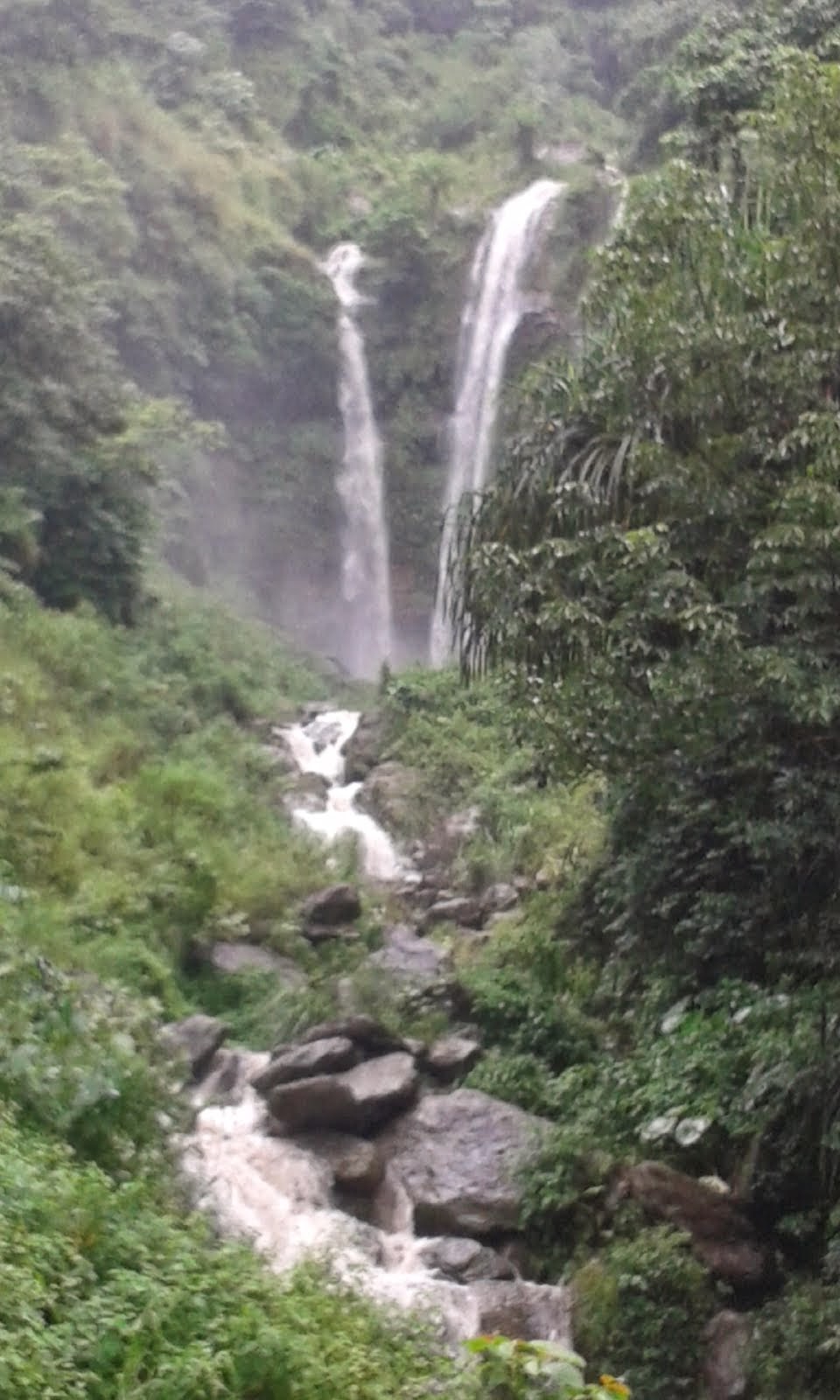
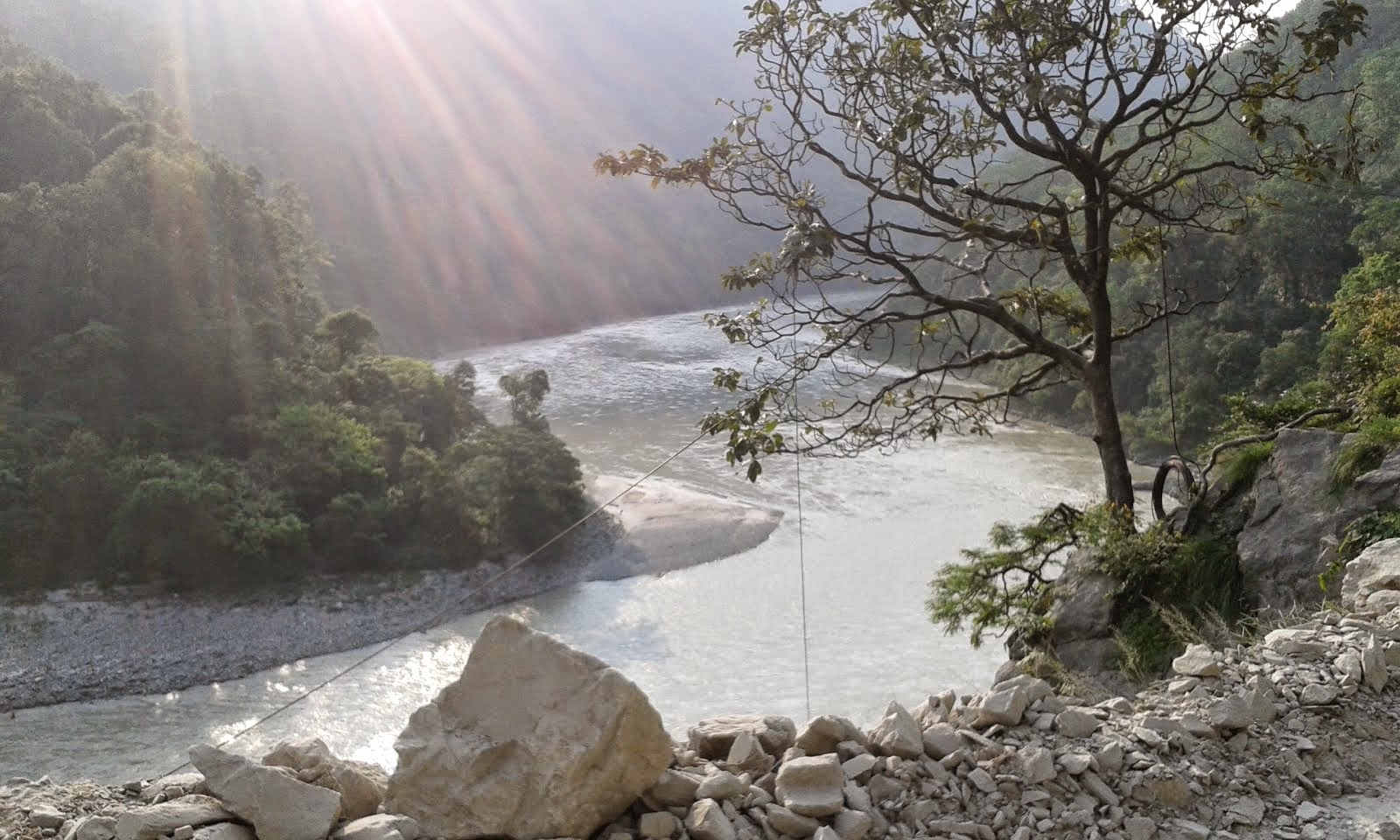
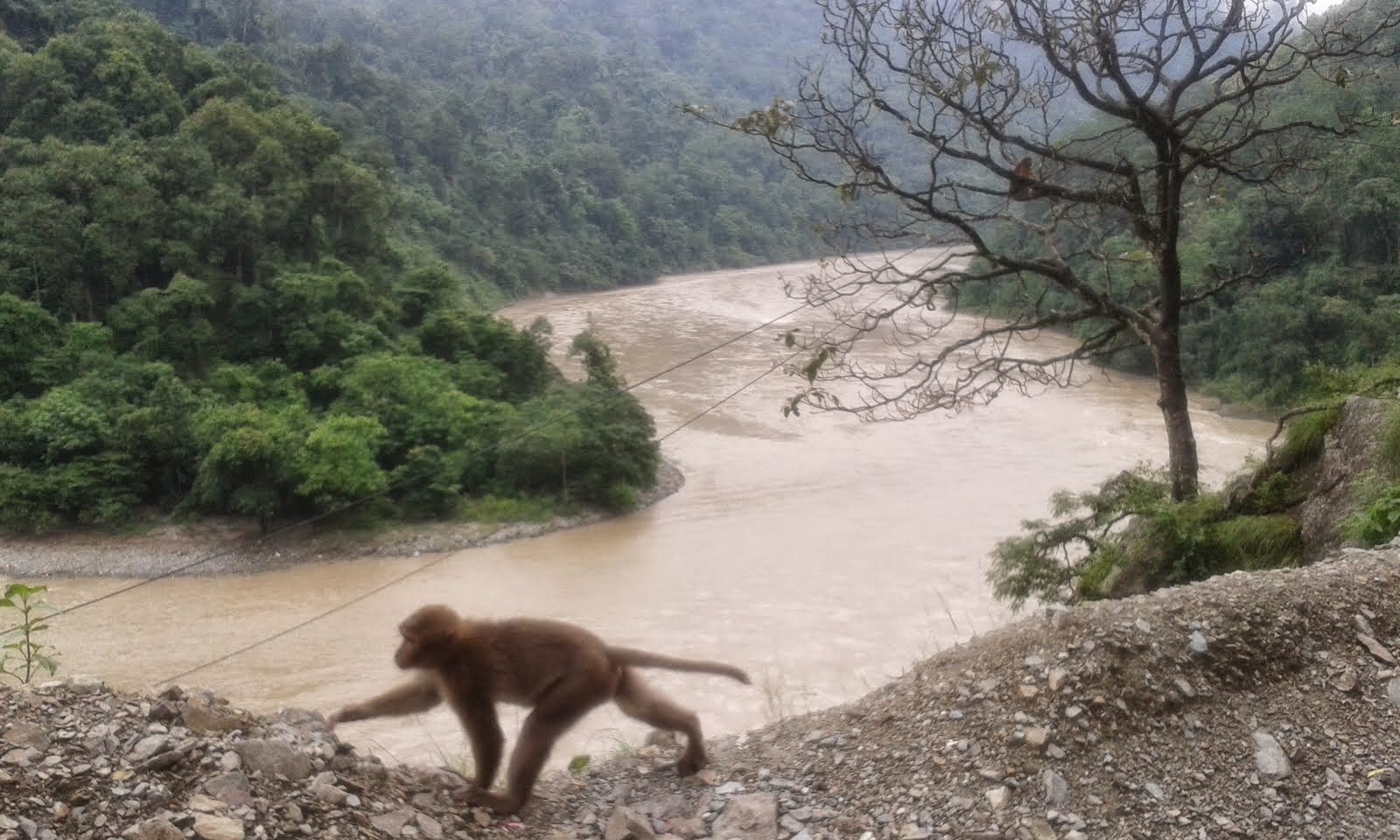


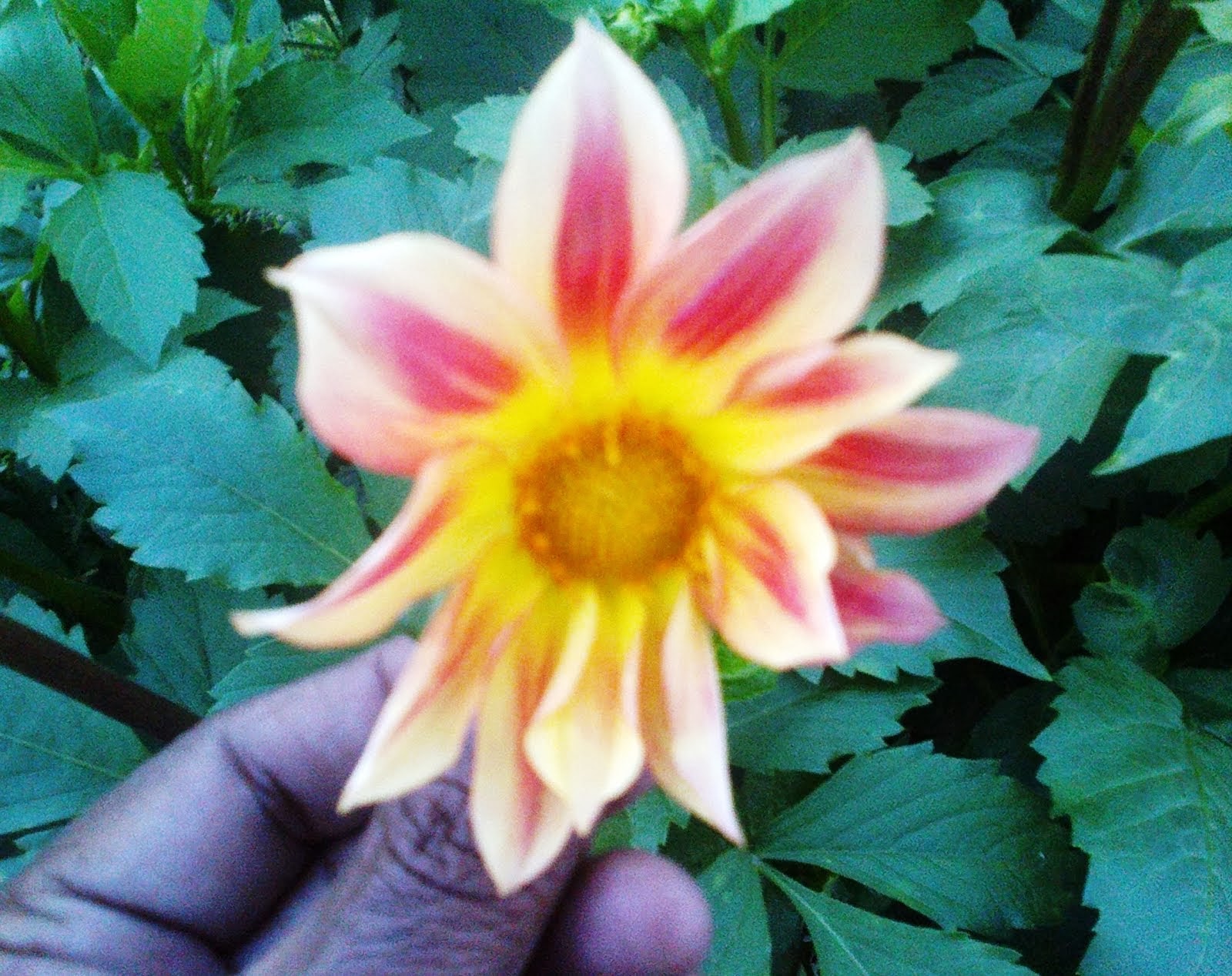
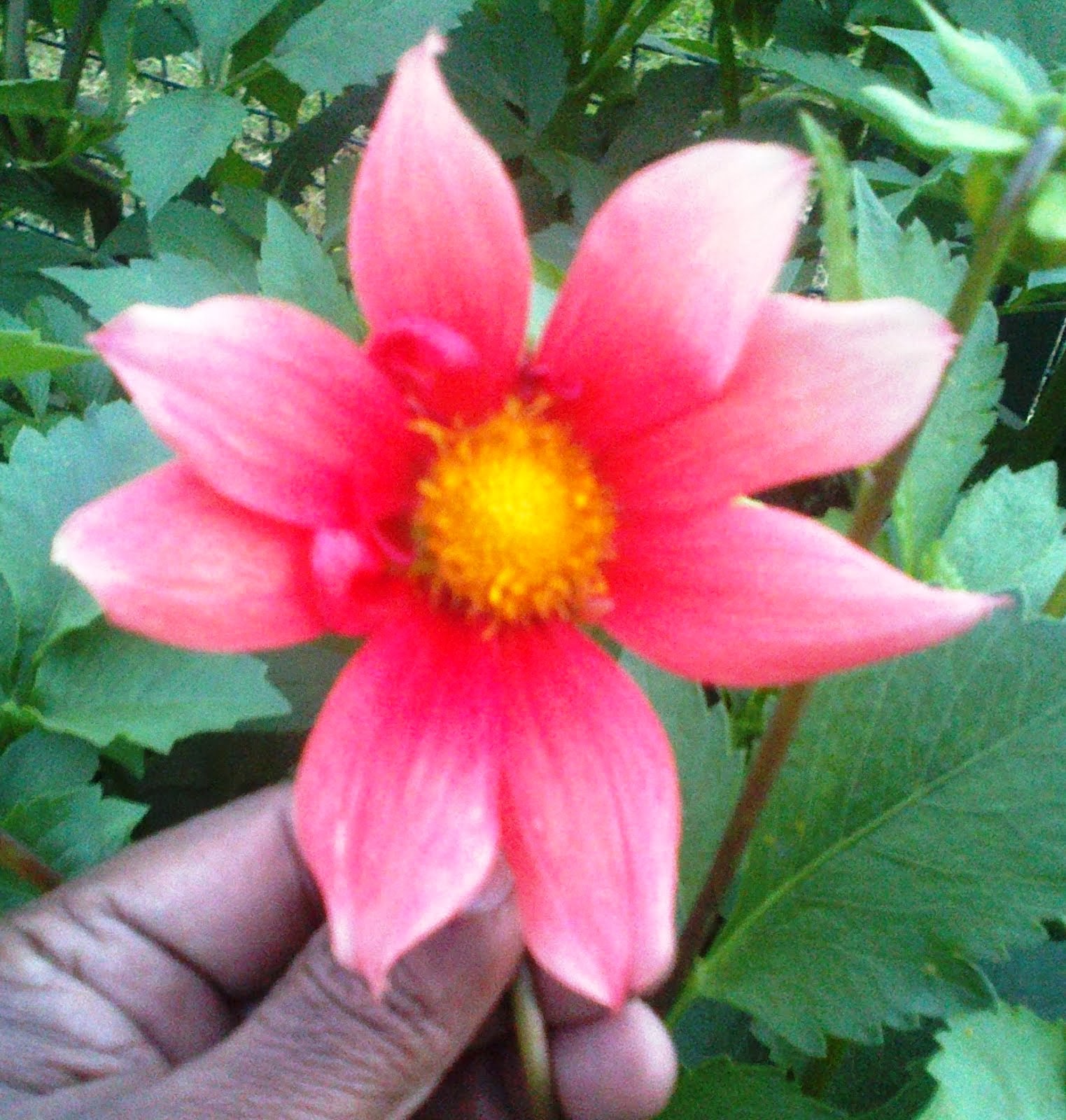

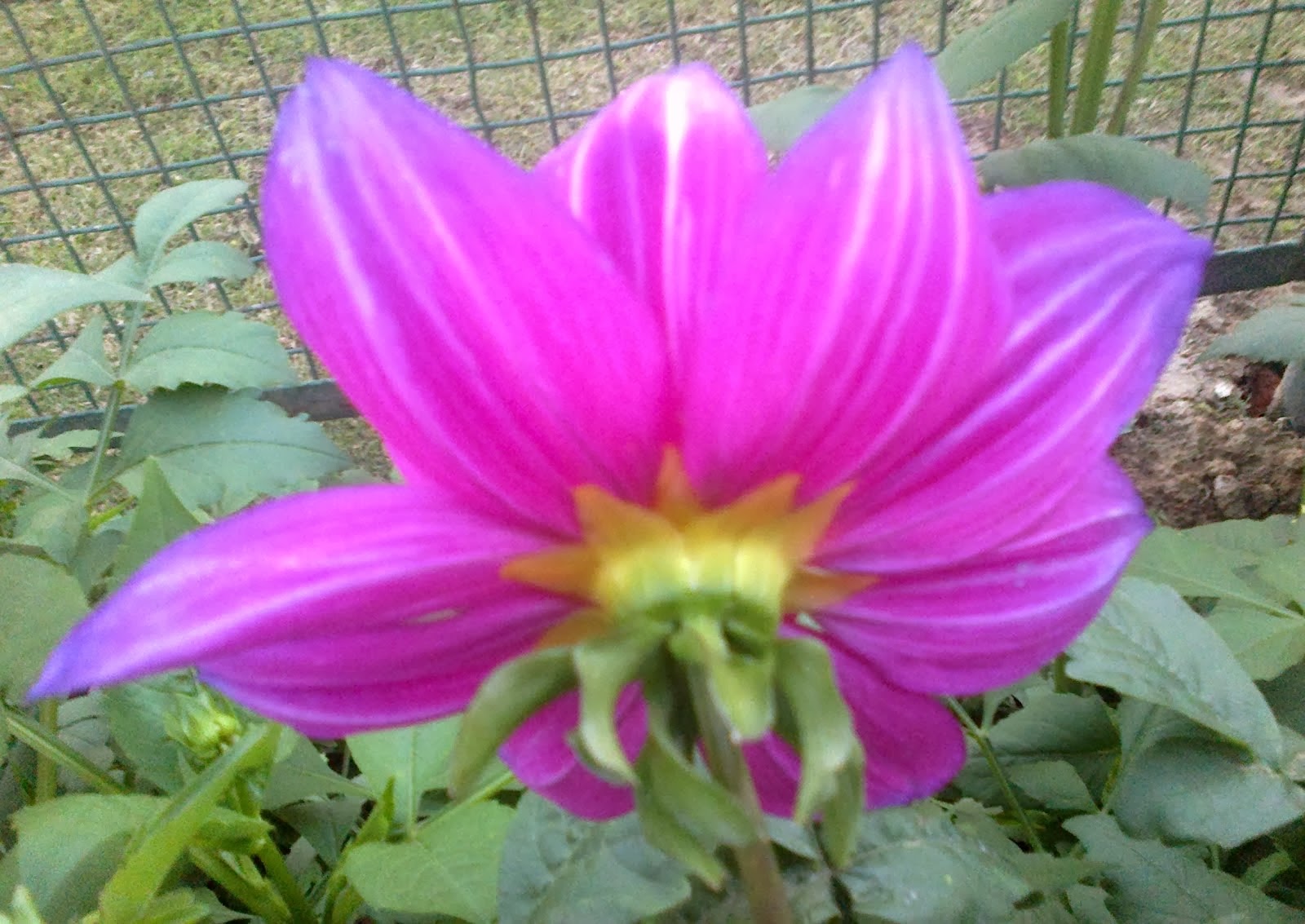

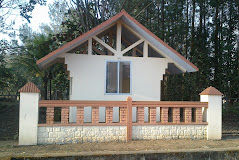















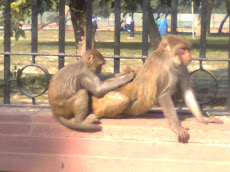
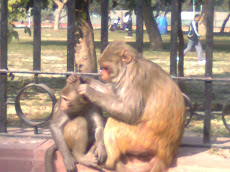

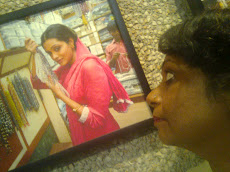
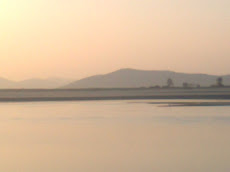
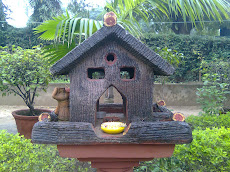

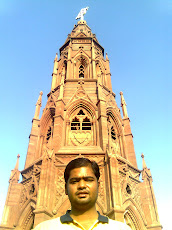
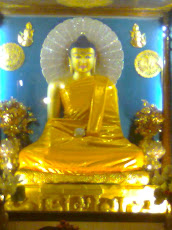
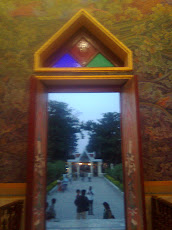
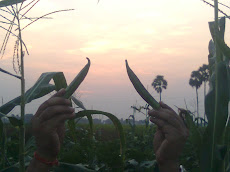
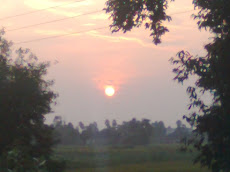
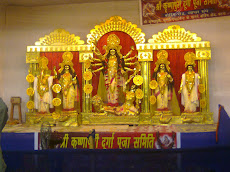
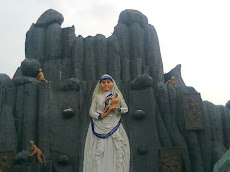
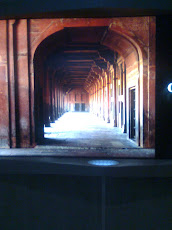


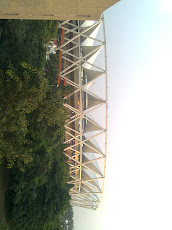

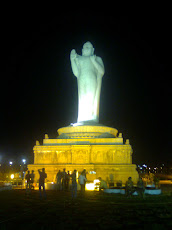
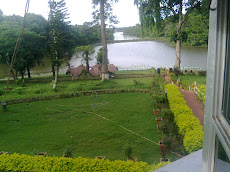
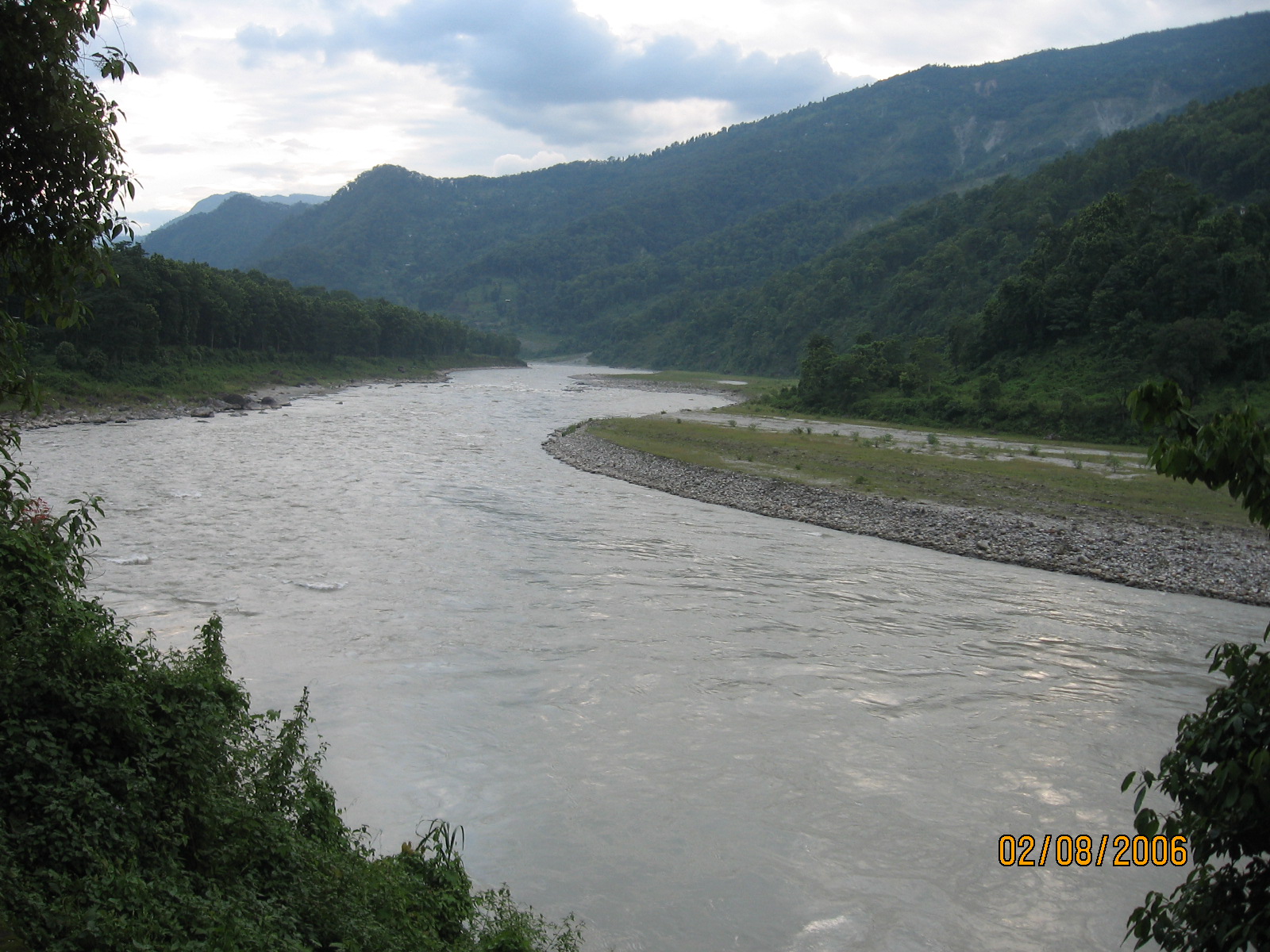


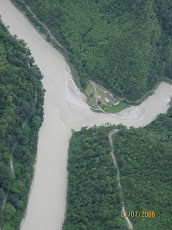

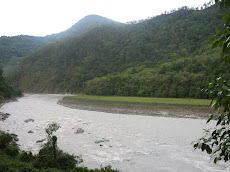


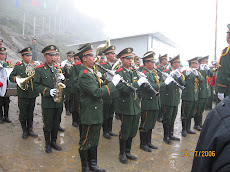


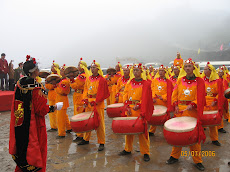
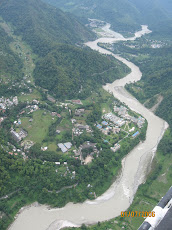
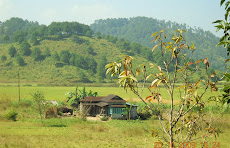
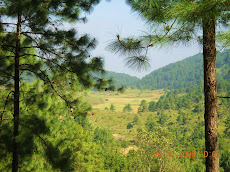
.jpg)



